


Wolfgang

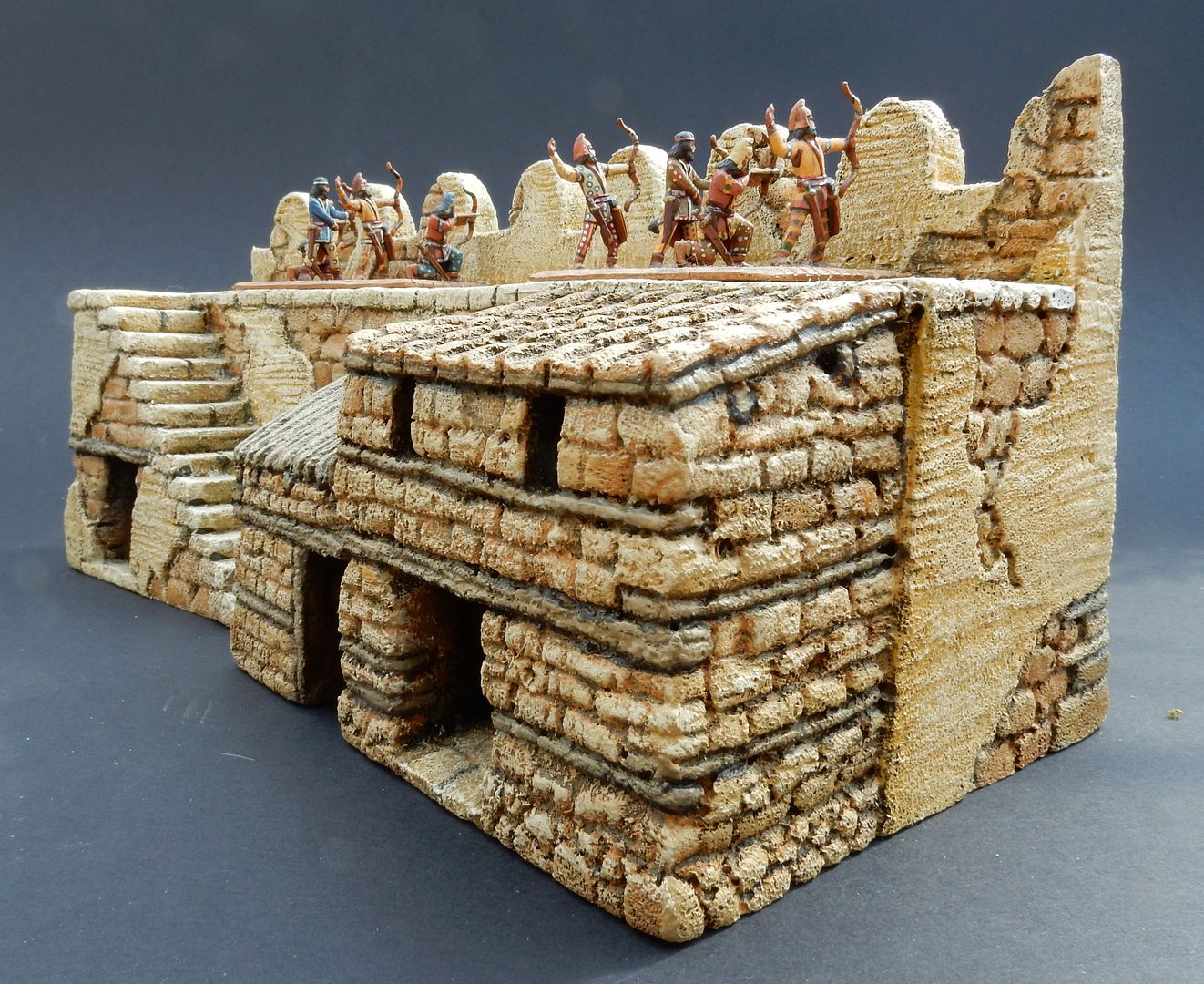
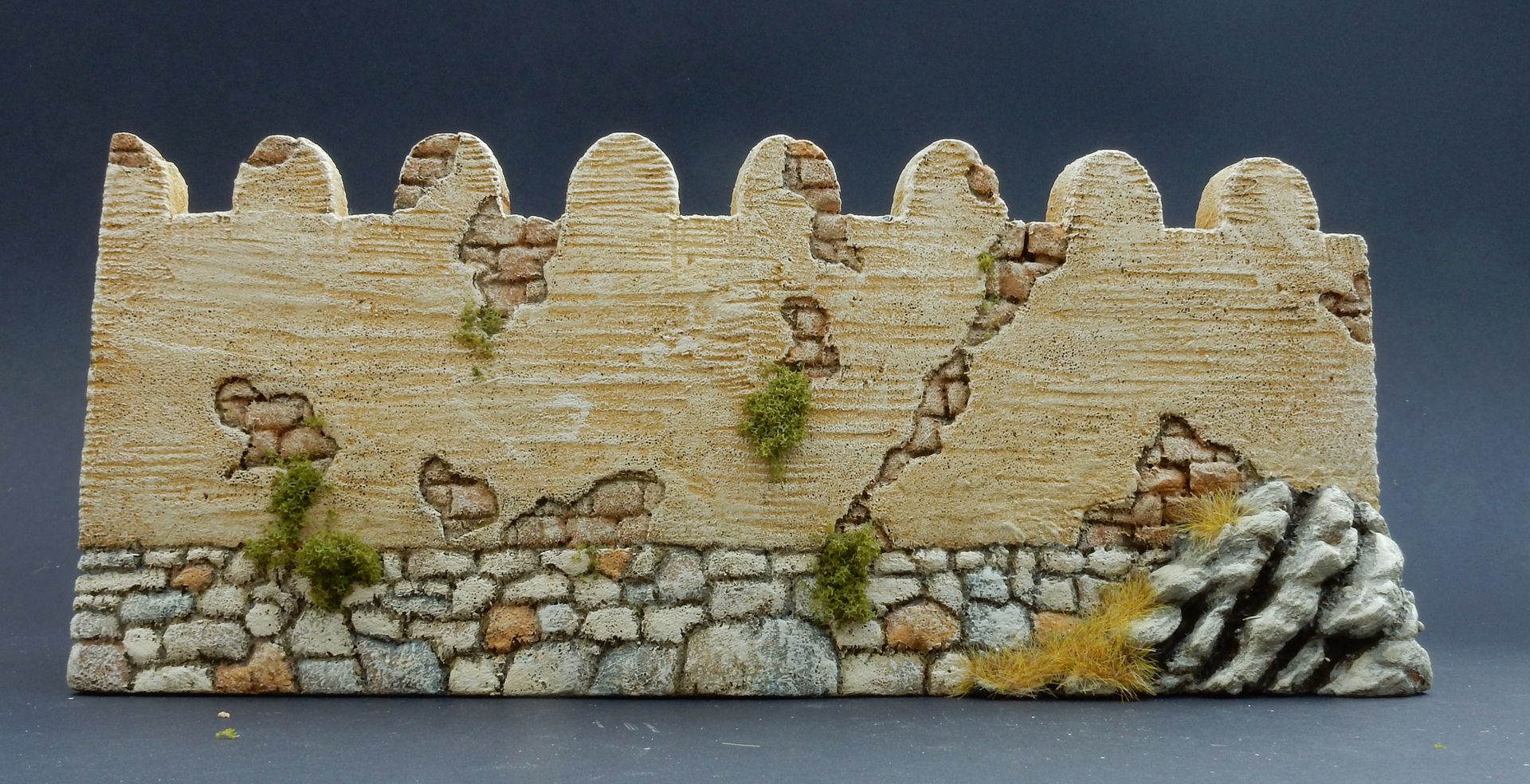

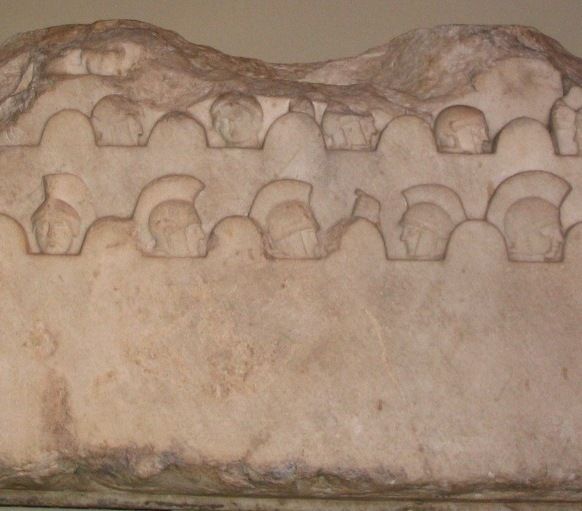

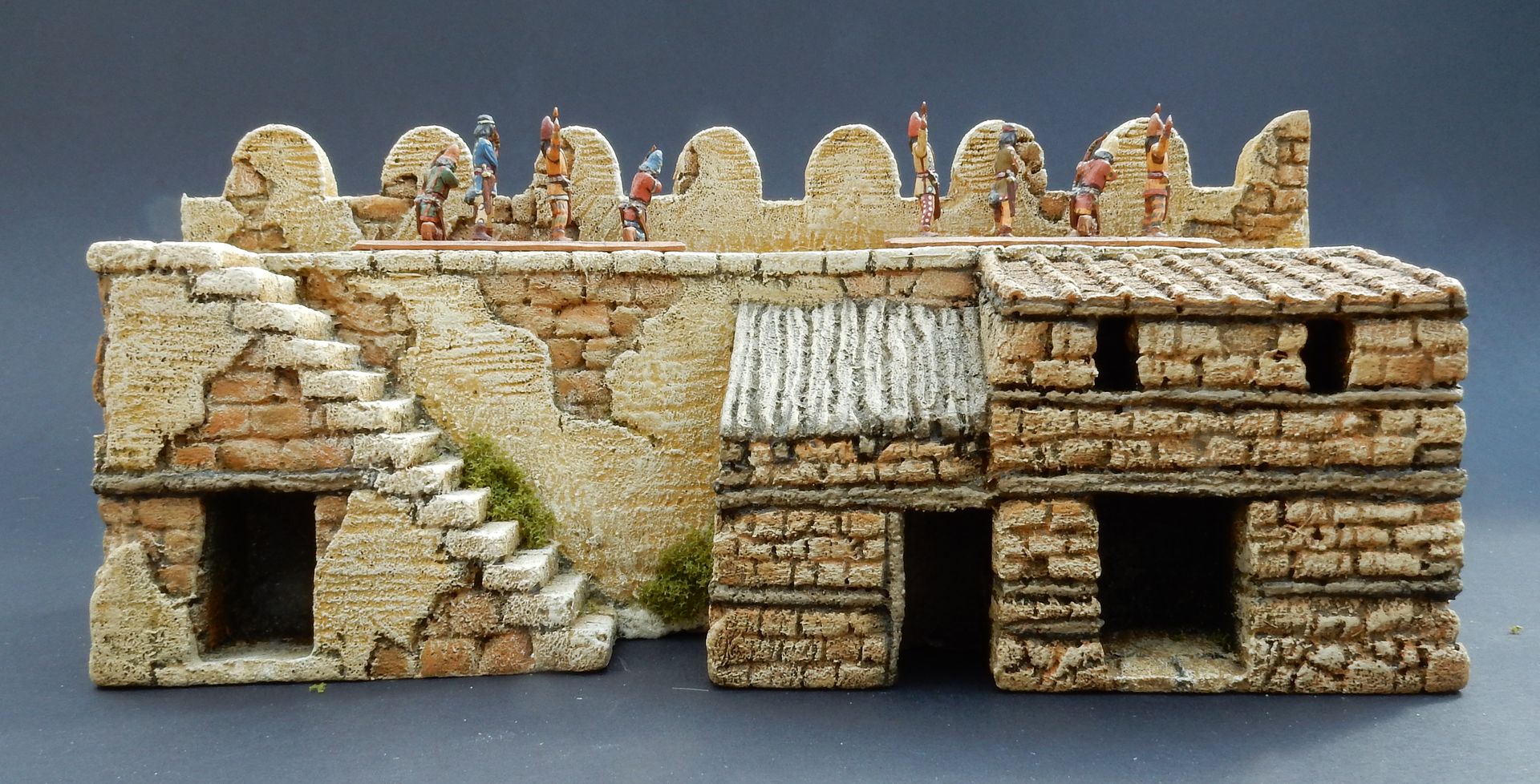
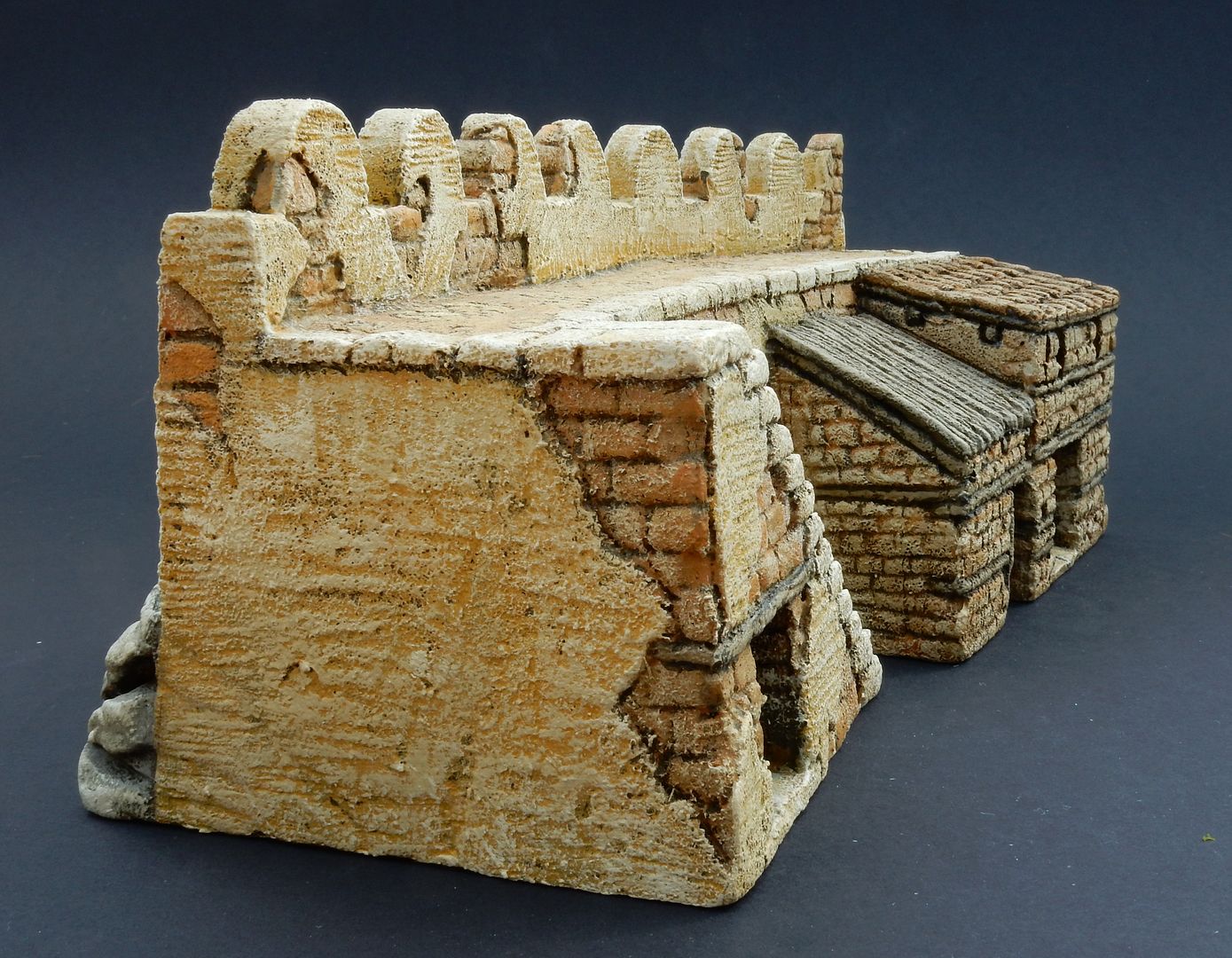
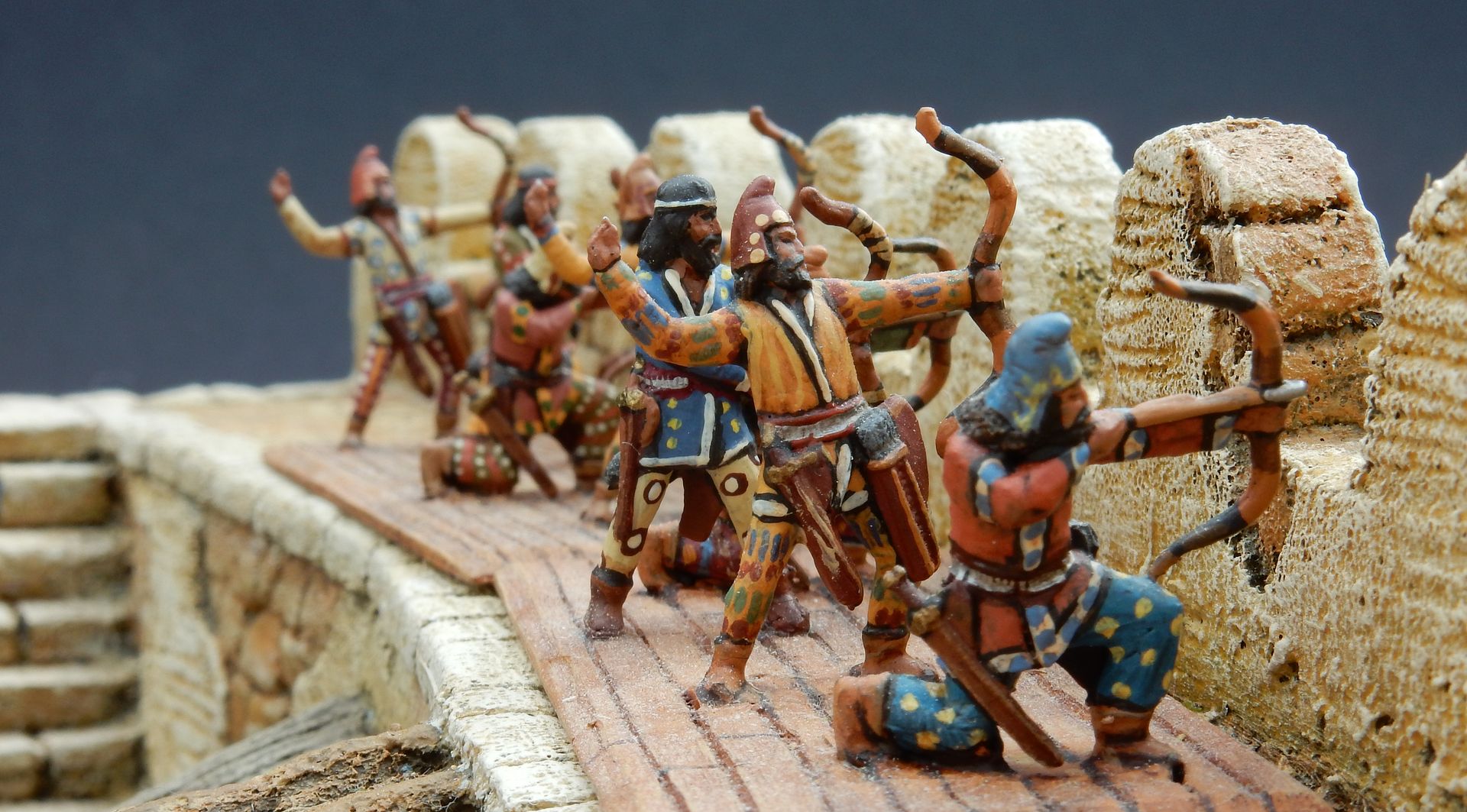
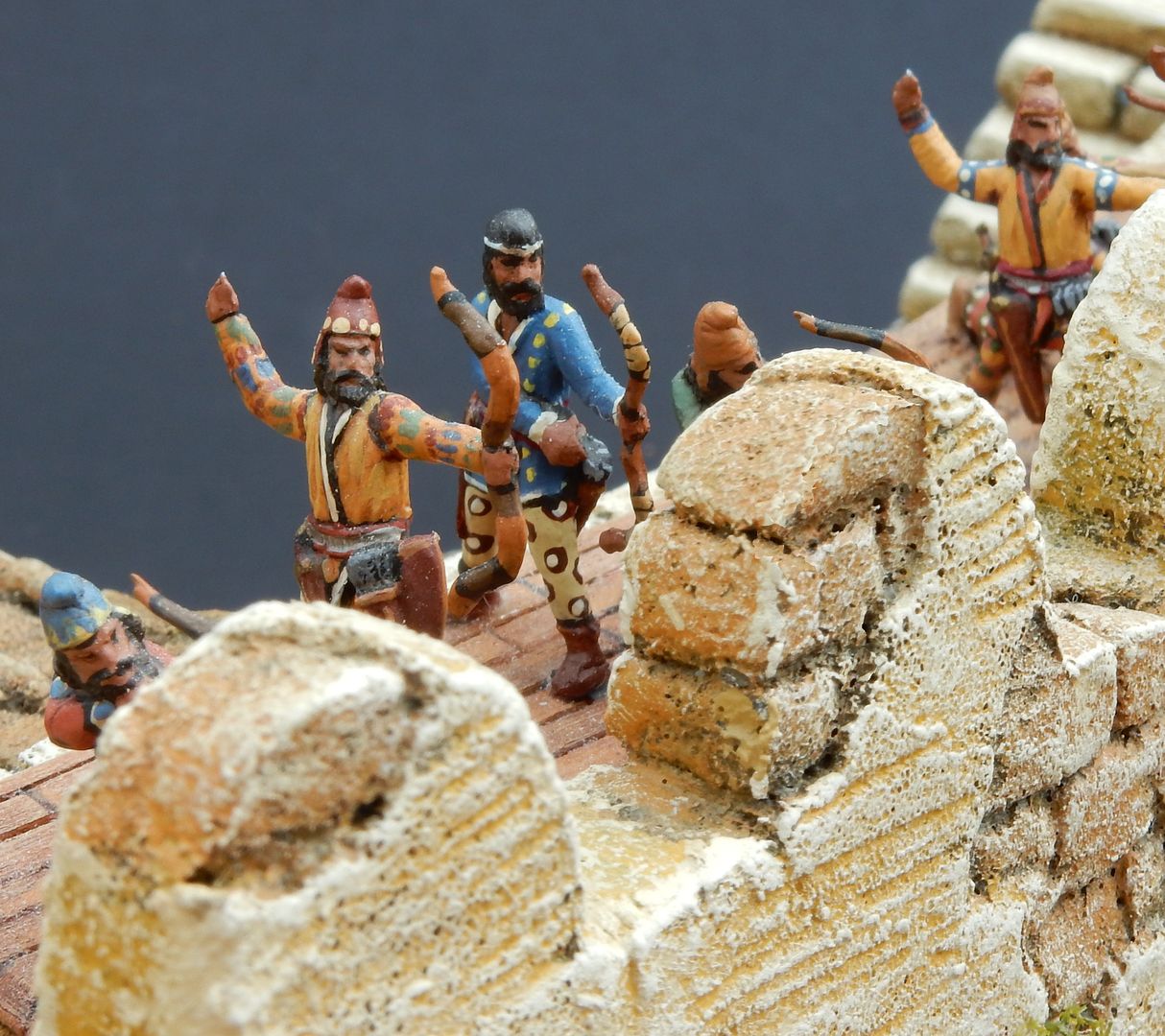
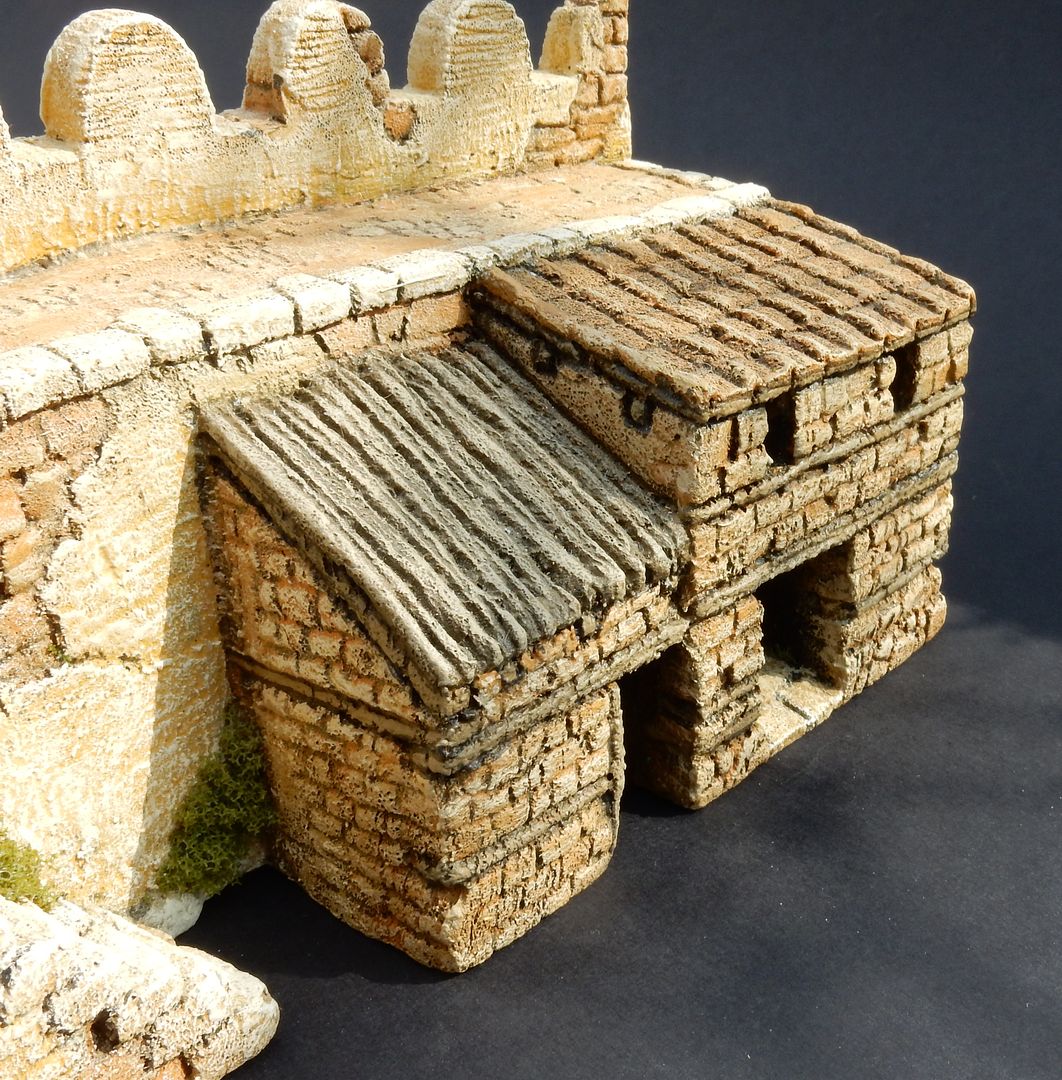
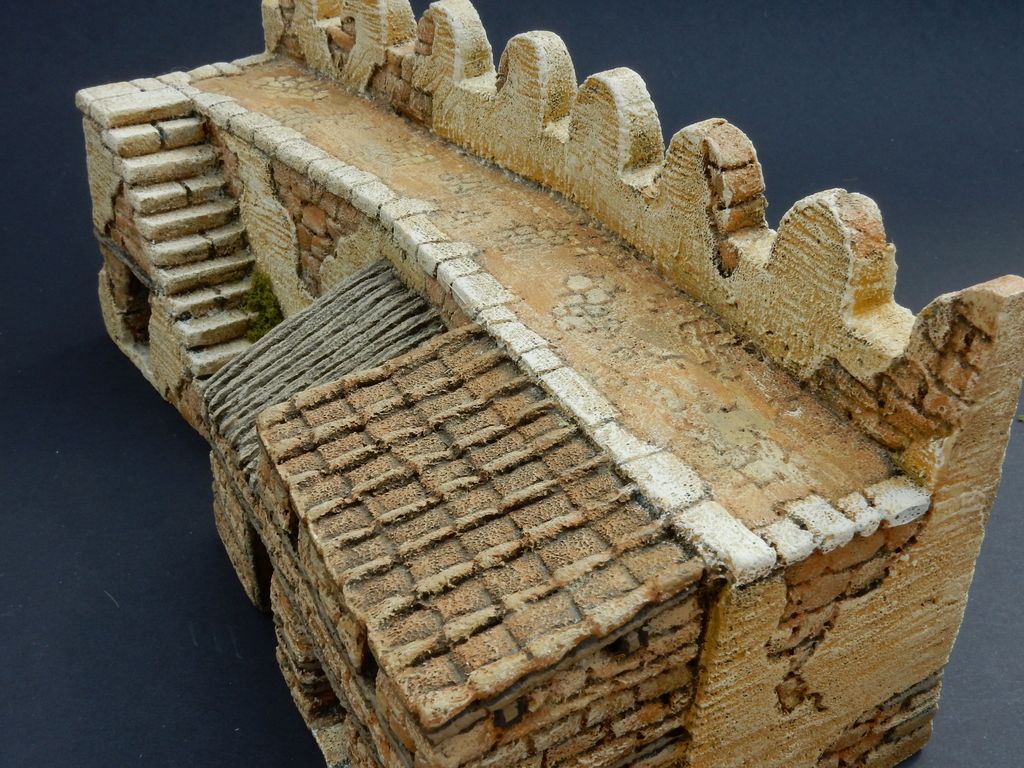
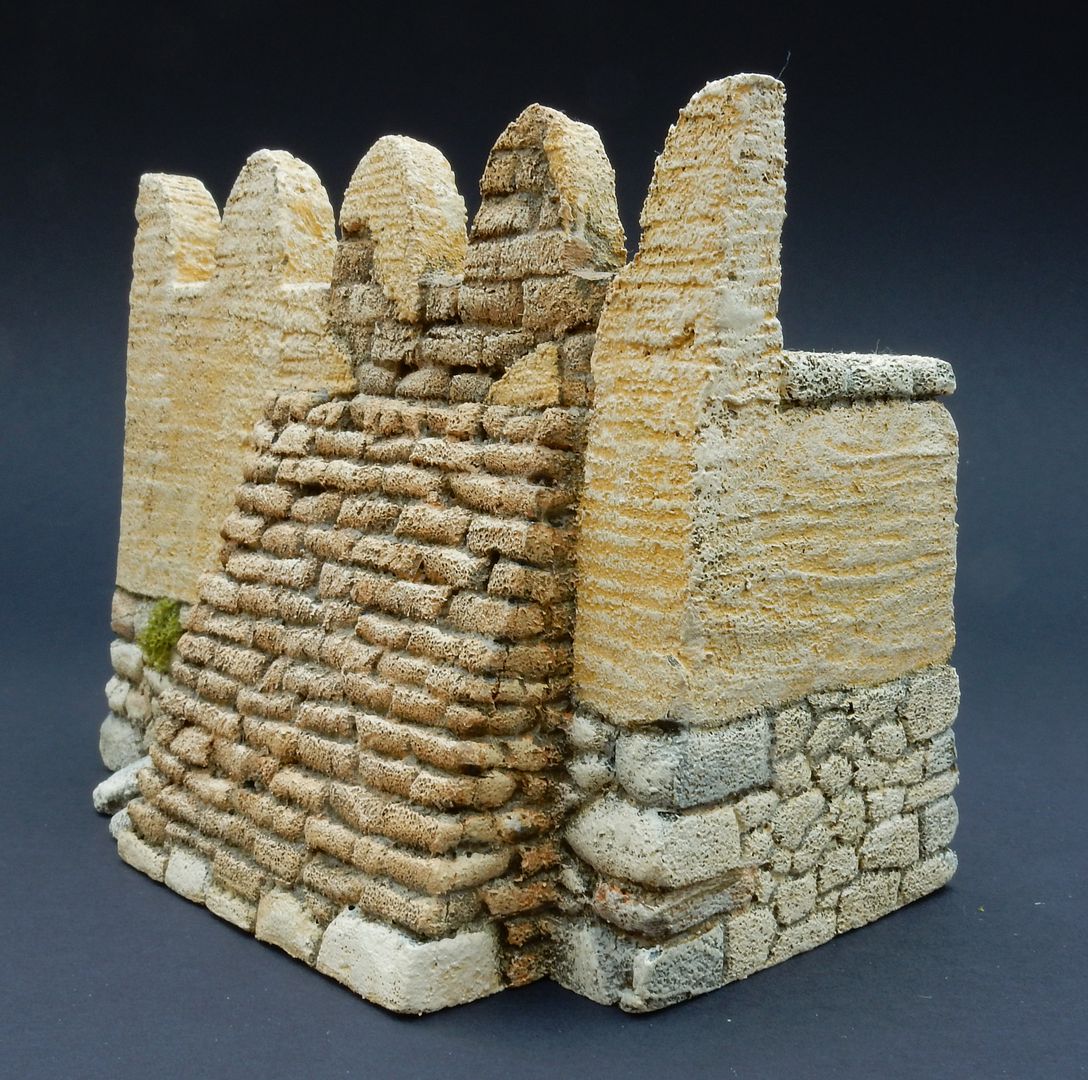


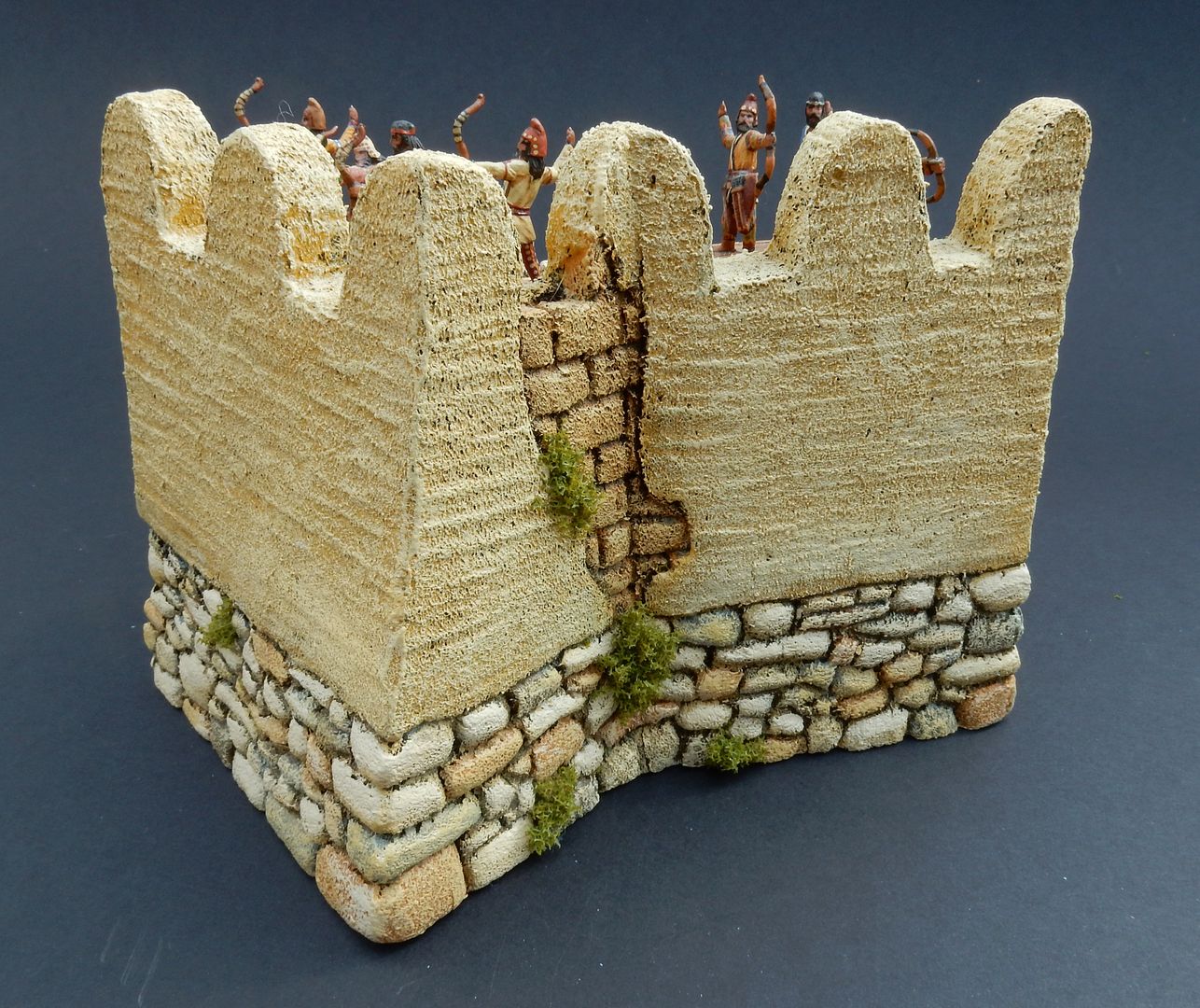
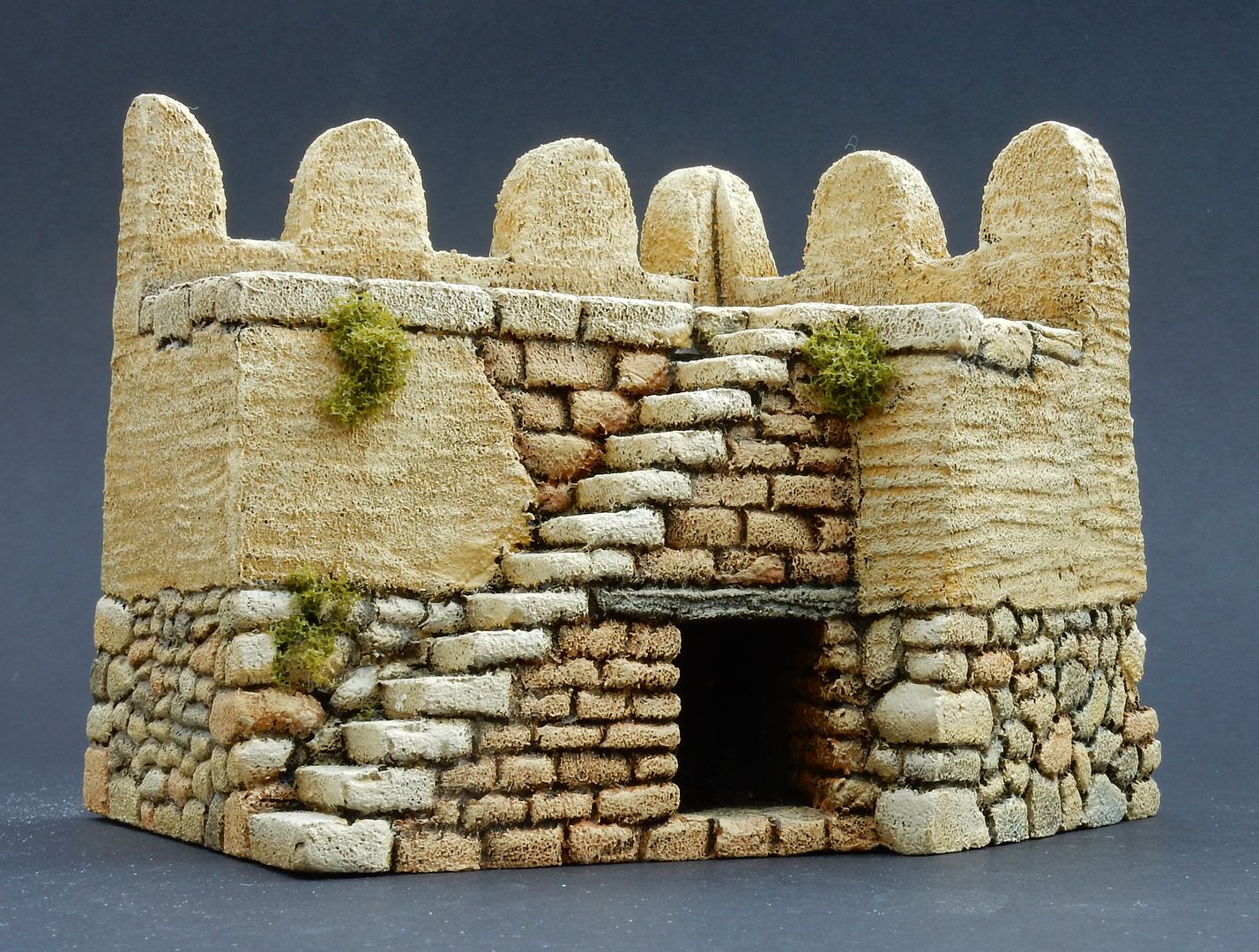
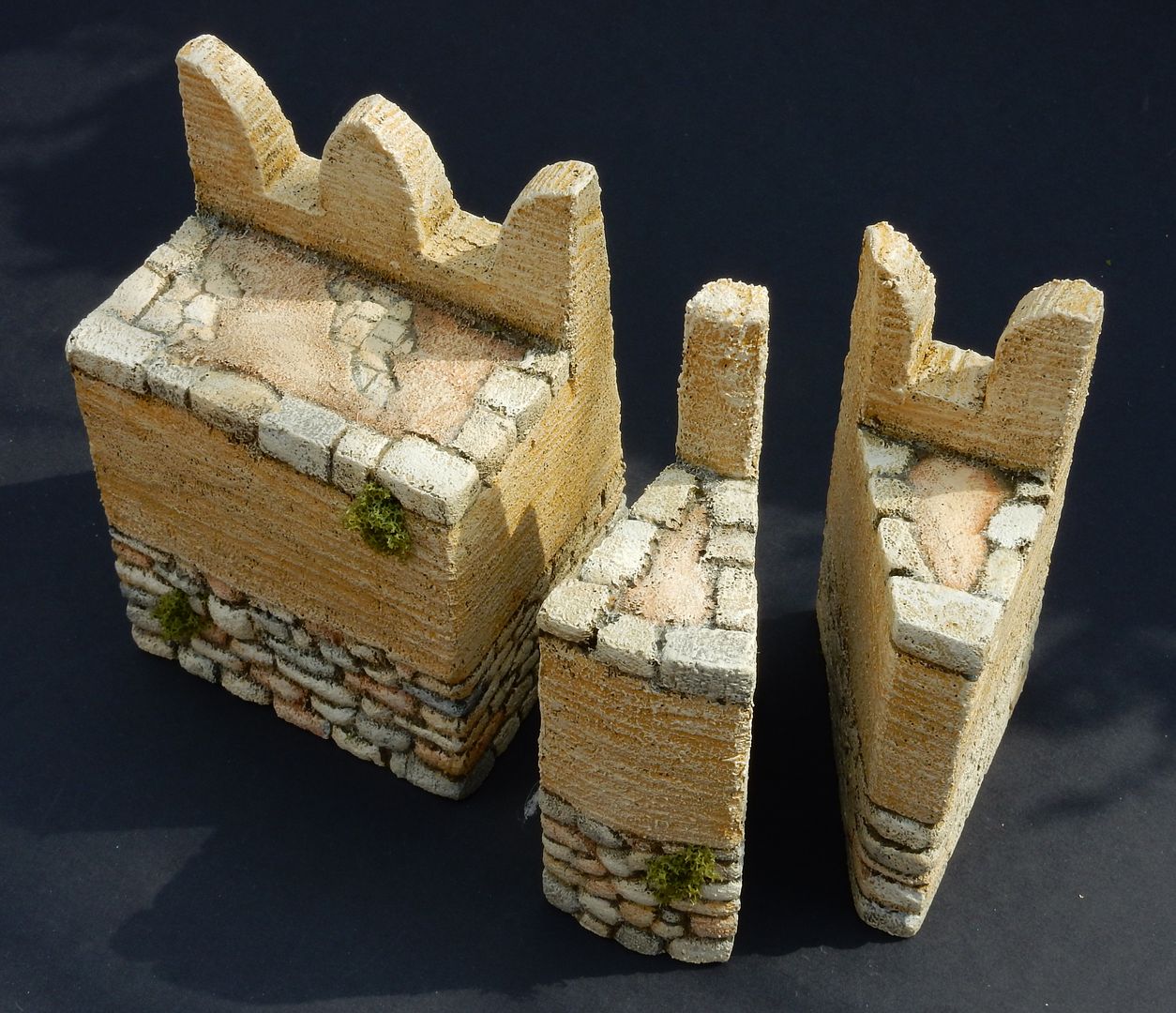

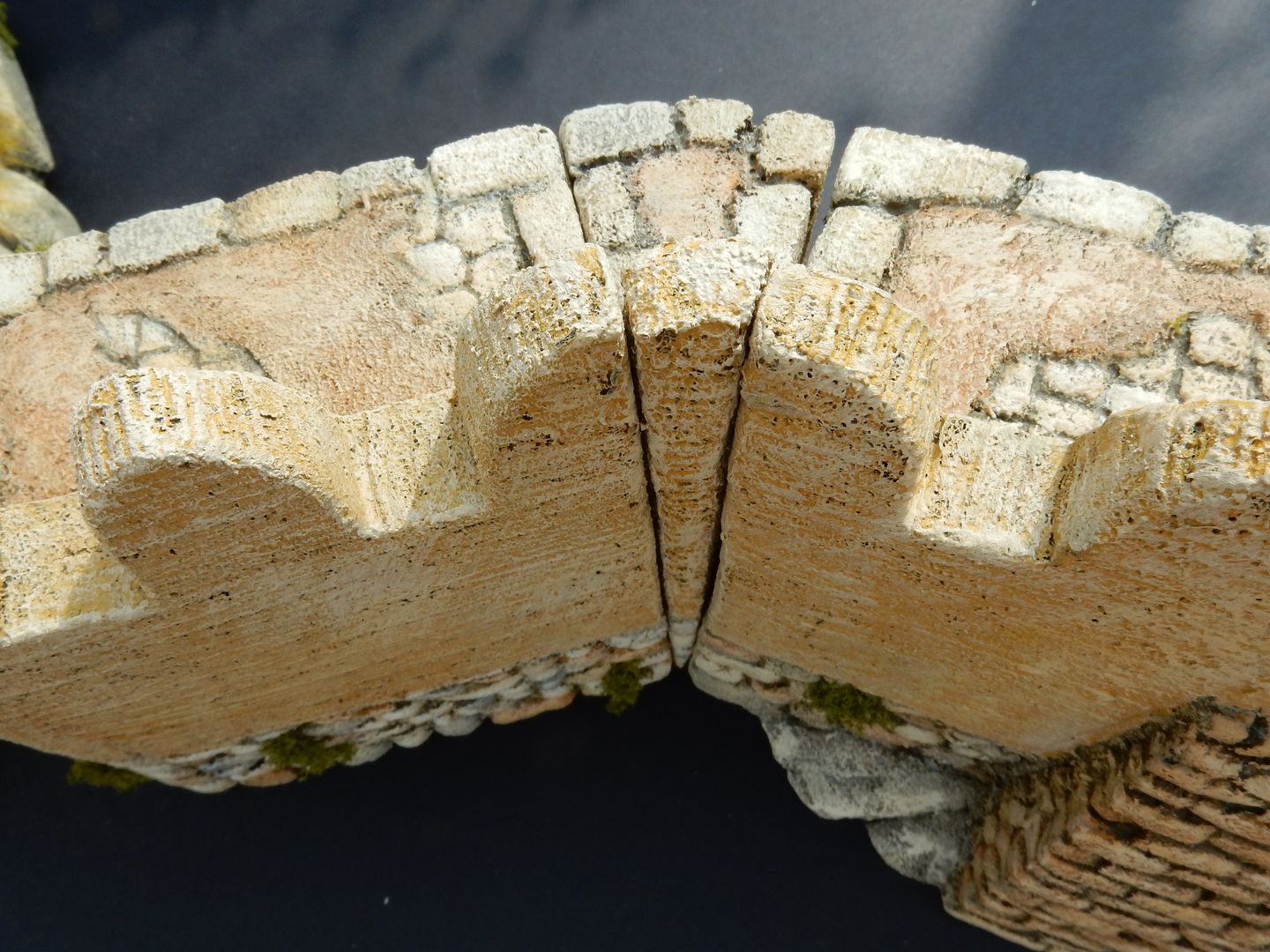
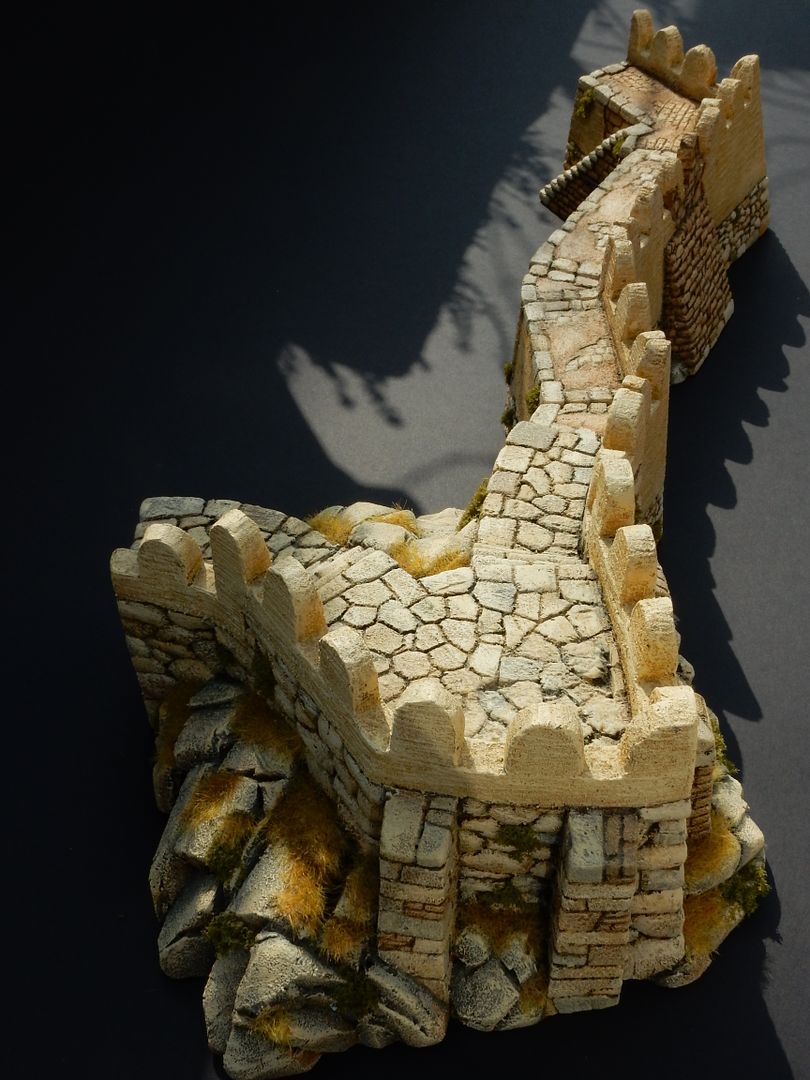

 Supporting Business
Supporting Business
 Supporting Member (Gold)
Supporting Member (Gold) 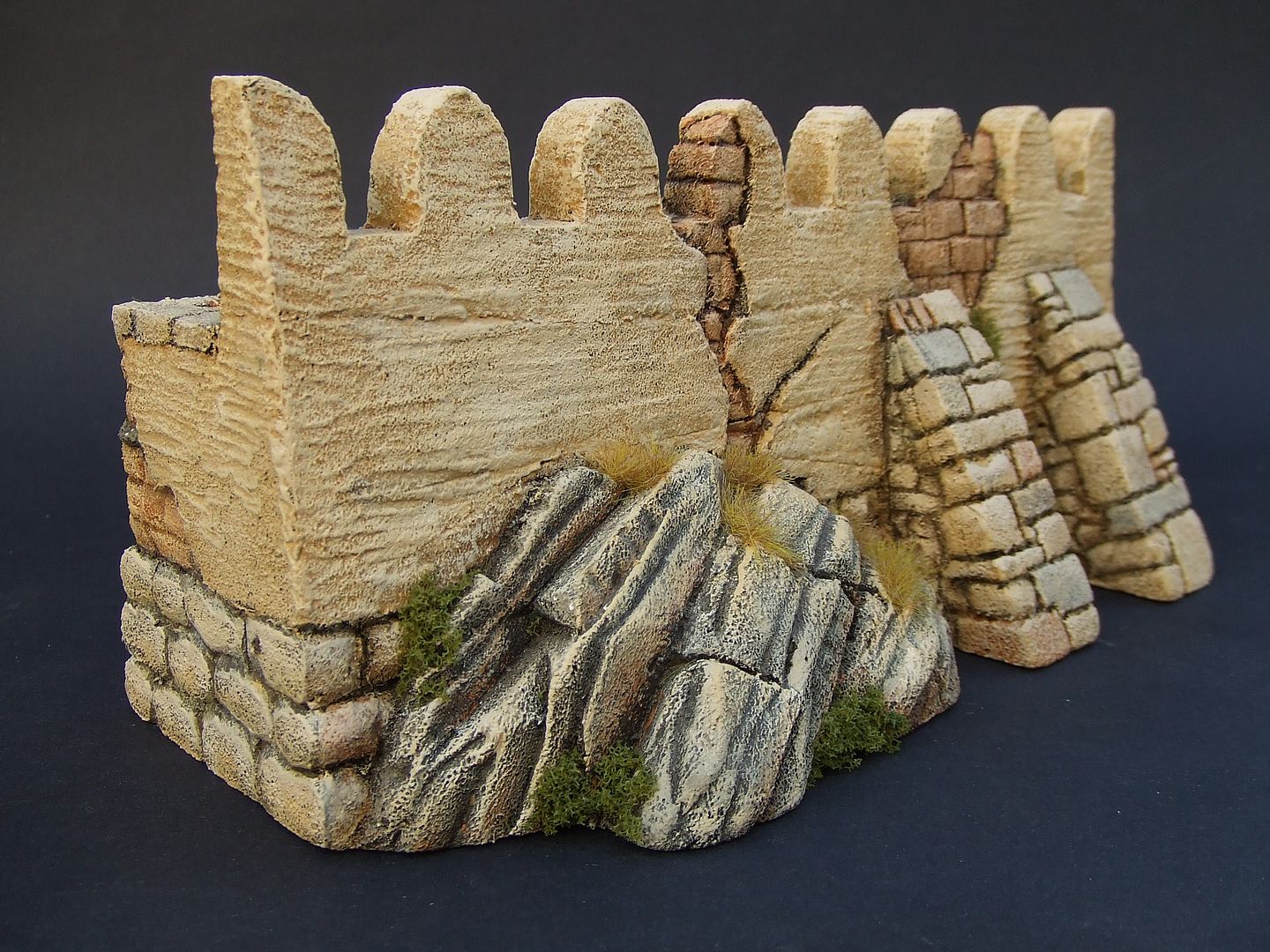
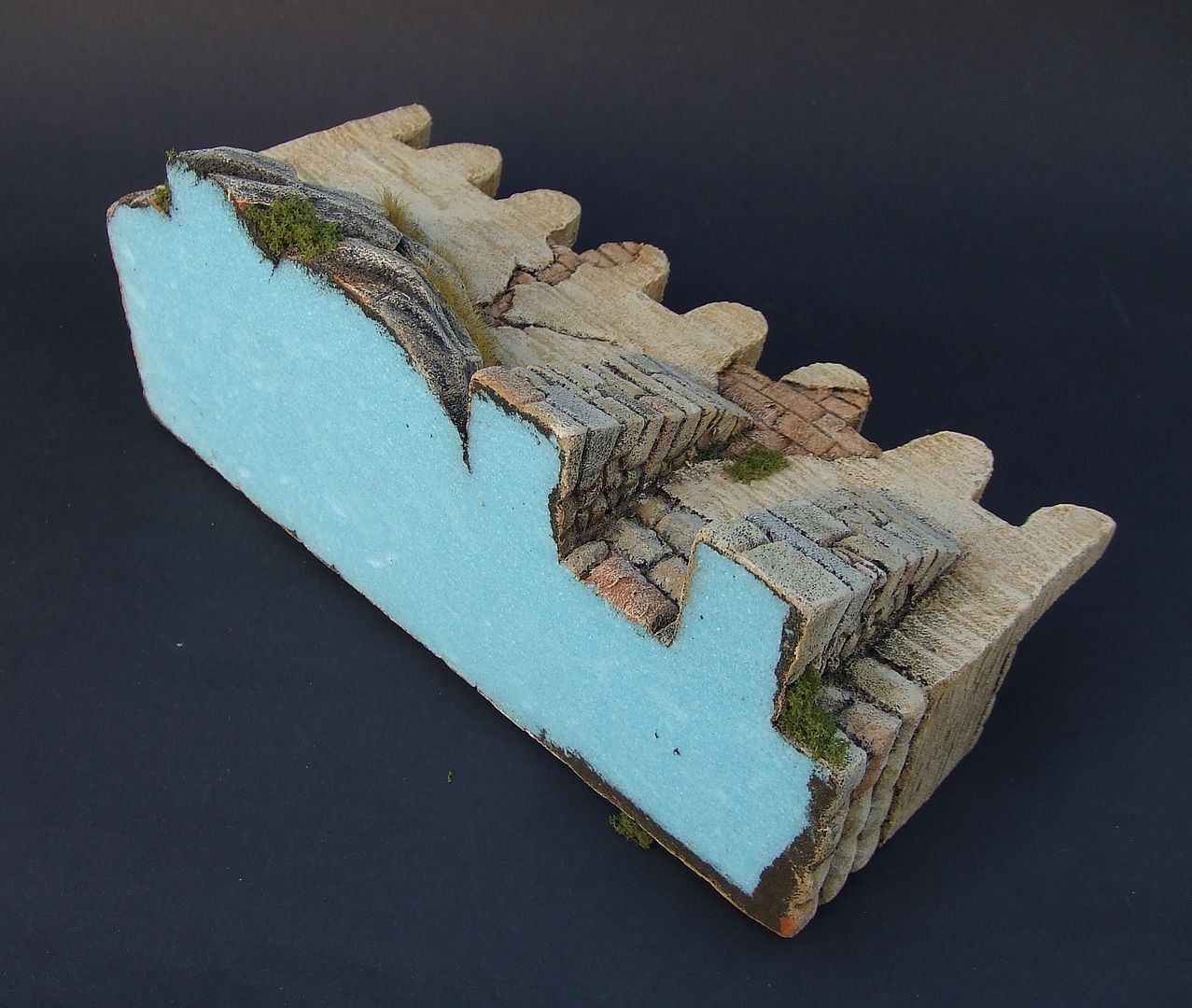
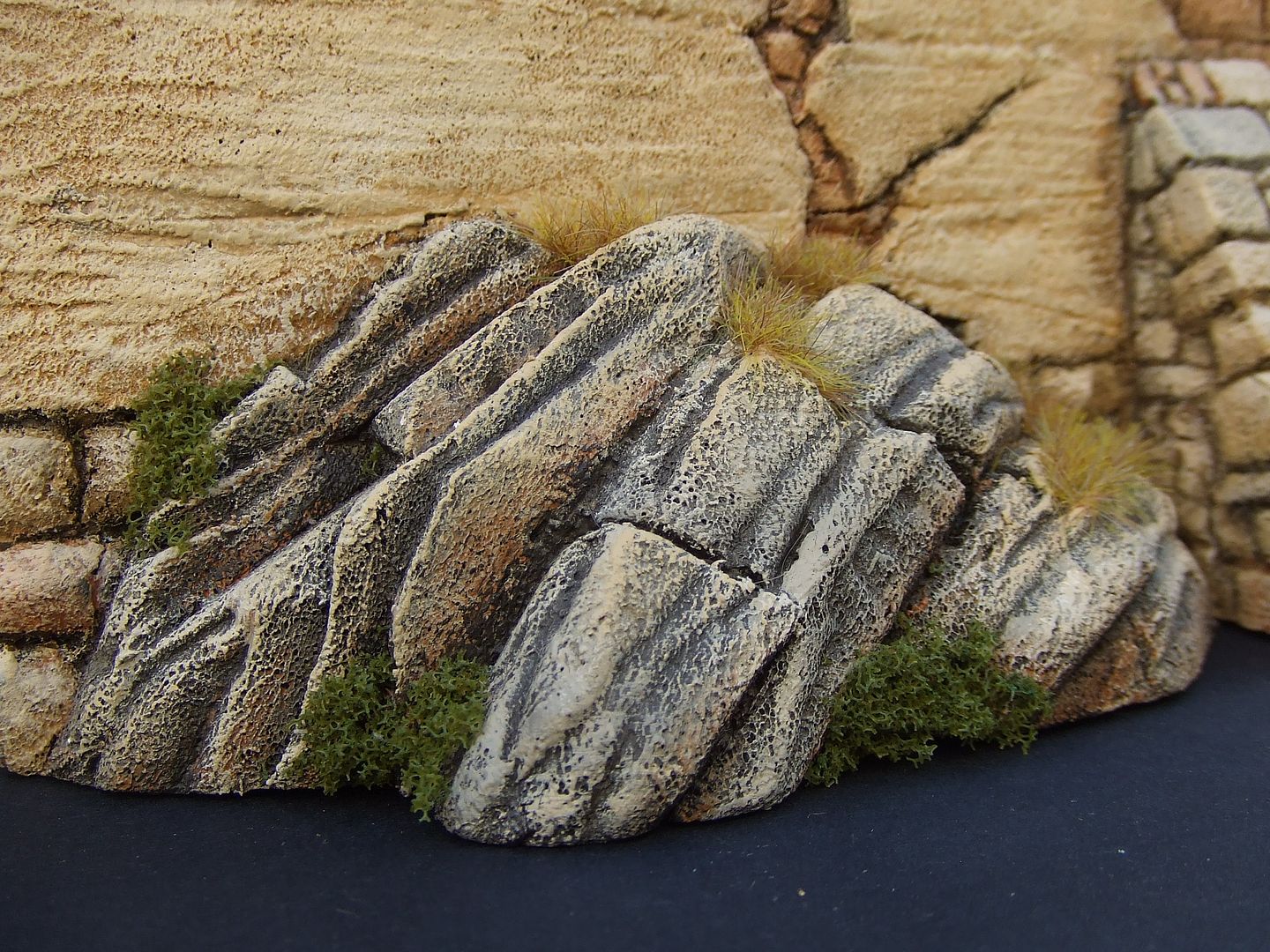
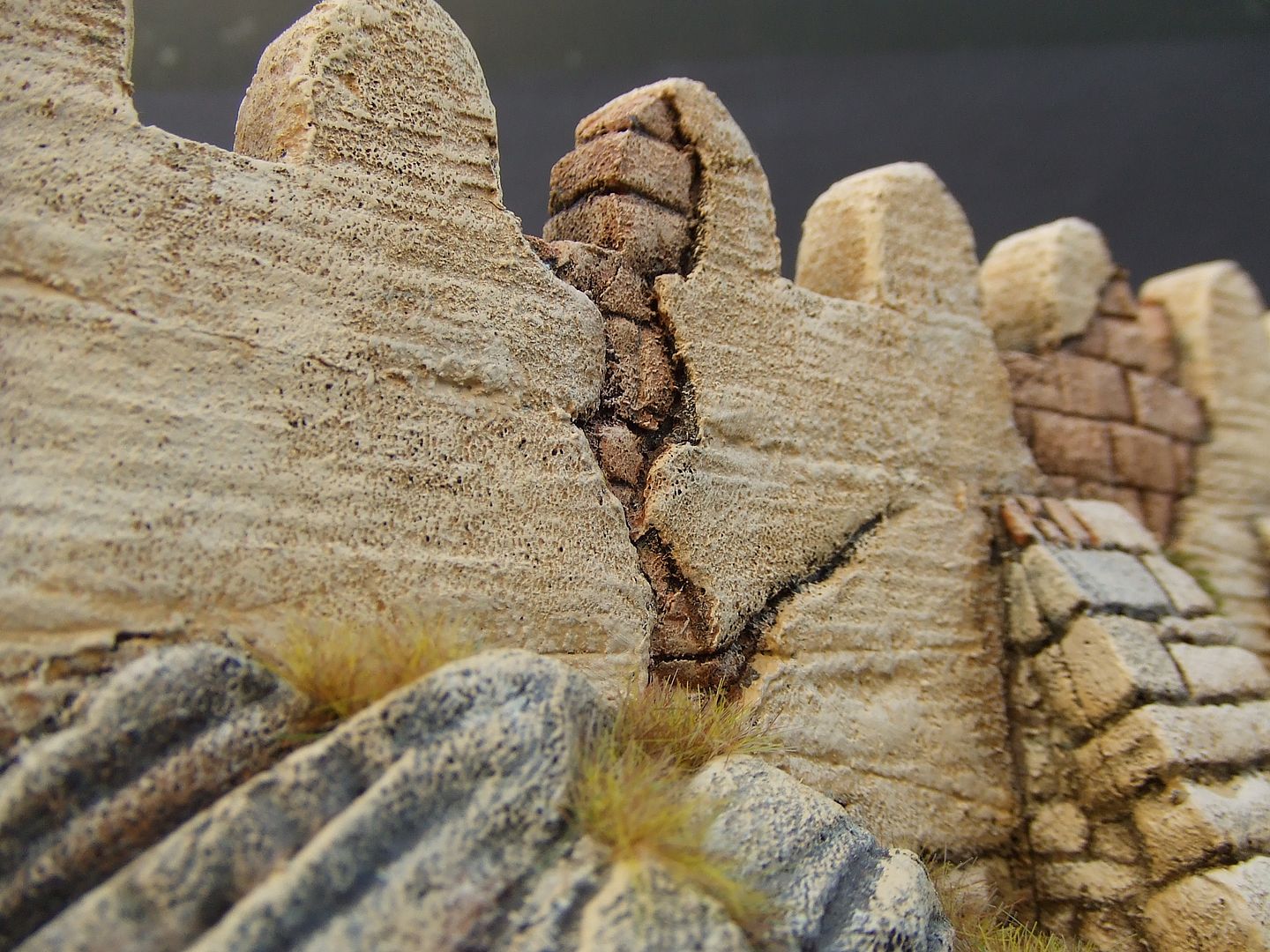
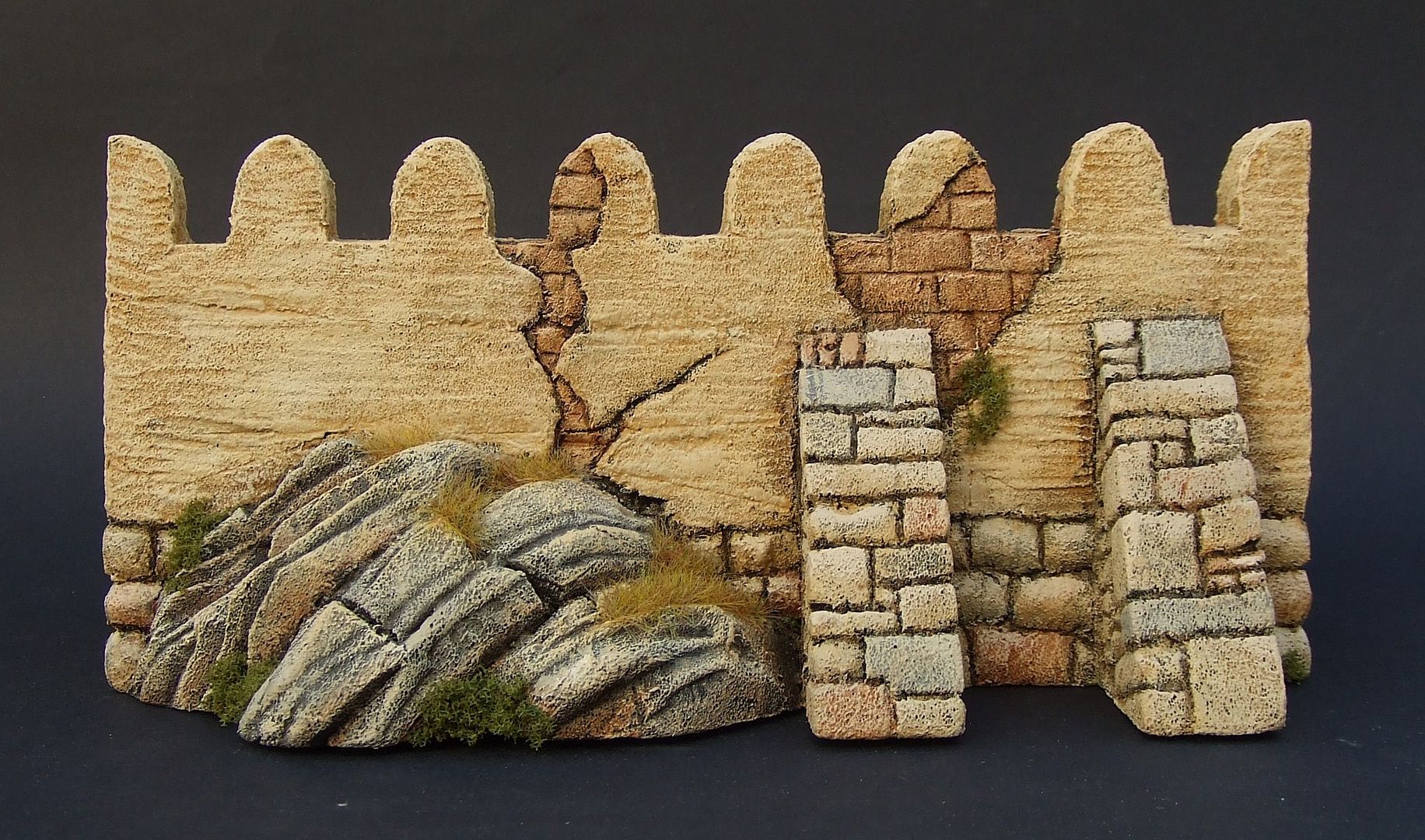

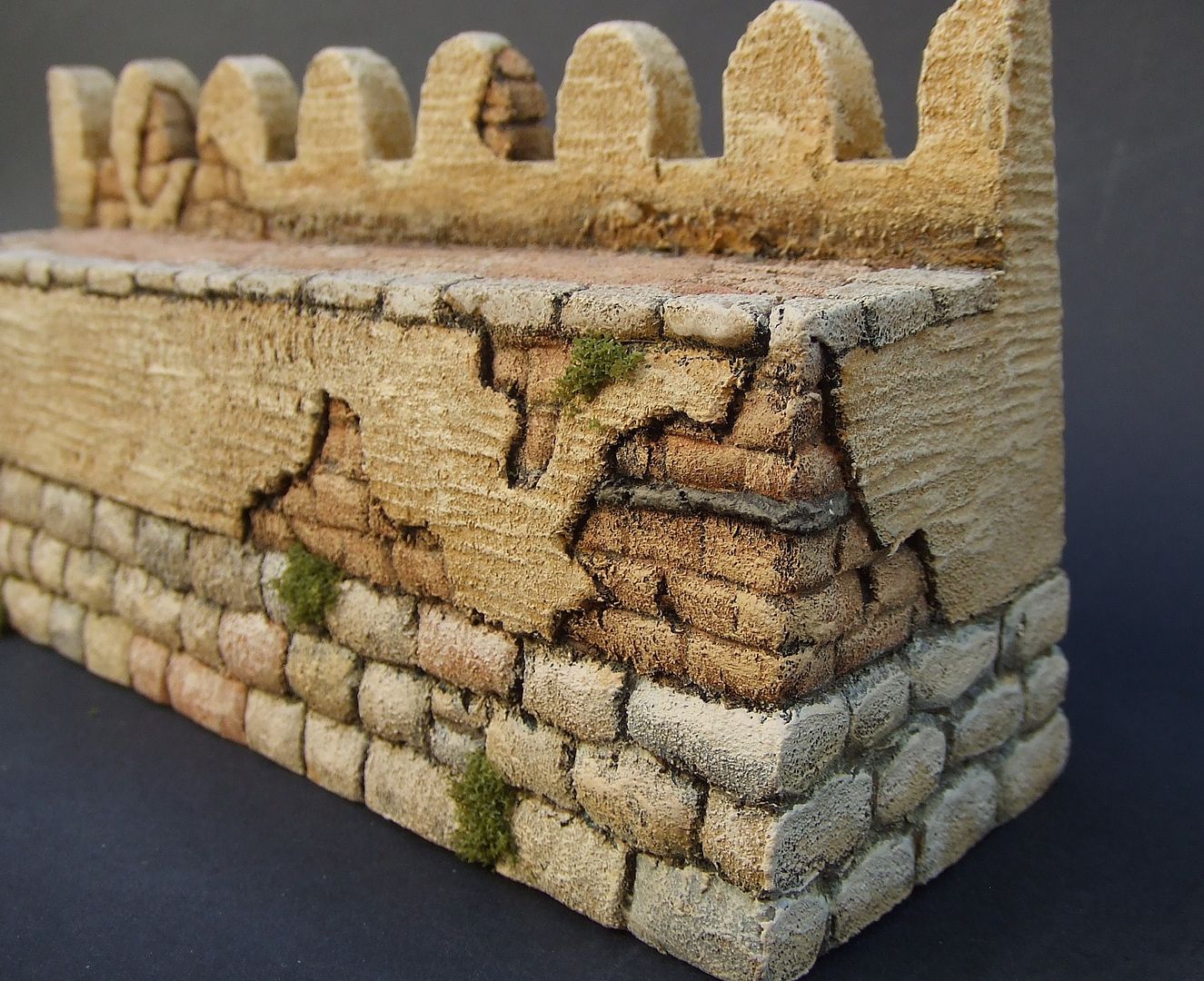
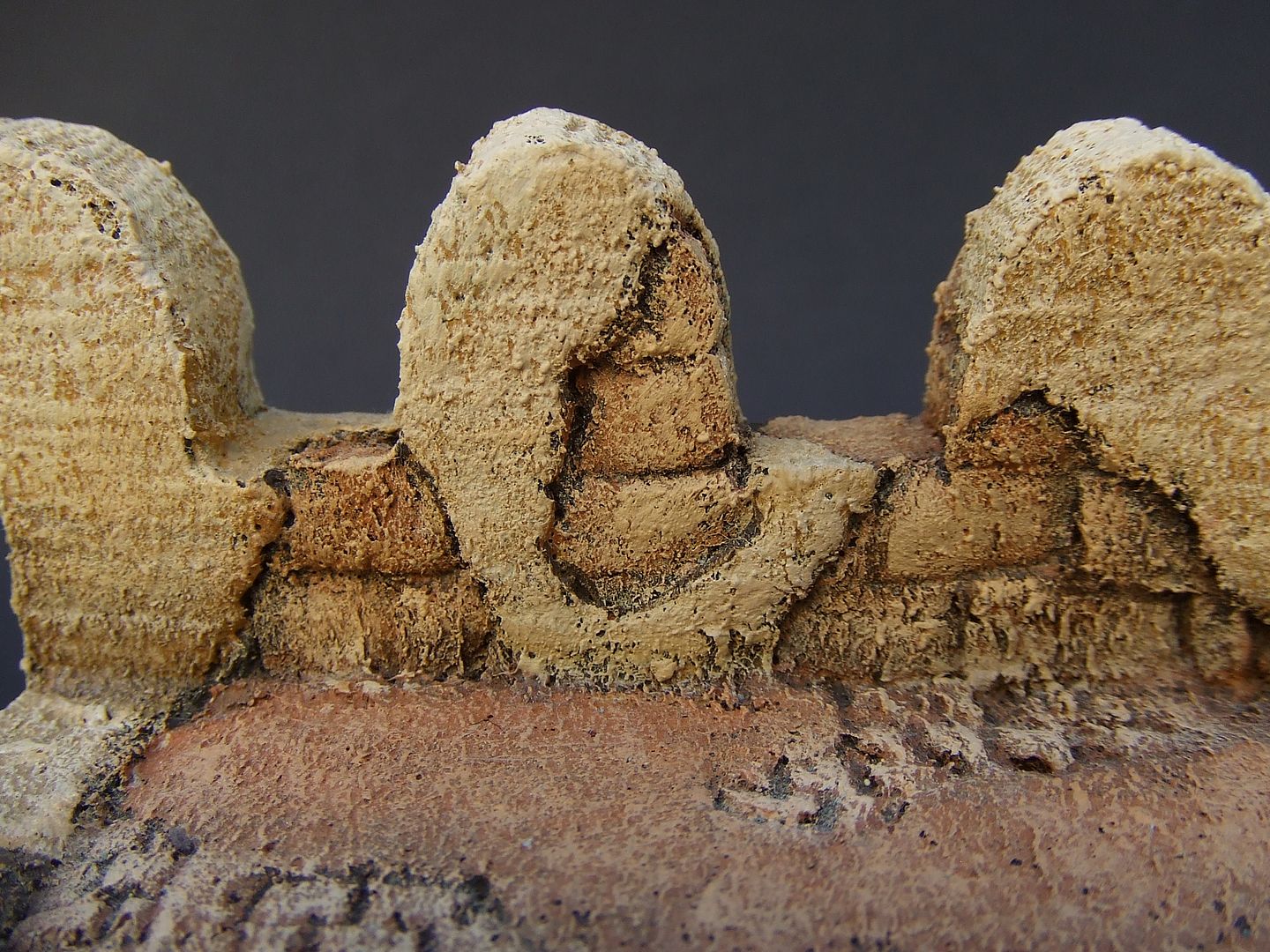

 Supporting Business
Supporting BusinessKostis Ornerakis wrote: When I want to give wood an aged look, I put it in an airtight plastic food container with vinegar and steel wool. After a day or two I dry it in the oven.
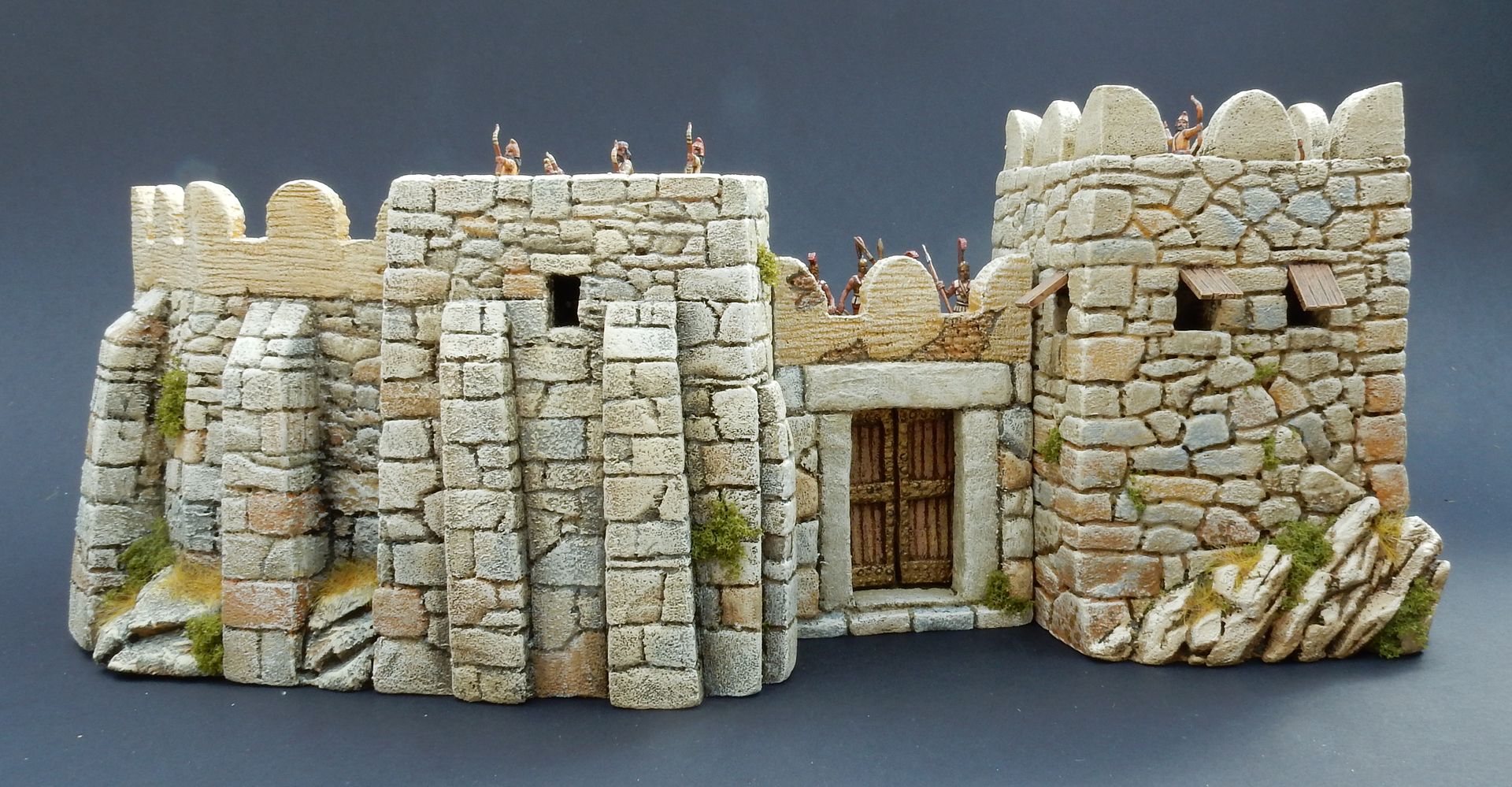
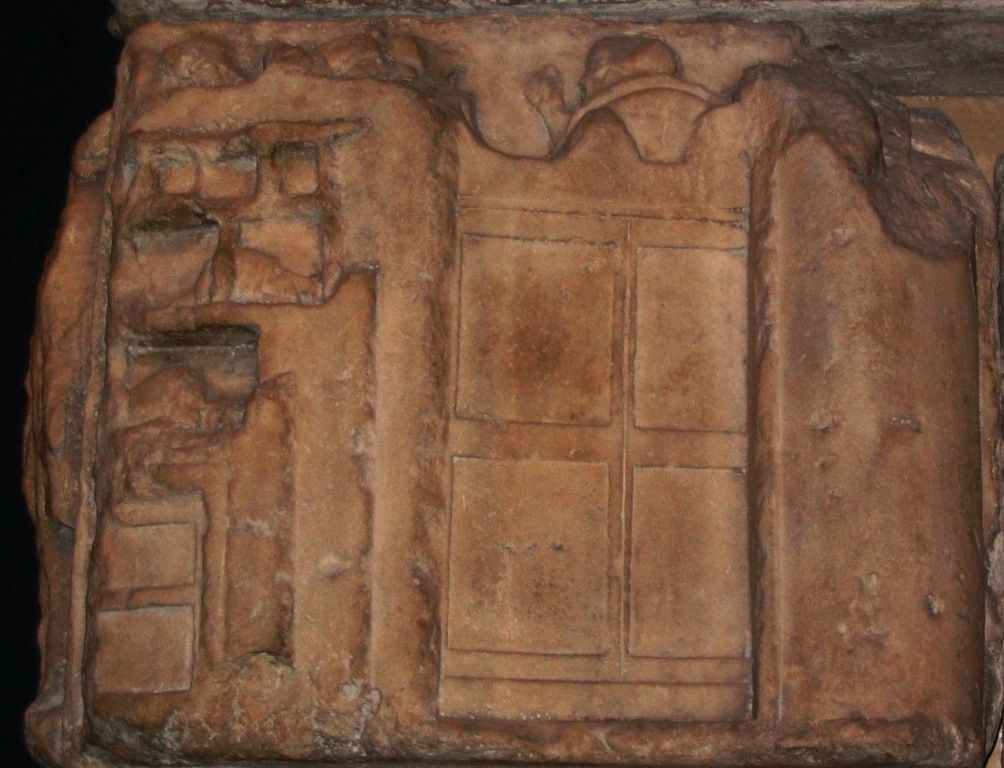
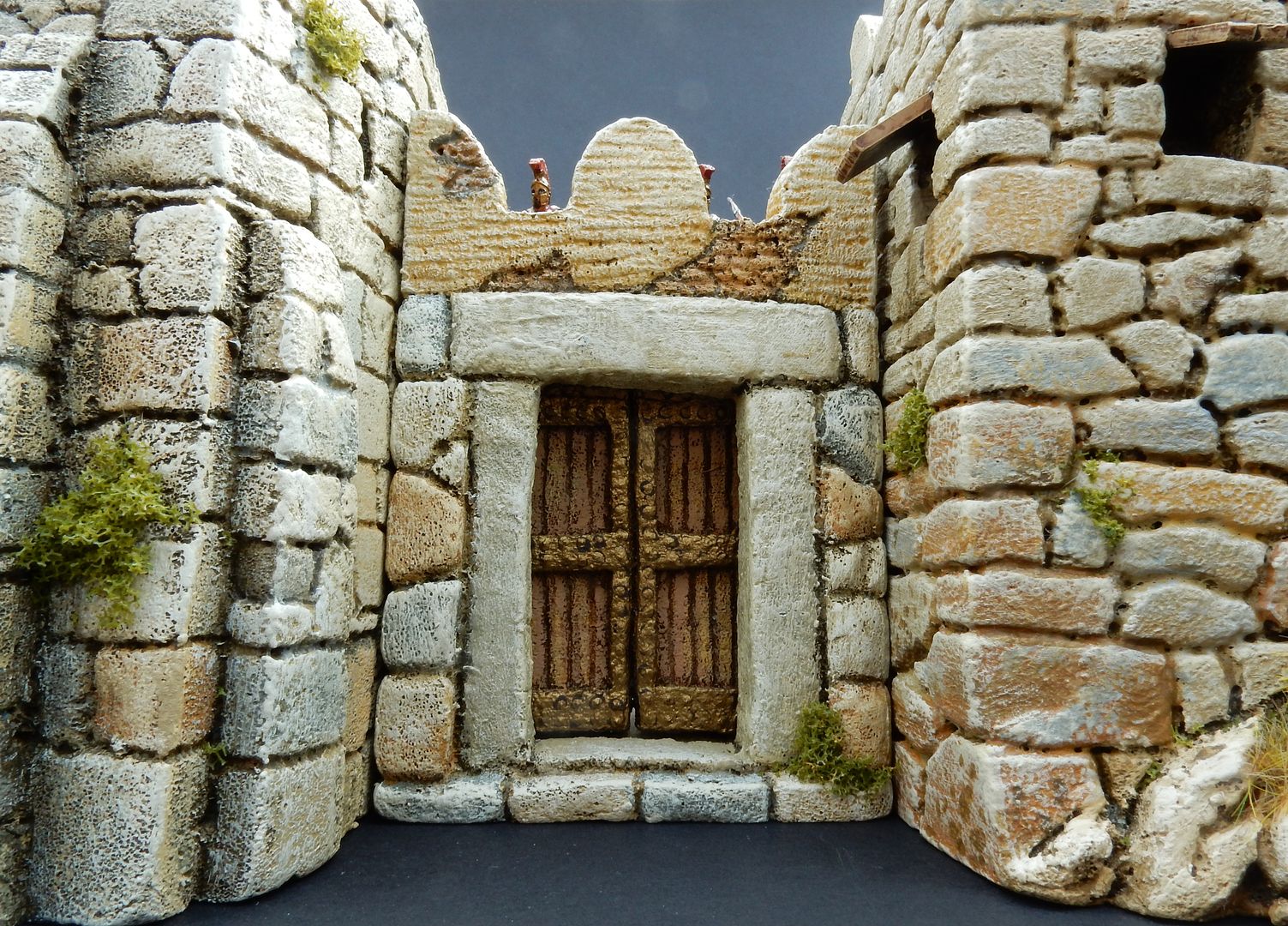

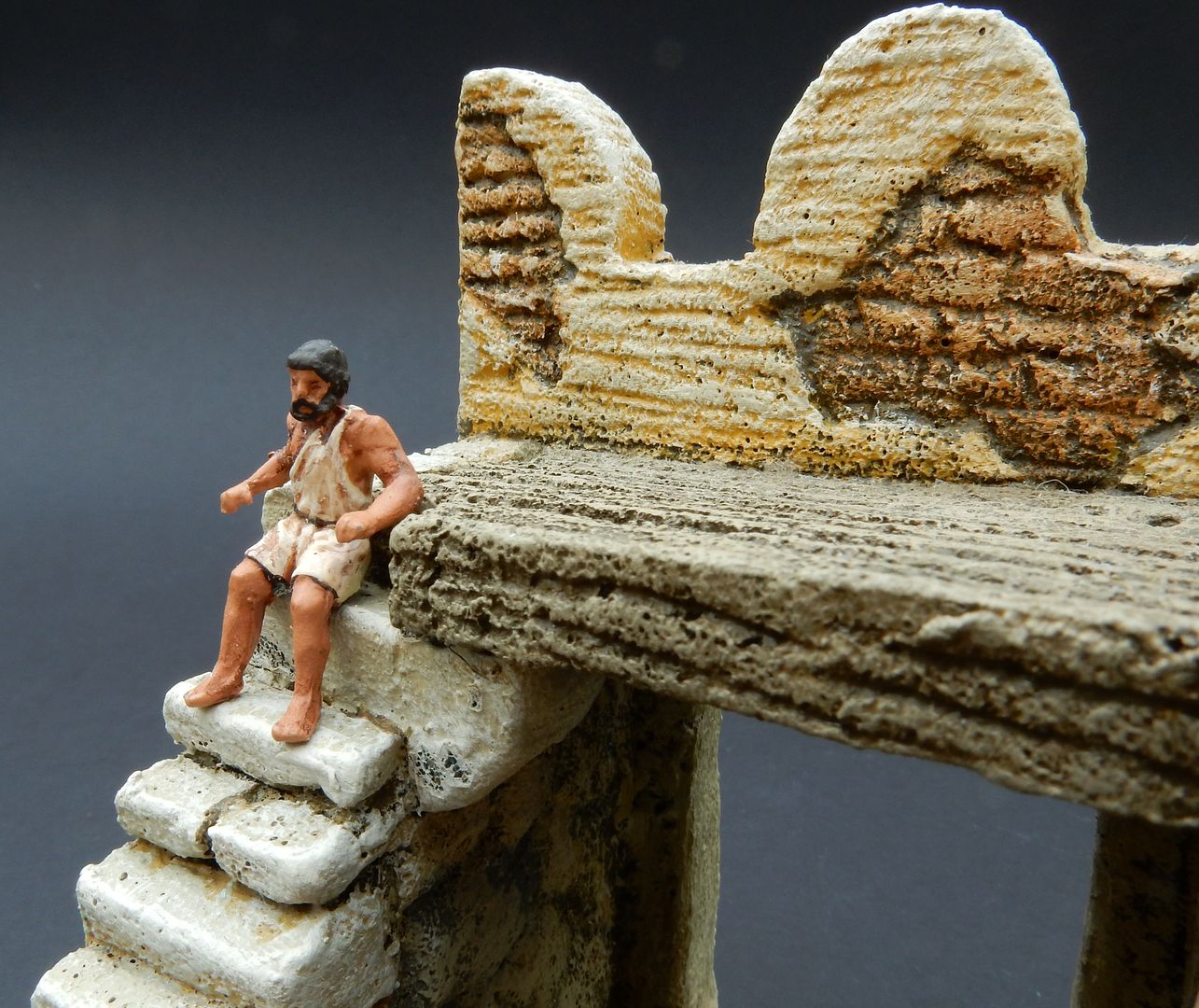

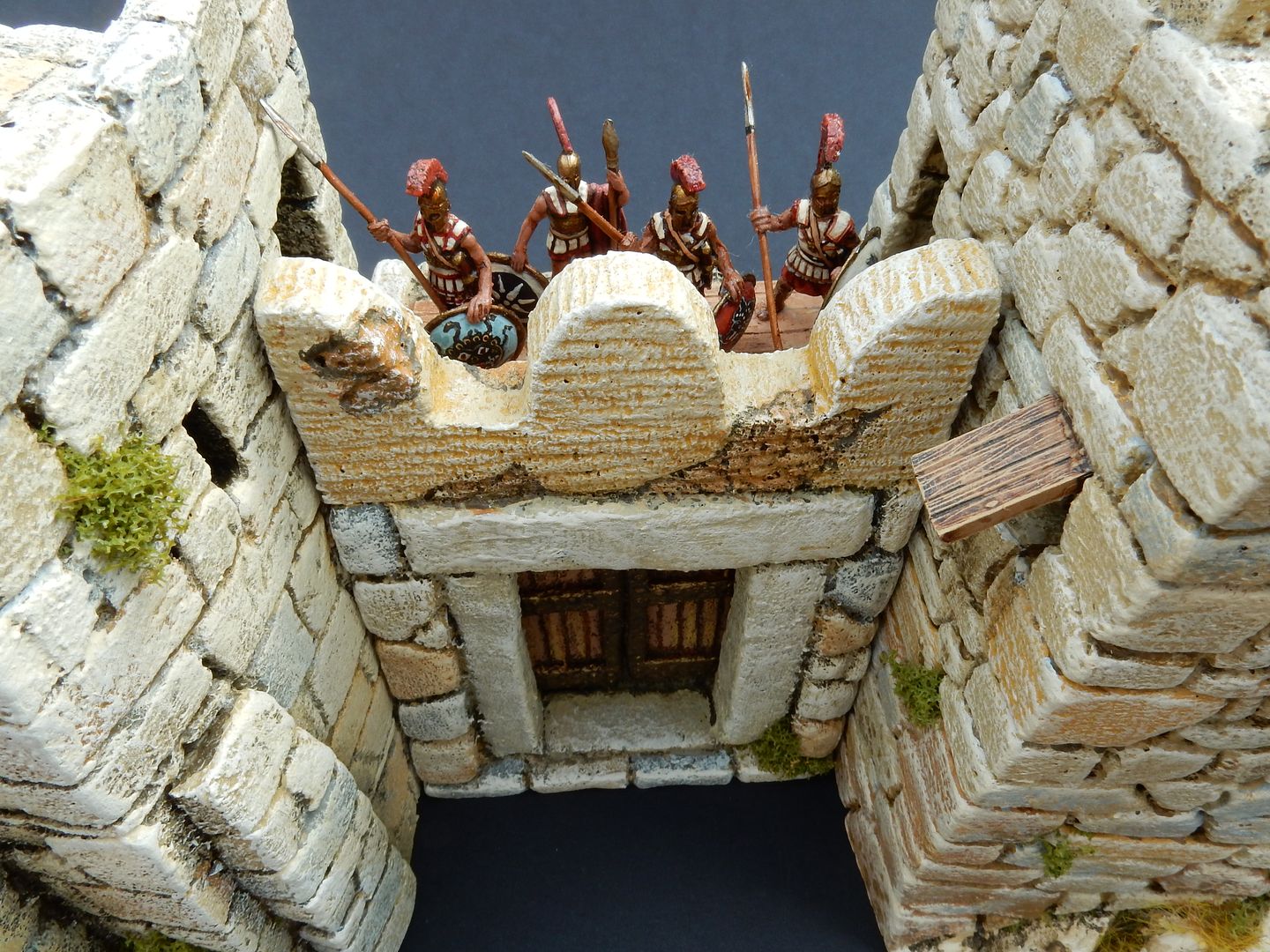
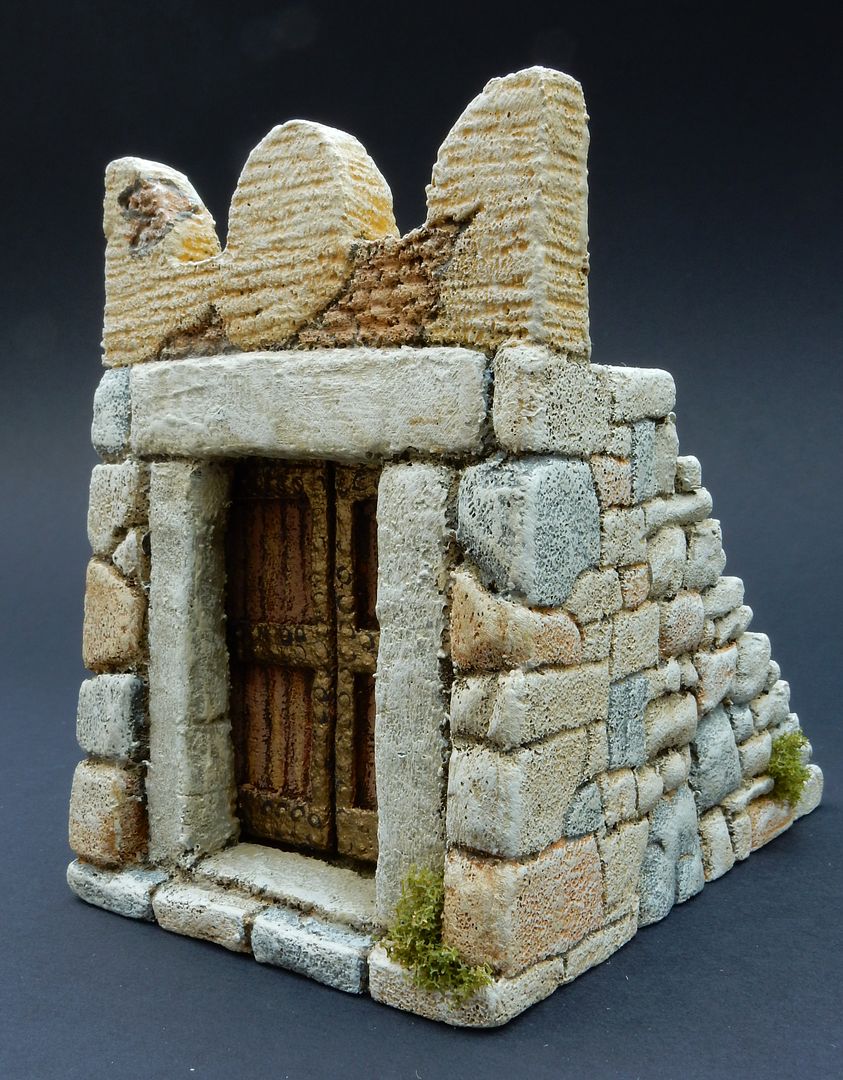
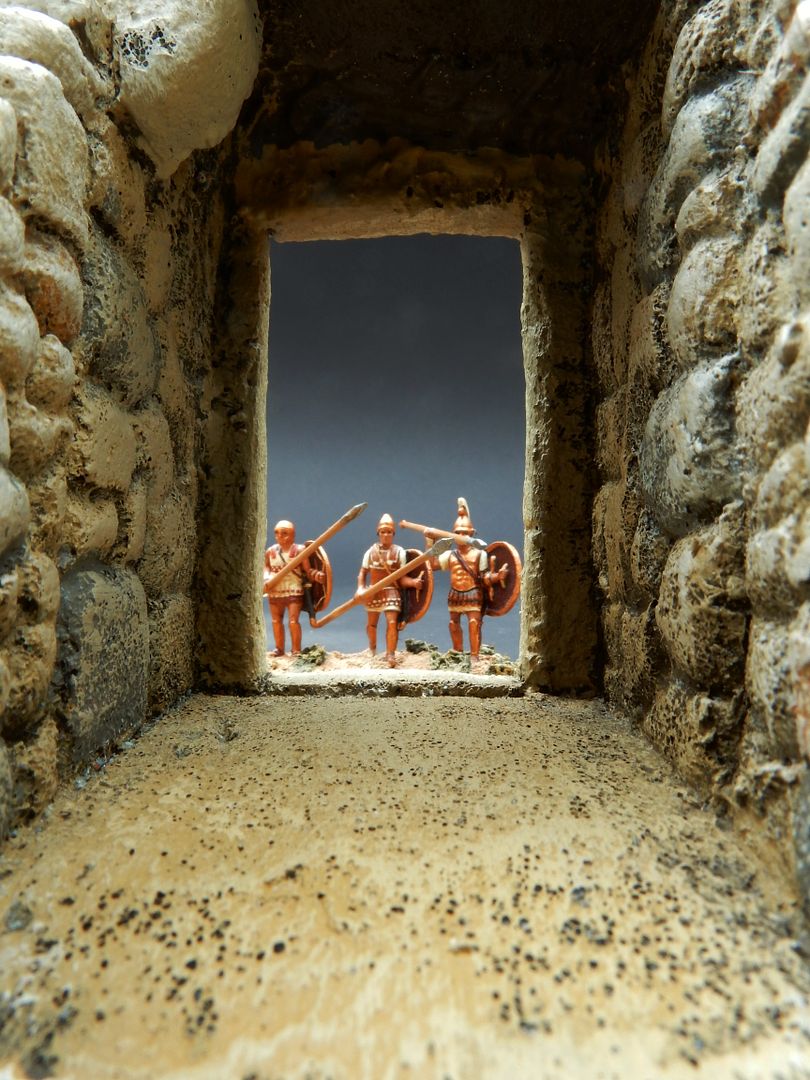
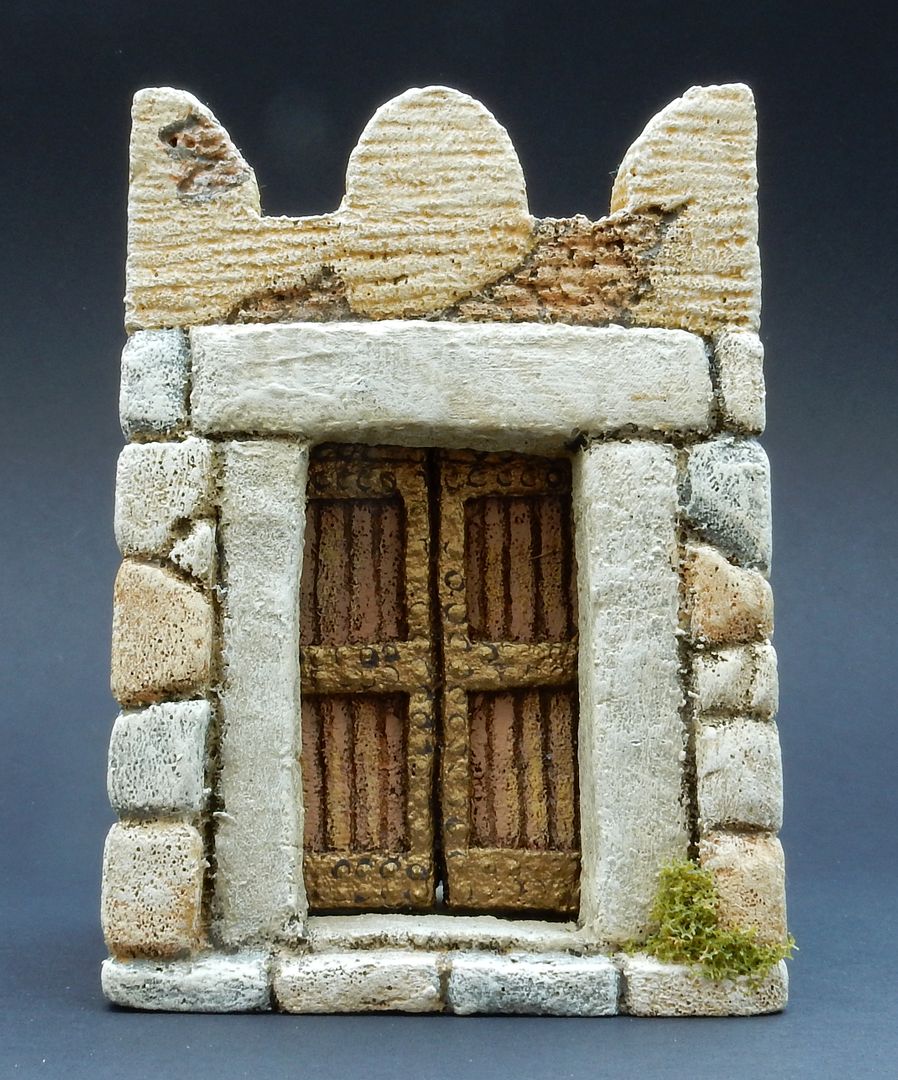
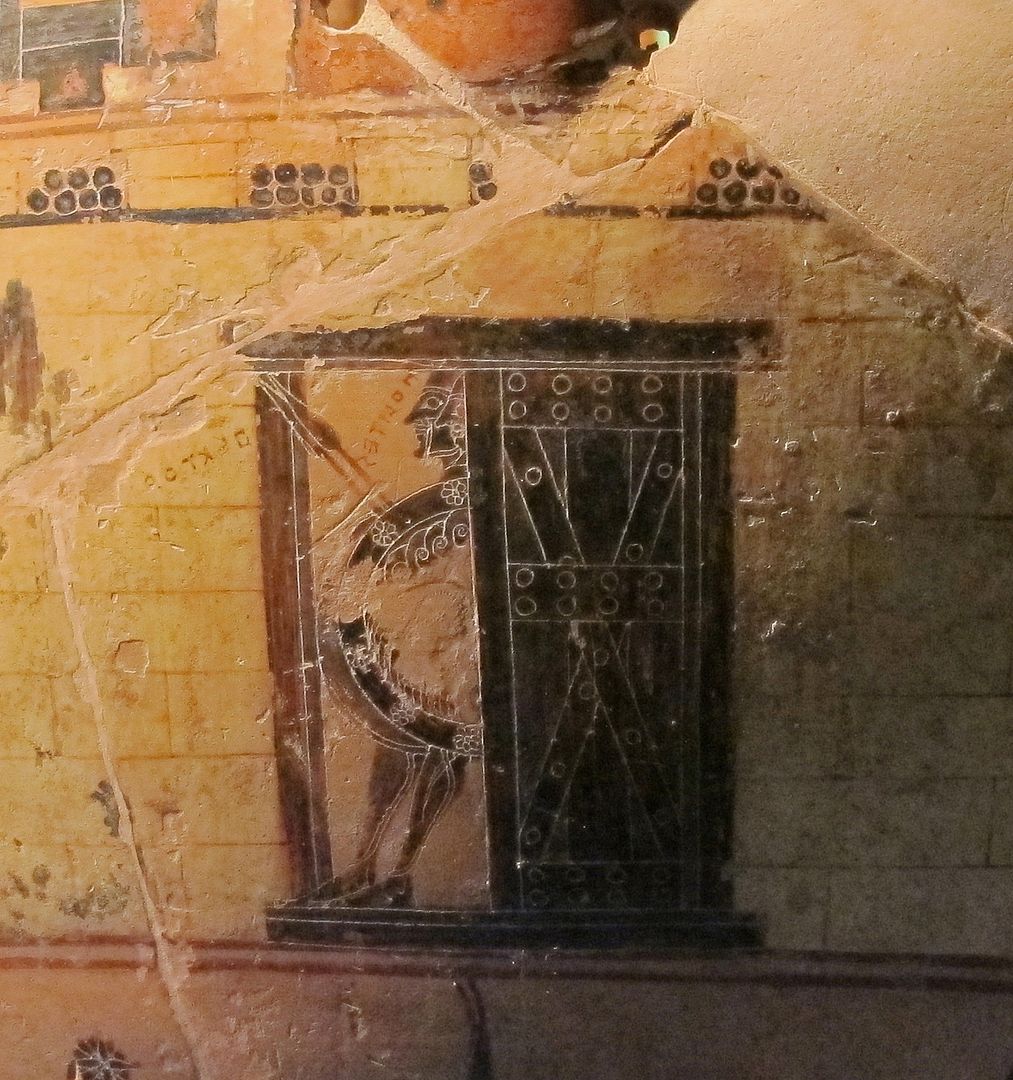
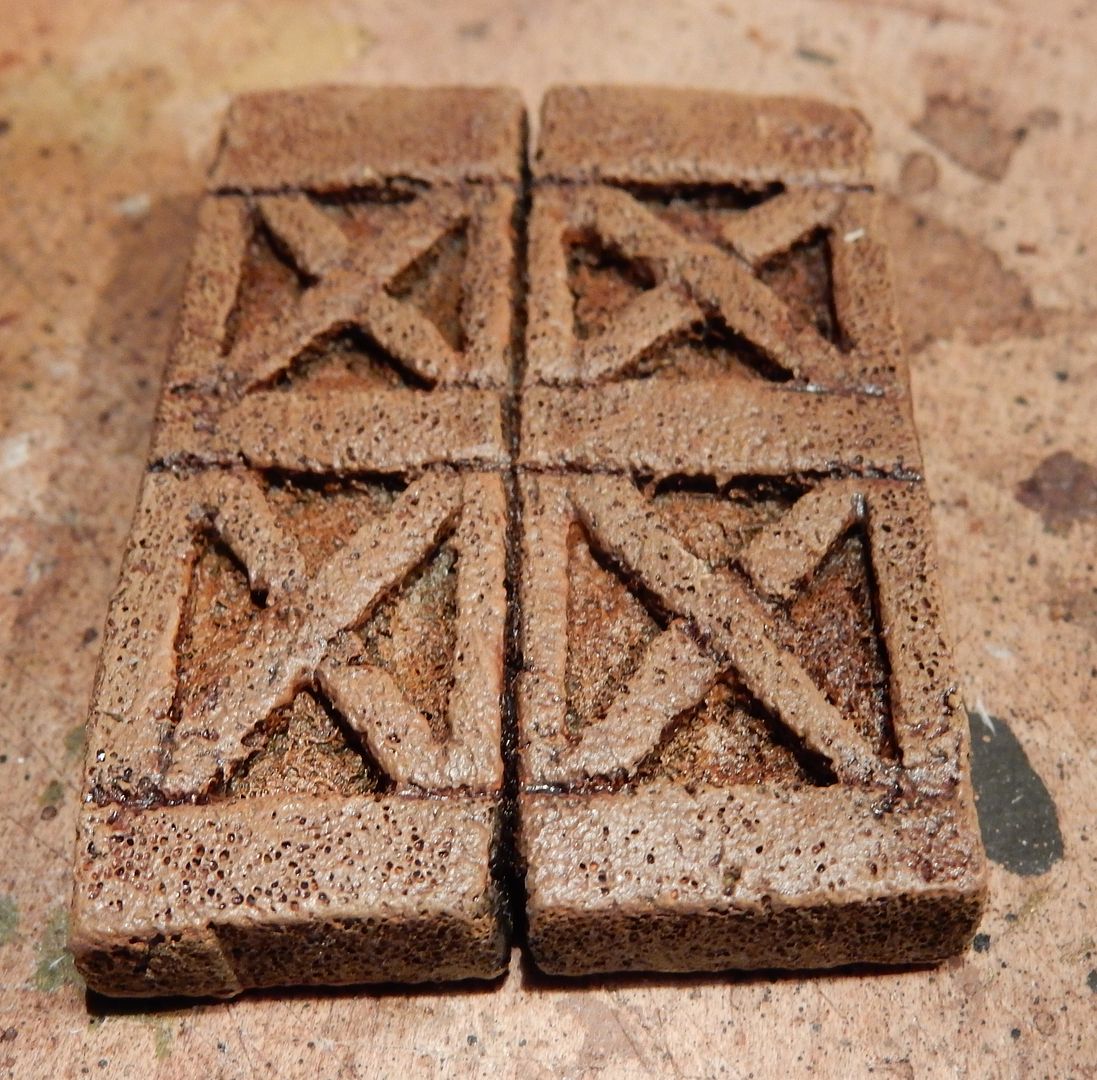

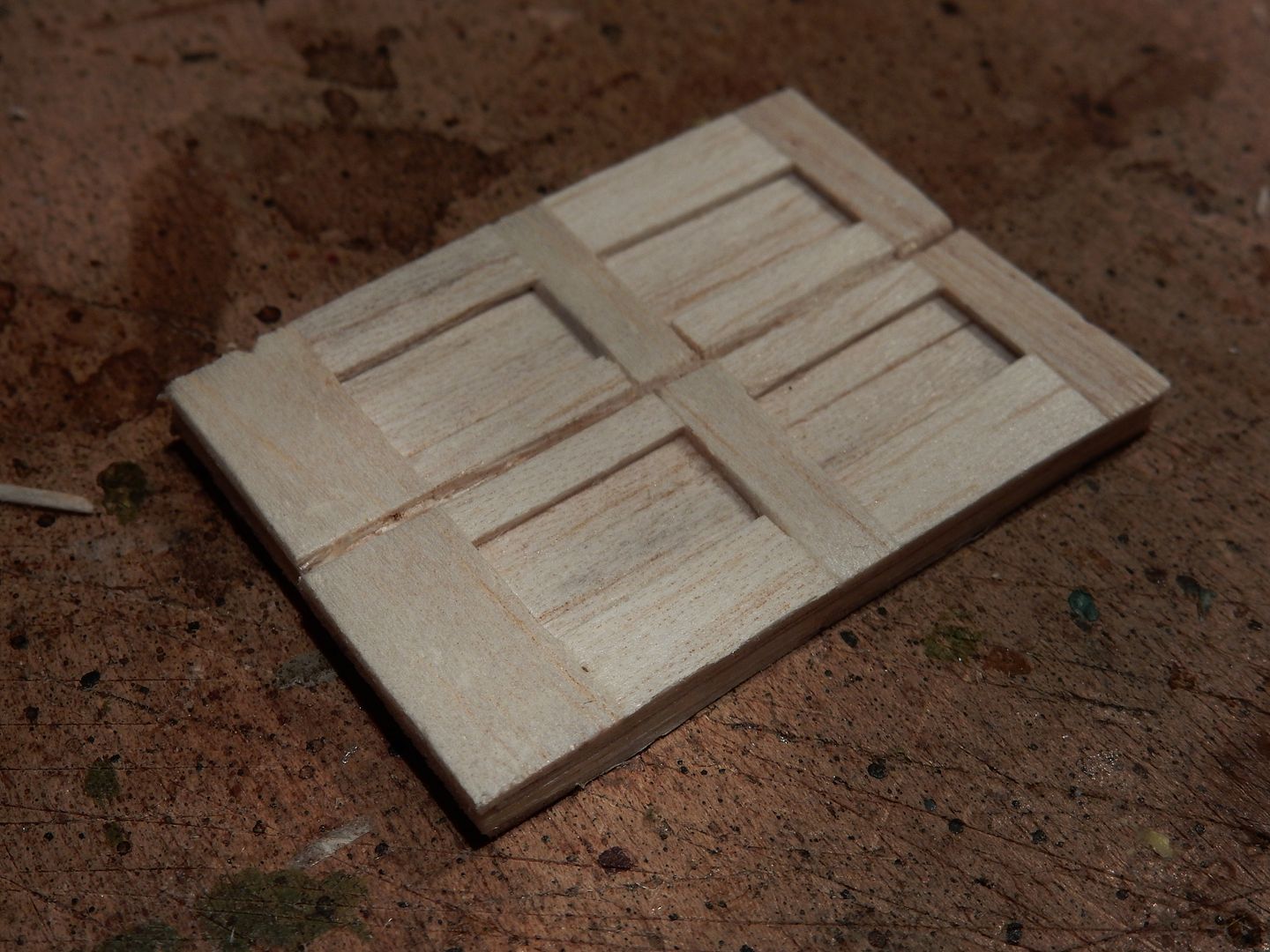
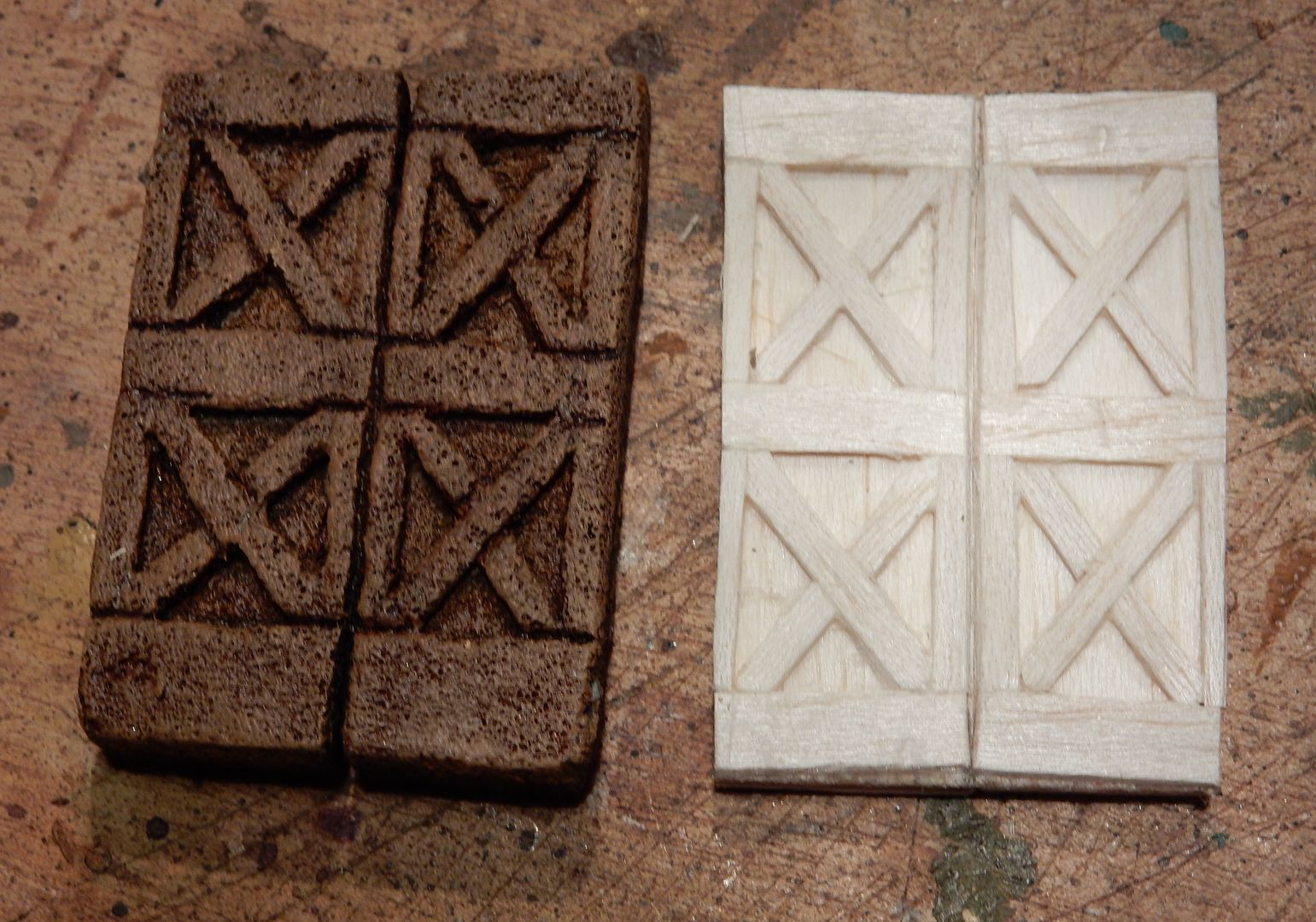
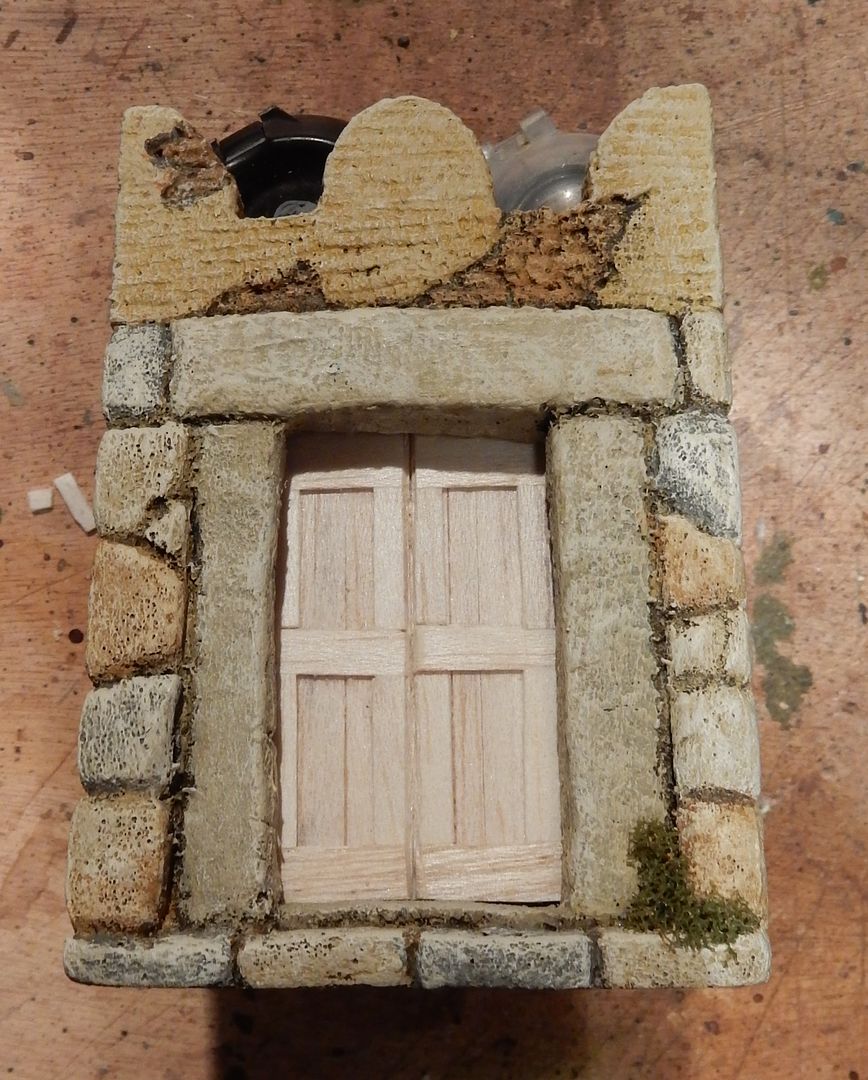
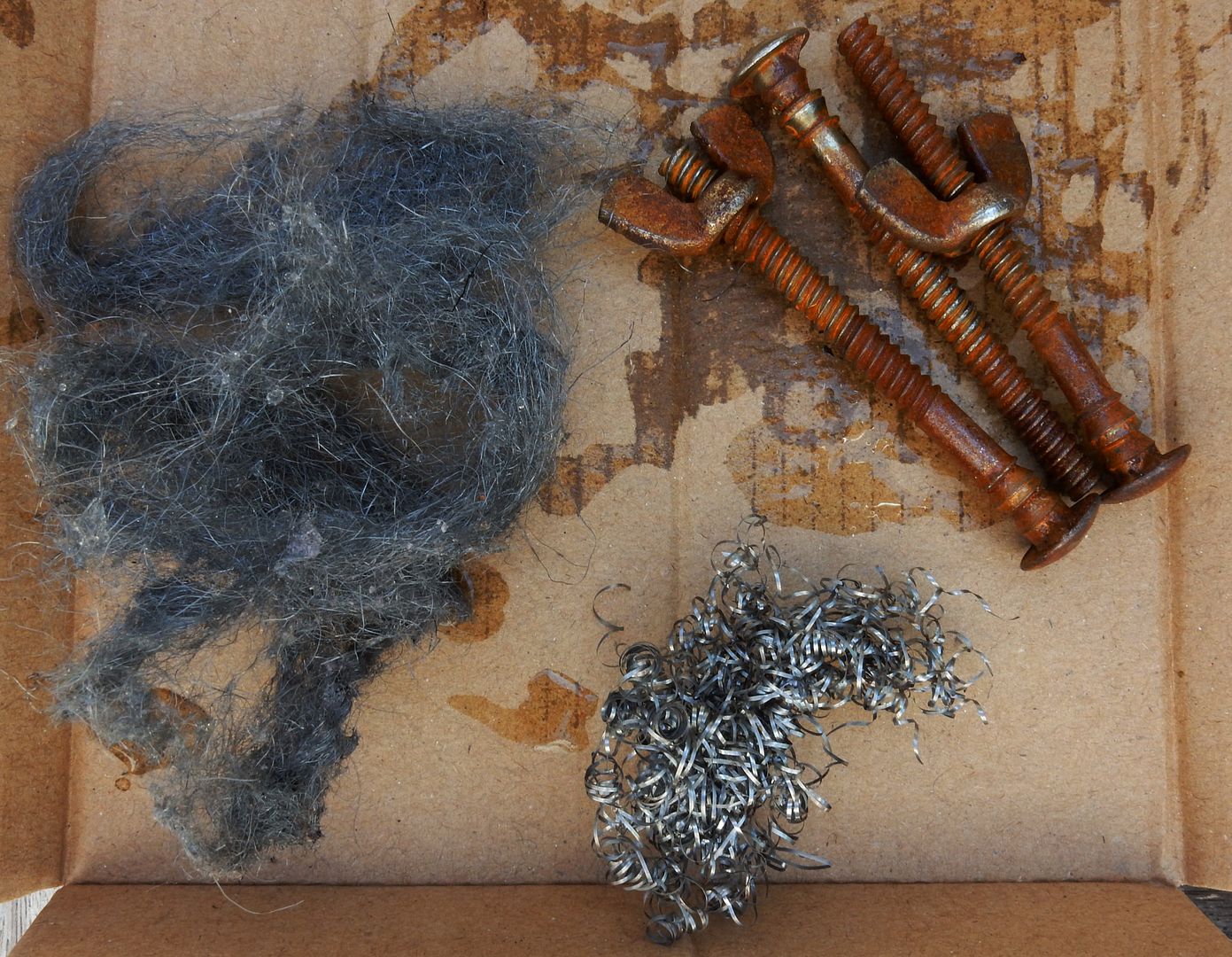

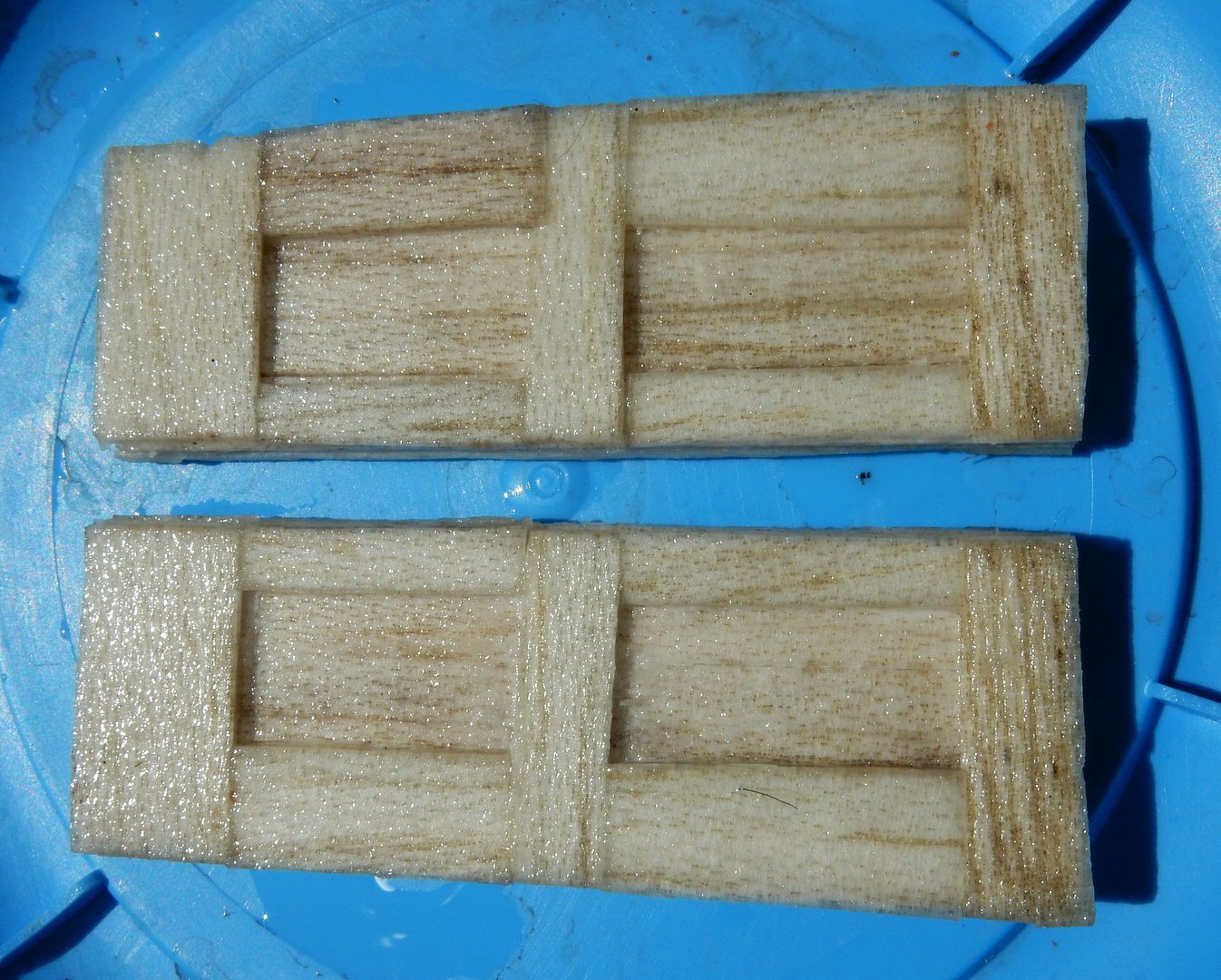

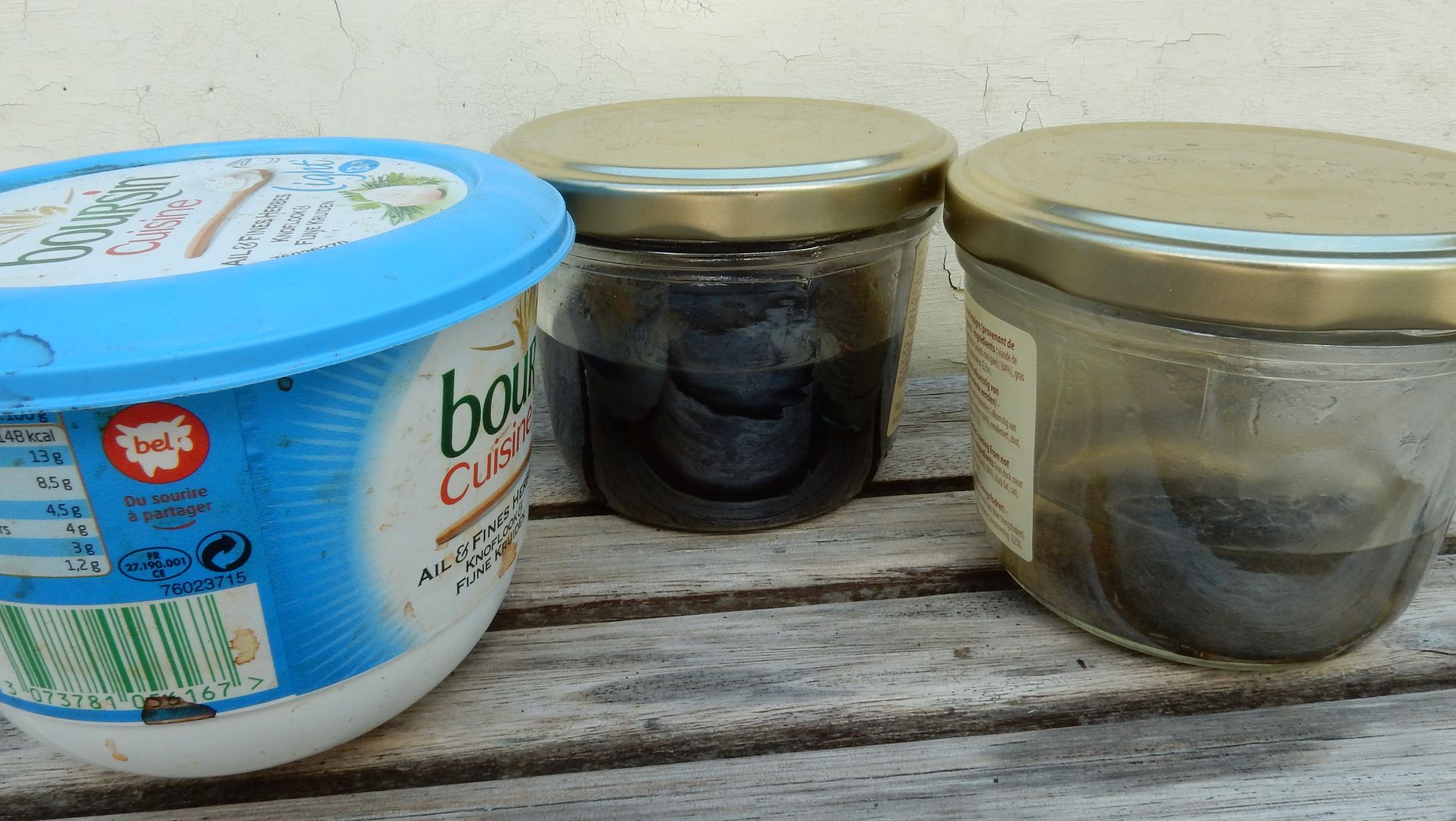
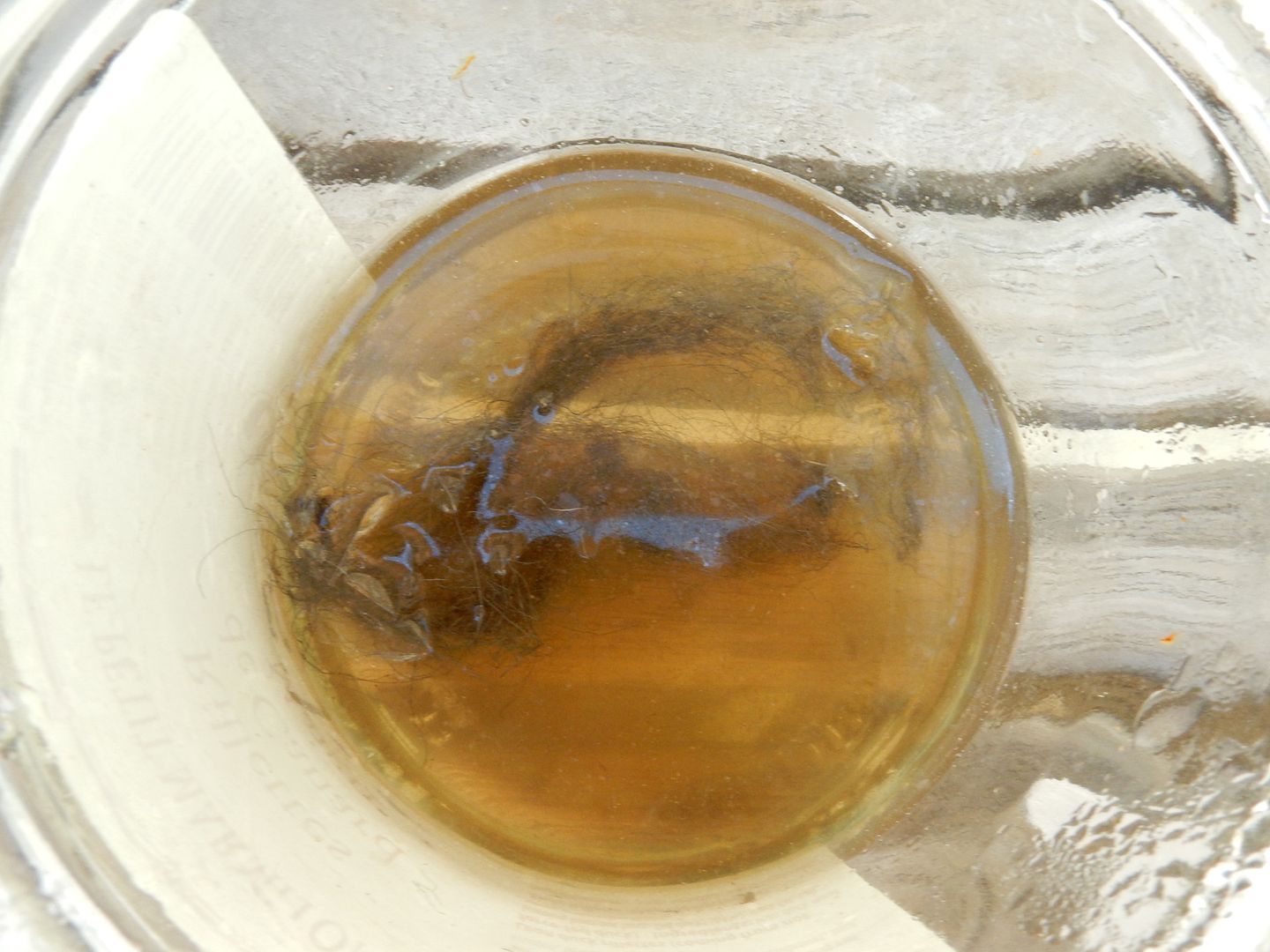
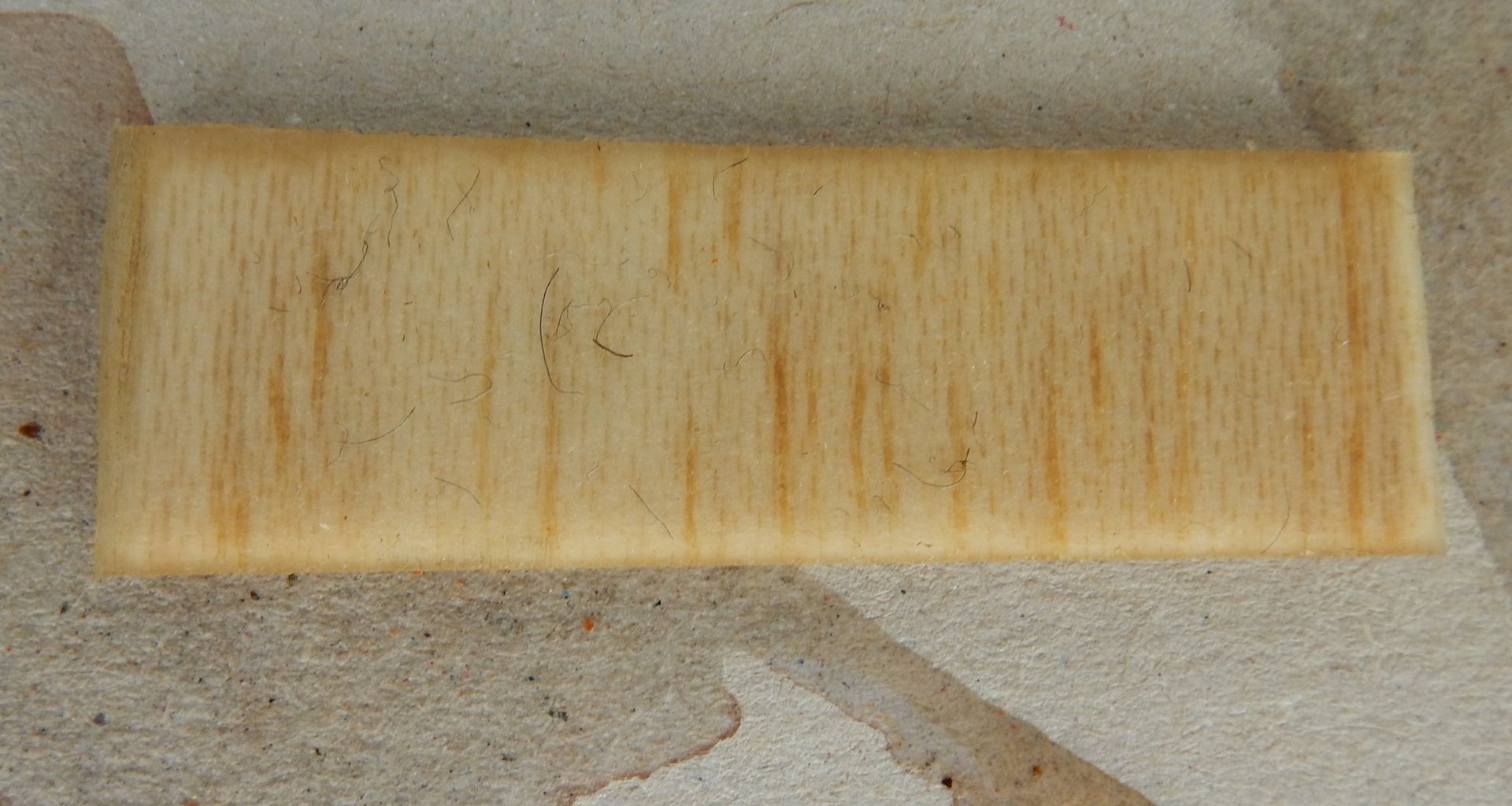

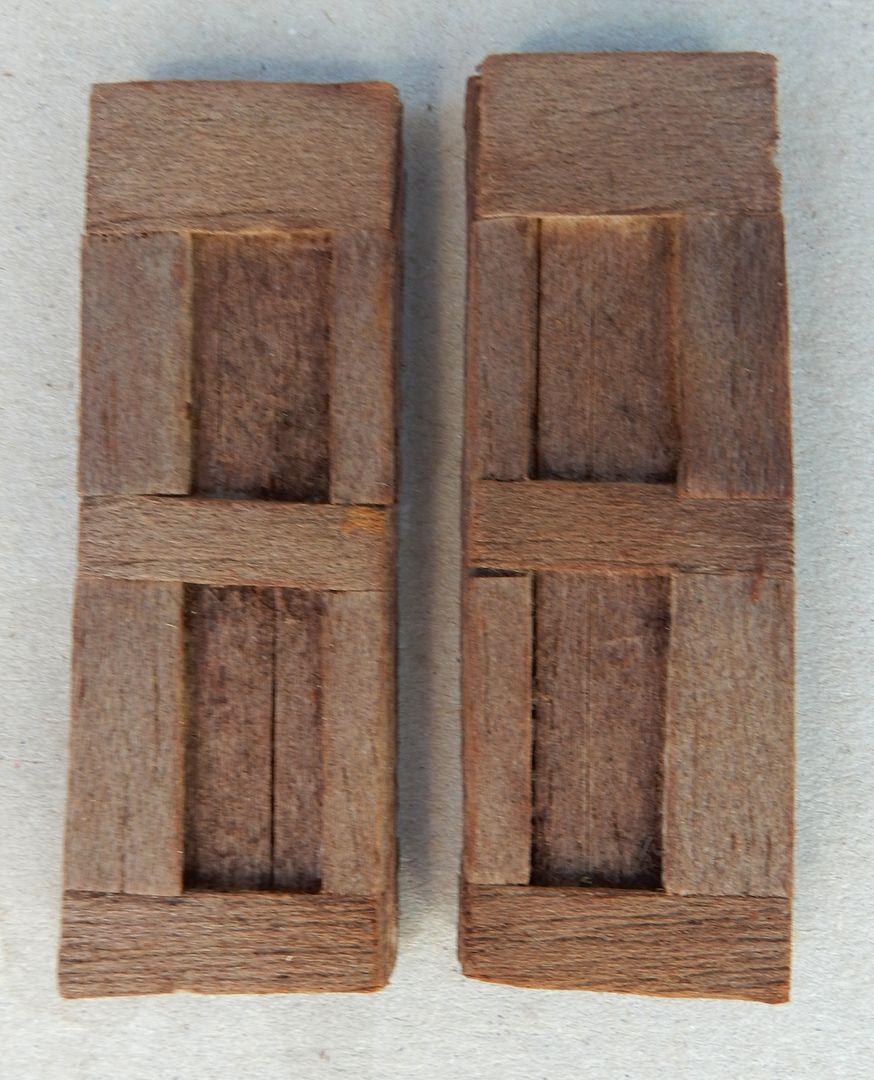

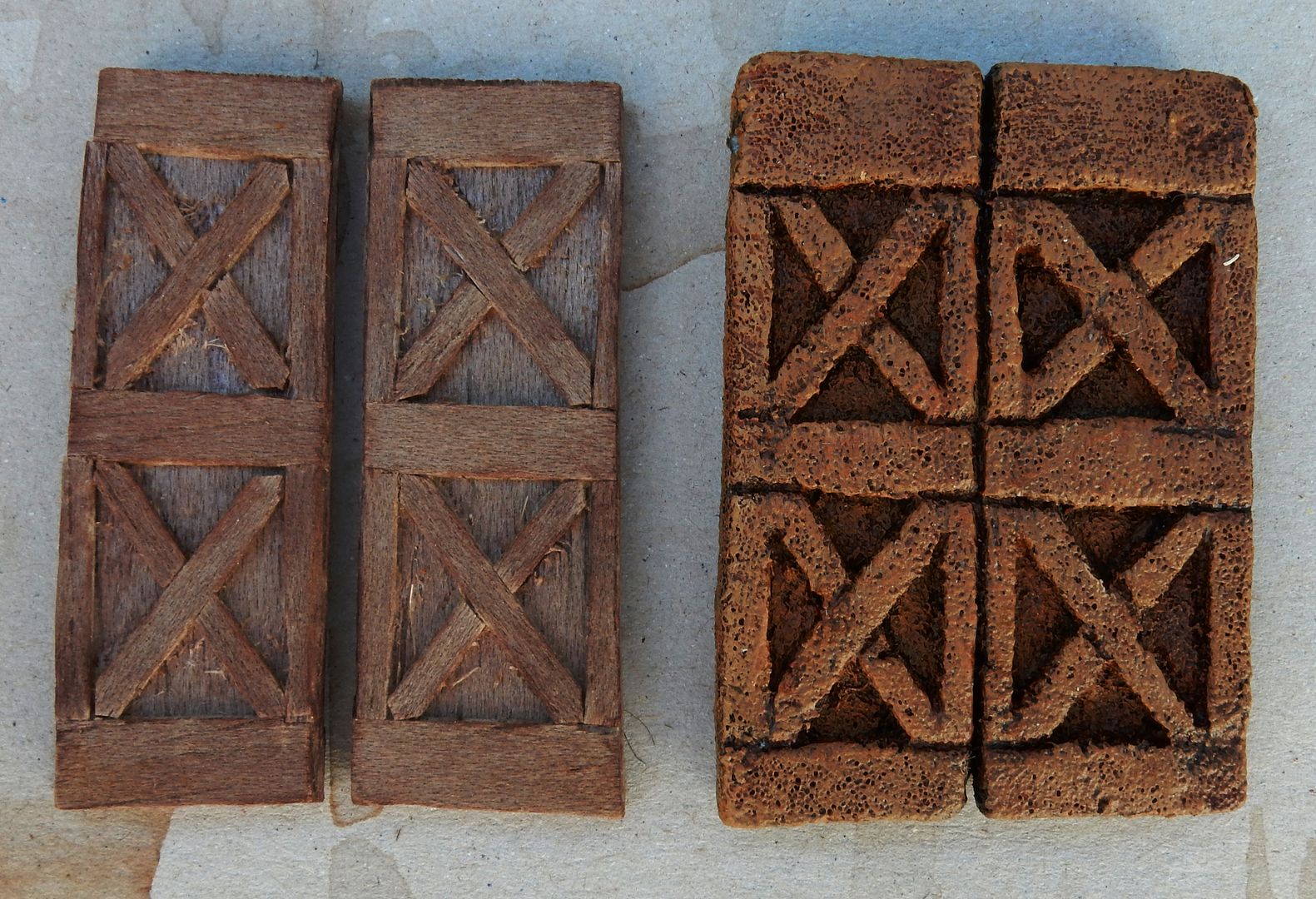
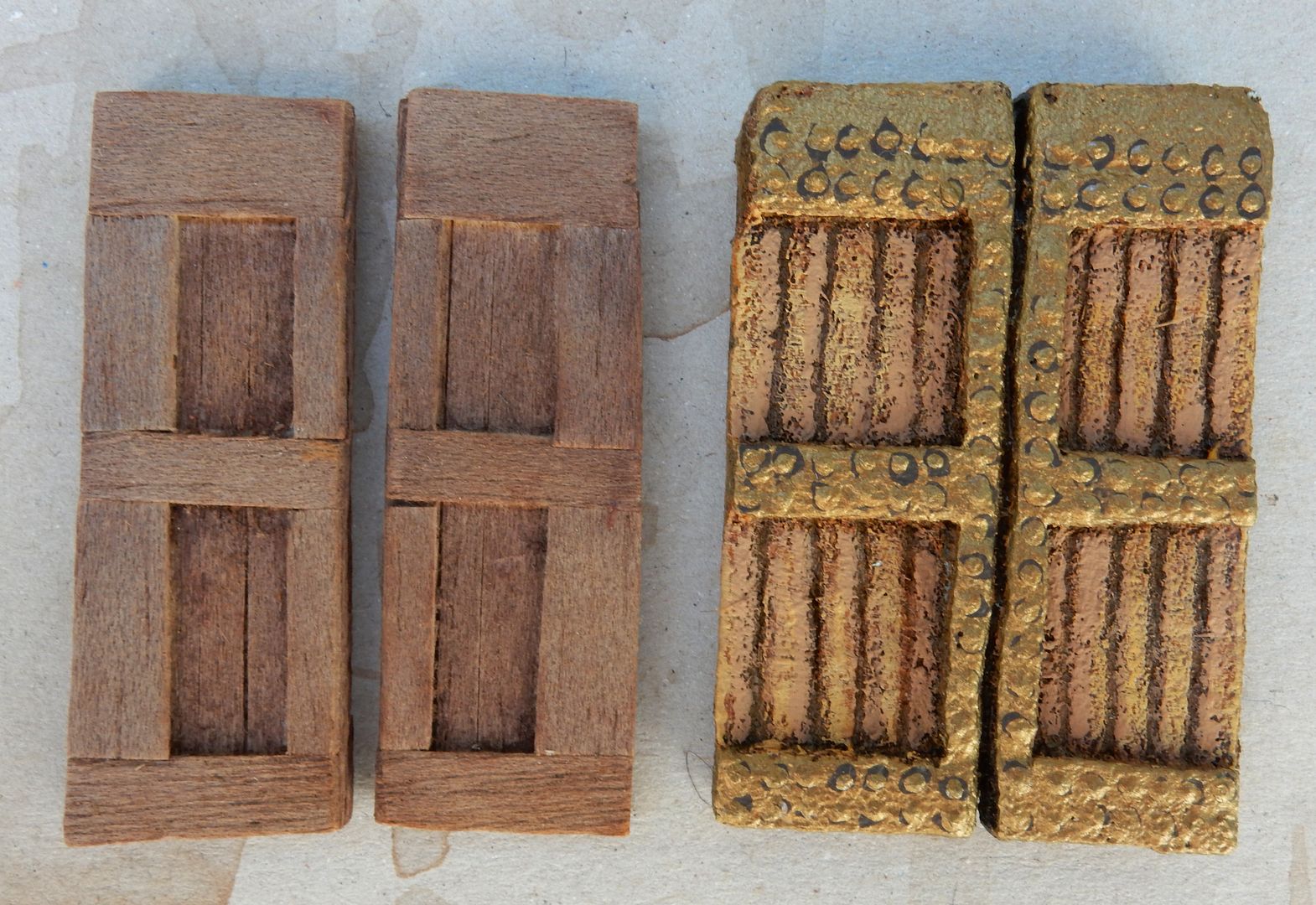
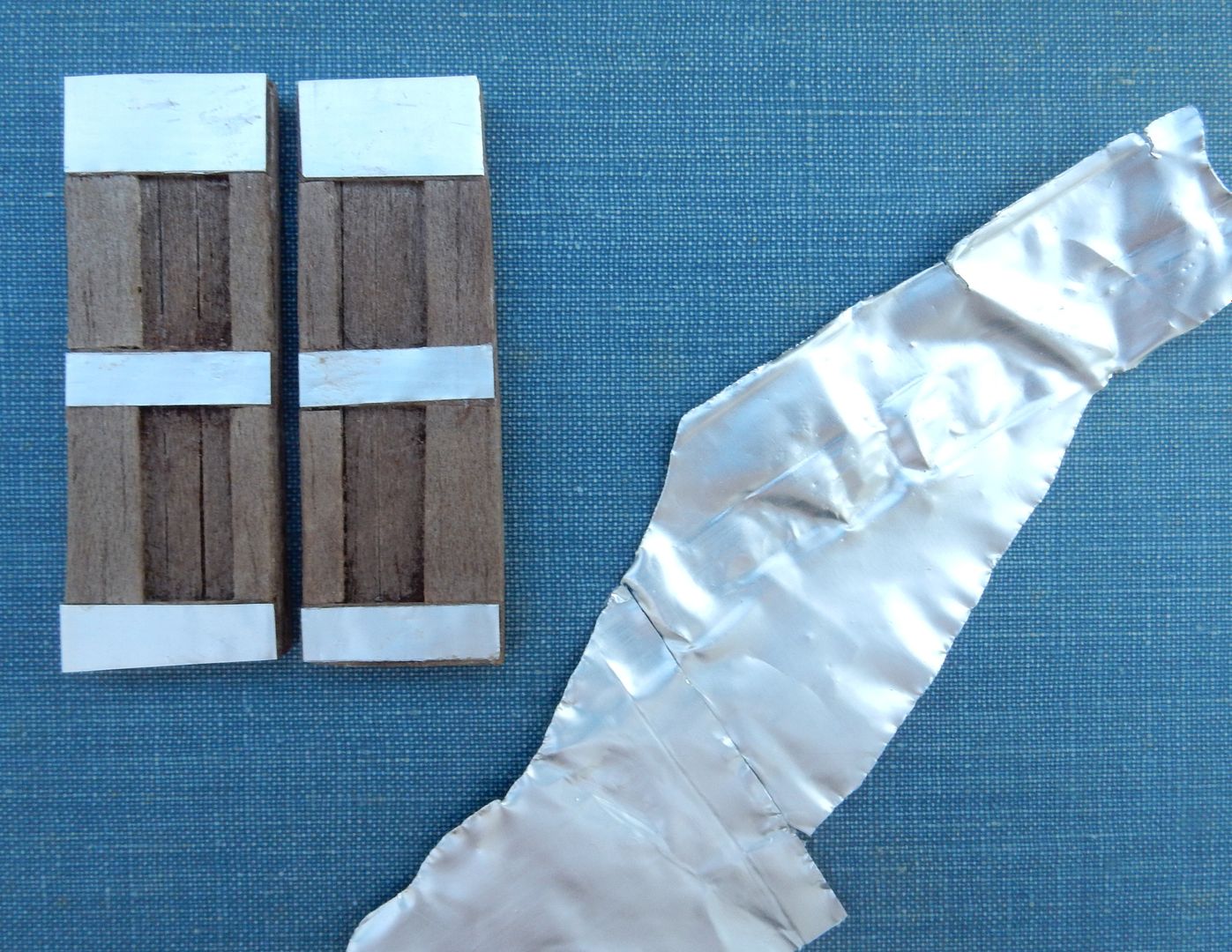
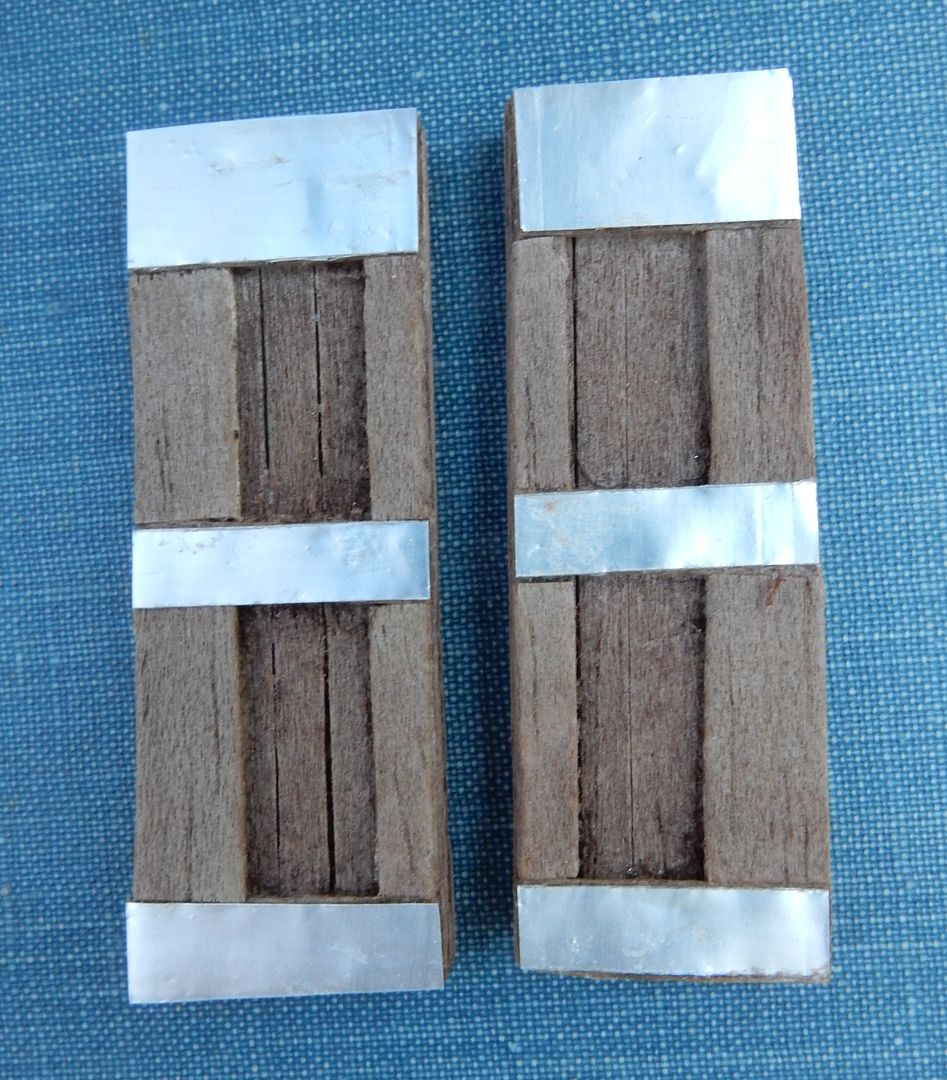
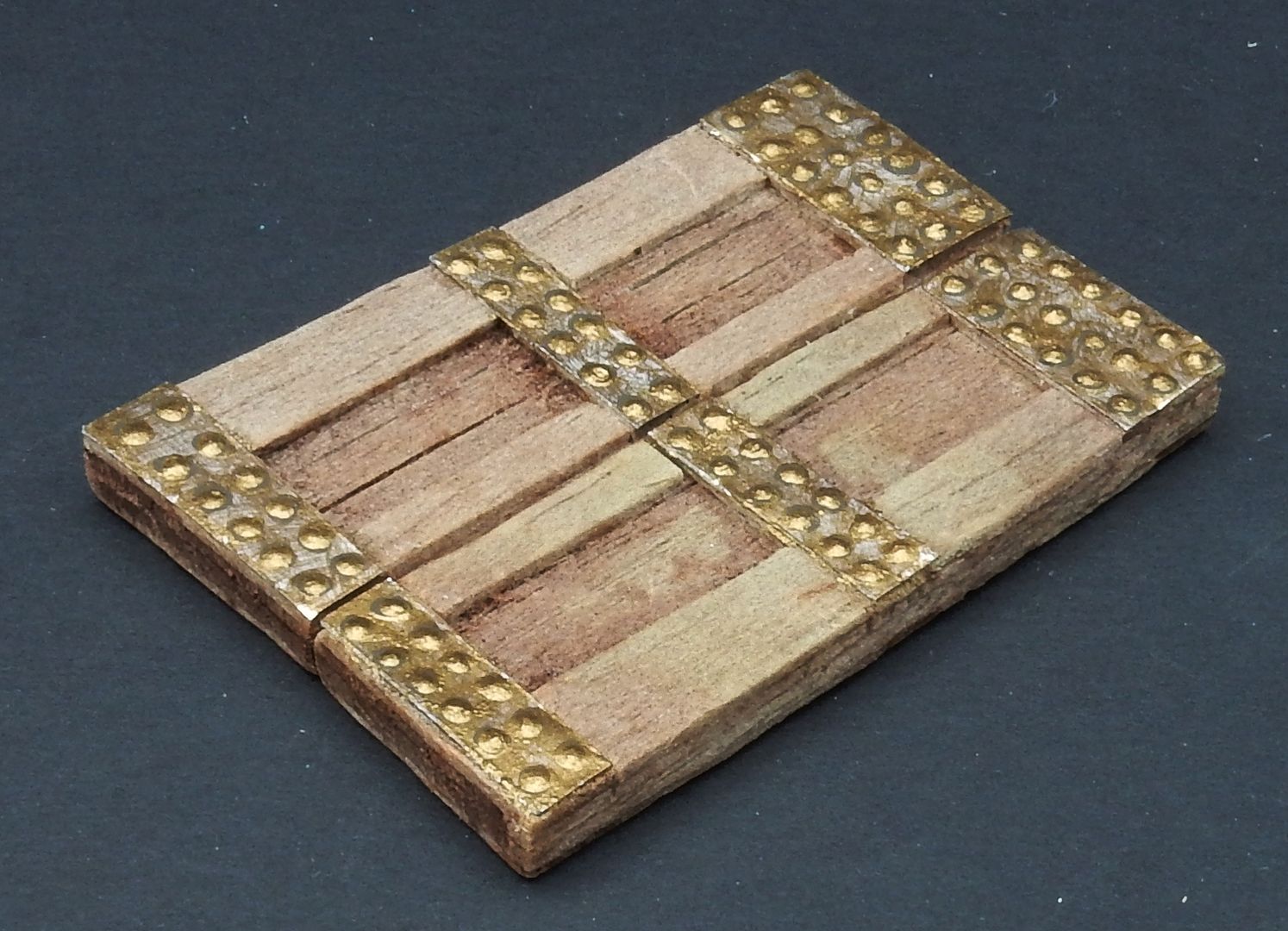
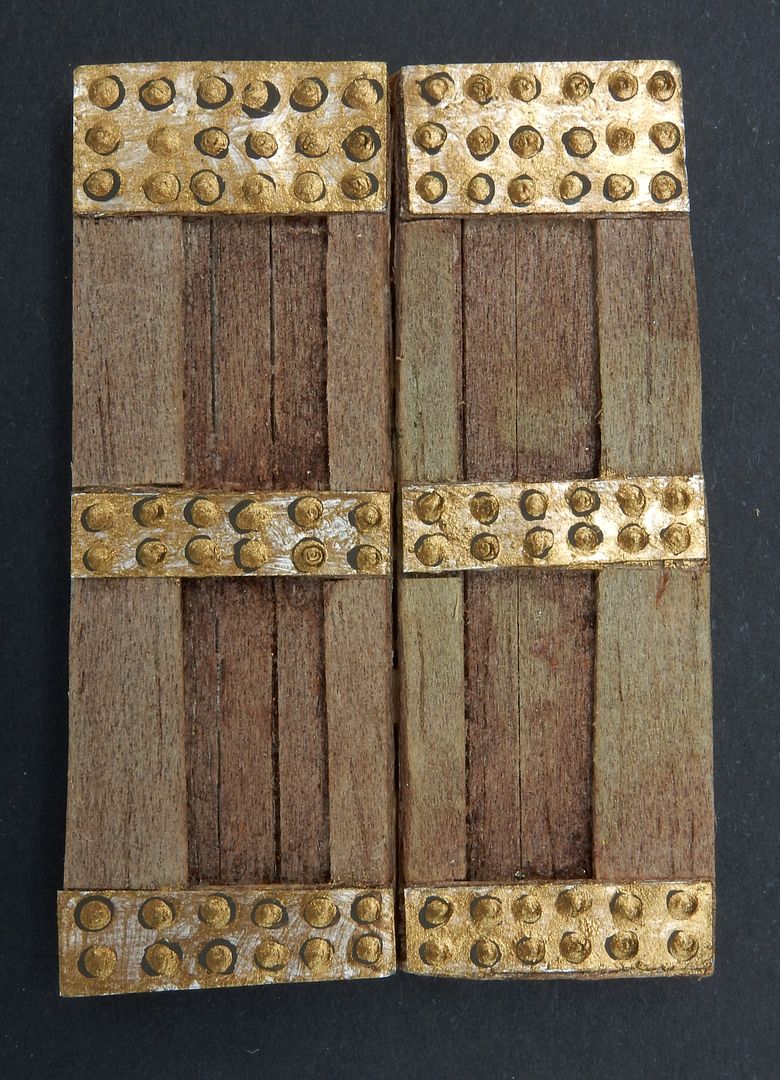
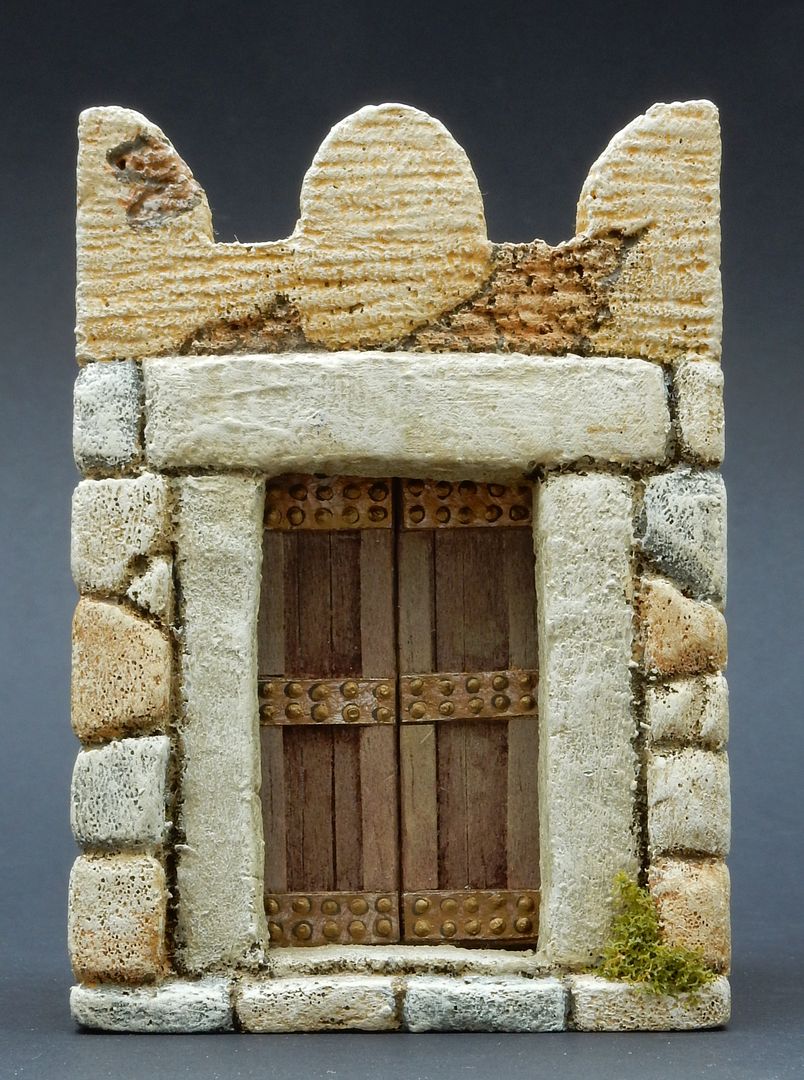
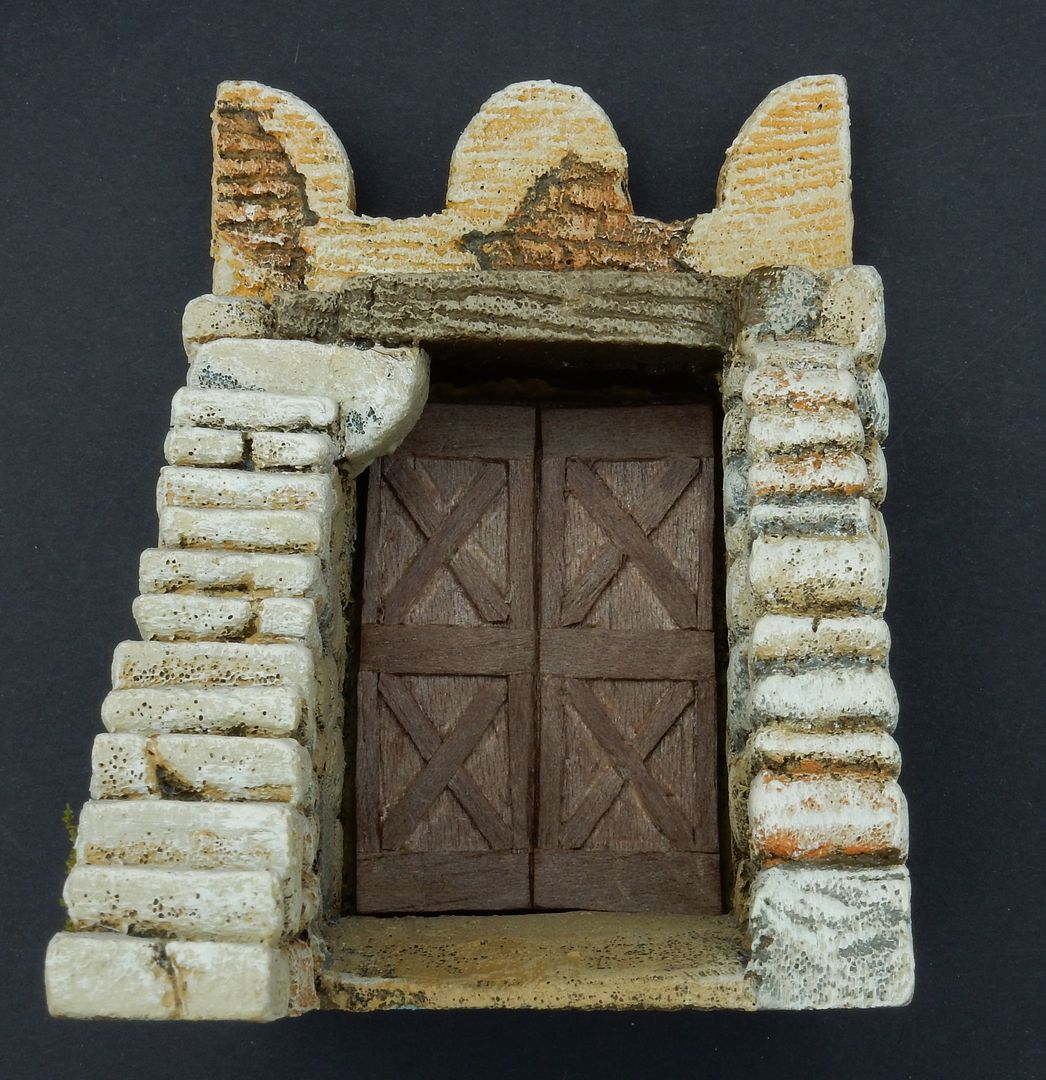
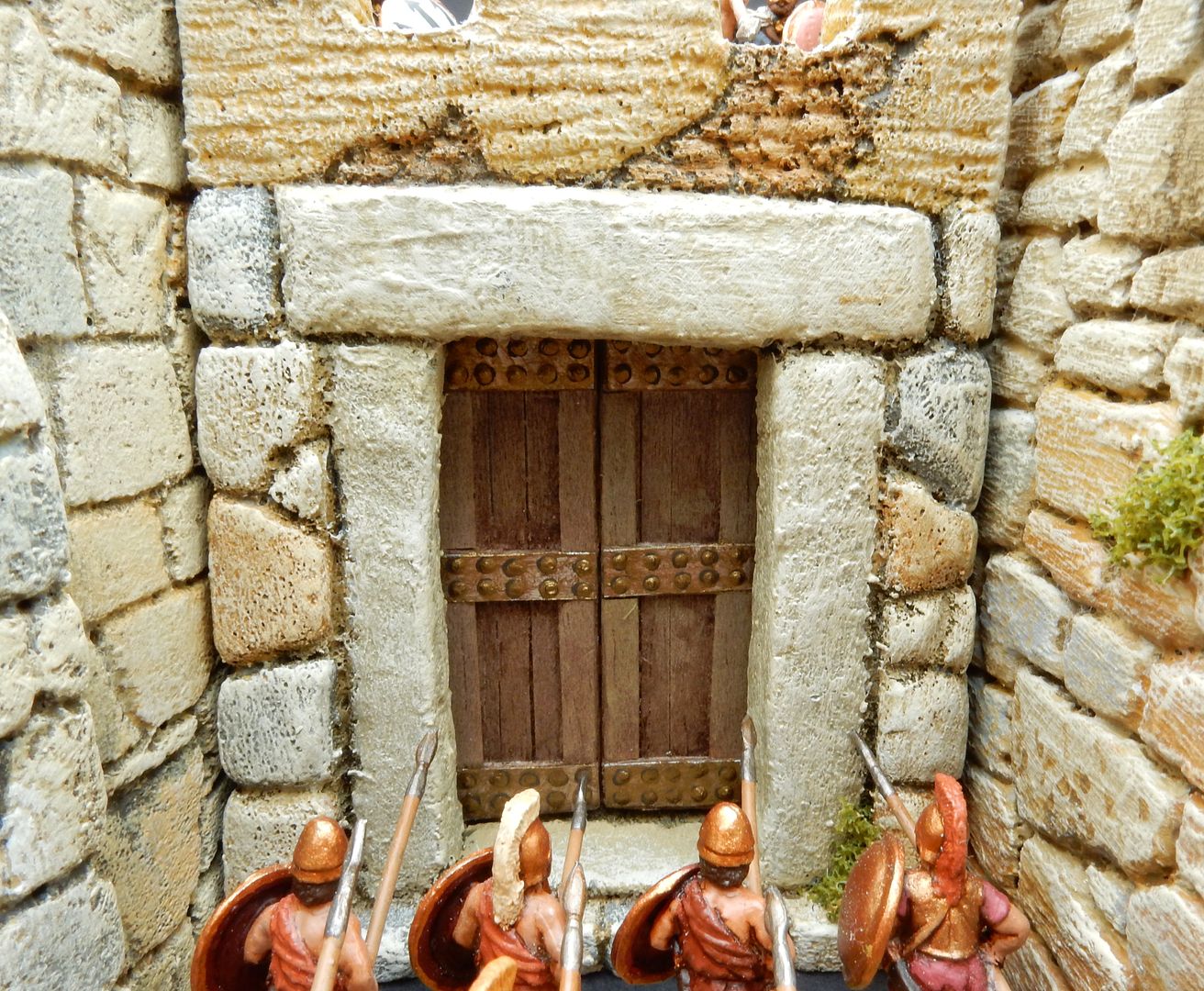
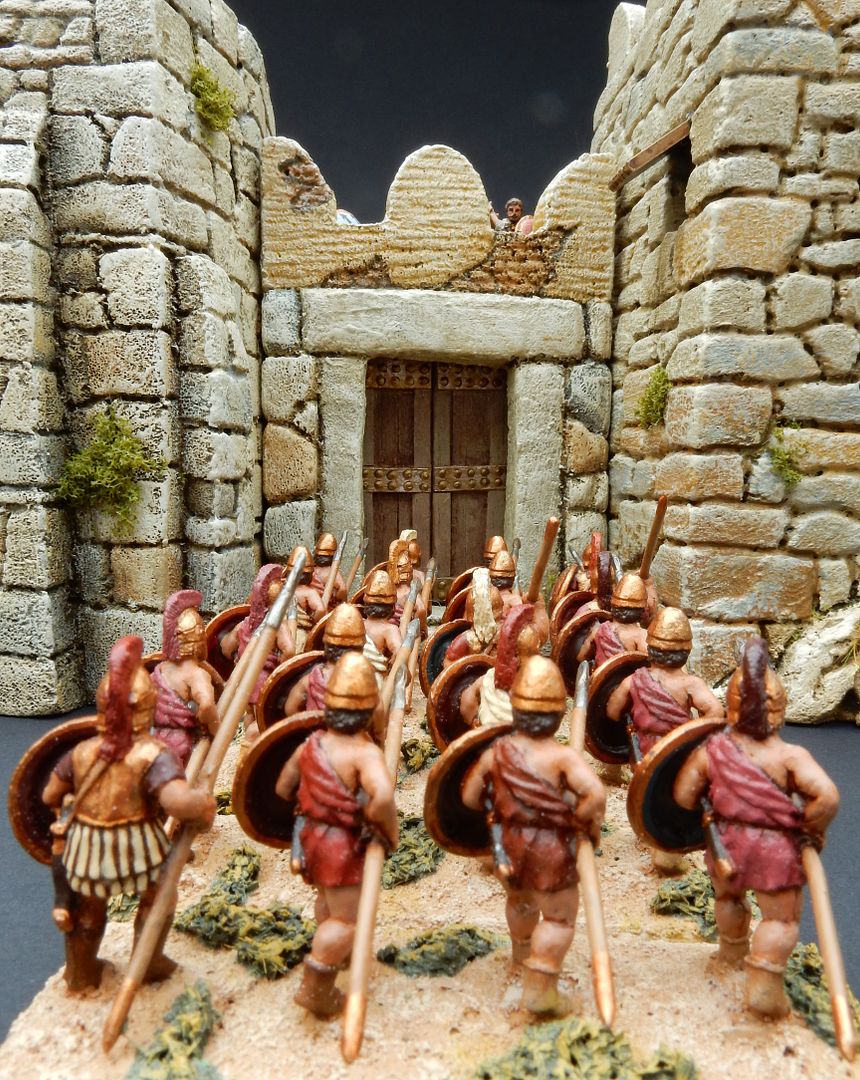
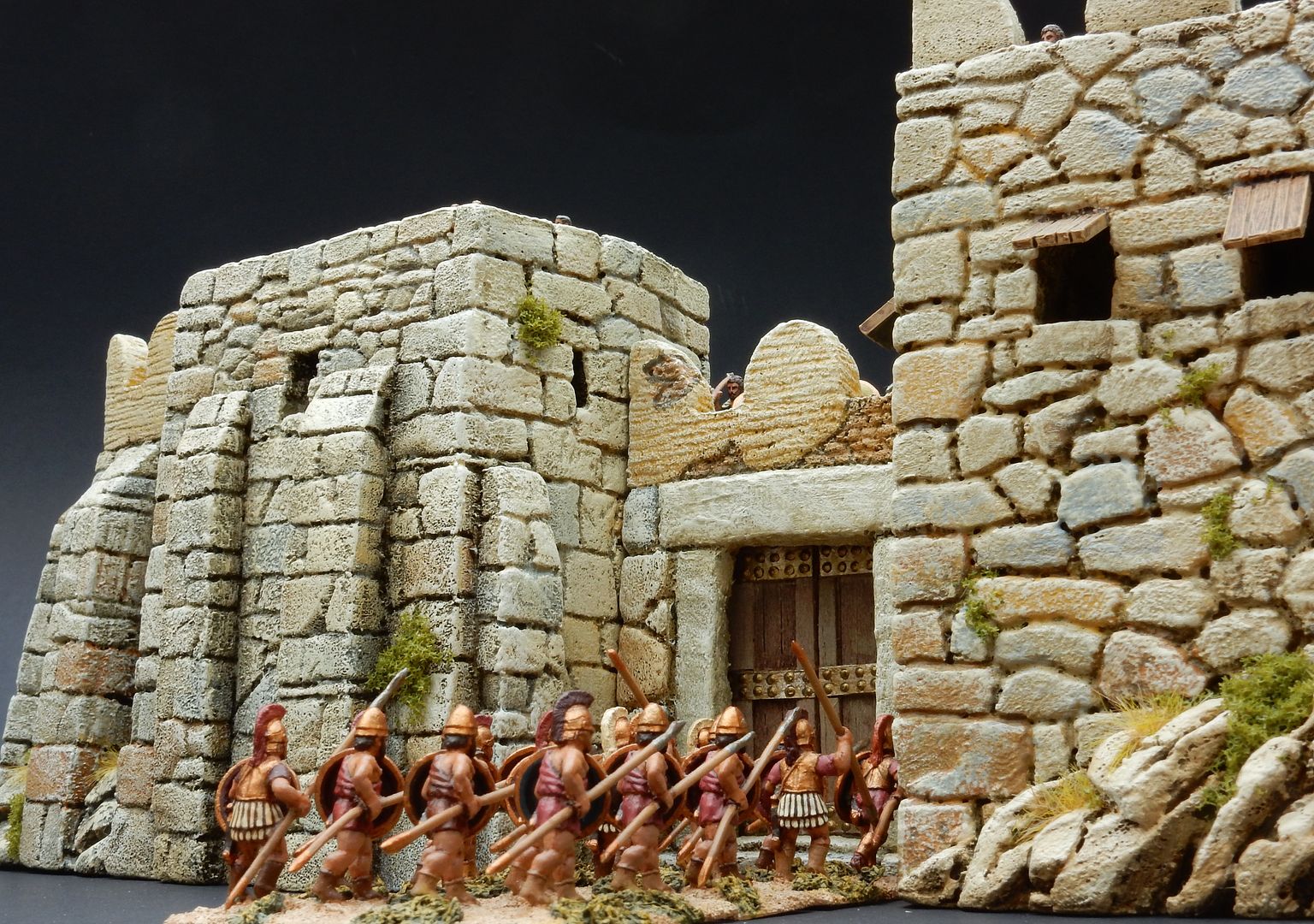

 Supporting Business
Supporting Business
 Moderator
Moderator Supporting Member (Bronze)
Supporting Member (Bronze) 







 Supporting Member (Bronze)
Supporting Member (Bronze)
Kekso wrote:small patches of moss on walls are really nice
Kostis Ornerakis wrote:I'm excited because the tip worked.
dykio wrote:one of the best terrain/scrathbuilding makers seen on the web
stenfalk wrote:historically proven
chen wrote:I feel very regretful to have missed this topic for such a long time.
chen wrote:I've read it several times this afternoon
chen wrote:still feeling that my blood is boiling.

 Supporting Business
Supporting BusinessMr. Cryns wrote:So I became very curious: who is this (young?) man from China that writes so perfectly English and has so much interest in European history?
I remember one reply of yours to my scratch build tree post but never realised you are such a great painter of figures and more surprising to me: there is a whole DBA gaming 'world' in China at the moment. I always wondered about that: When did historical tabletop gaming reach China?
Mr. Cryns wrote:So may I ask you (and my excuses if I missed this info in your old posts): did you finally make that Greek tour and what sites of interest did you visit?
Mr. Cryns wrote:And one more question: your great knowledge of English language opens the whole world for you, while working form China. But what if I was a Chinese guy with no knowledge of English or European languages: will it be possible to find tabletop gaming rules in Chinese text? Books about the battle of Borodino in Chinese language?
Mr. Cryns wrote:I spend many years studying all the different Great Walls in China as part of an internet group, from Liaoning and North Korea to Gansu and from Inner Mongolia and the Russian border to the Hymalaya's. But most books were only available in Chinese text and had to be ordered in China only. Apart from (the touristic sites of) Ming walls and some Han walls along the silkroad, here in Europe there is almost no knowledge and no interest in all of those other Dynasties' walls and thousands of Chinese fortresses.
So I would like to hear your Chinese side of this subject: What do Chinese books write about the Phoenician walls of Tyrus or the Greek fortifications of Sicily? Does Alexander the Great appear in any Chinese schoolbook at all?

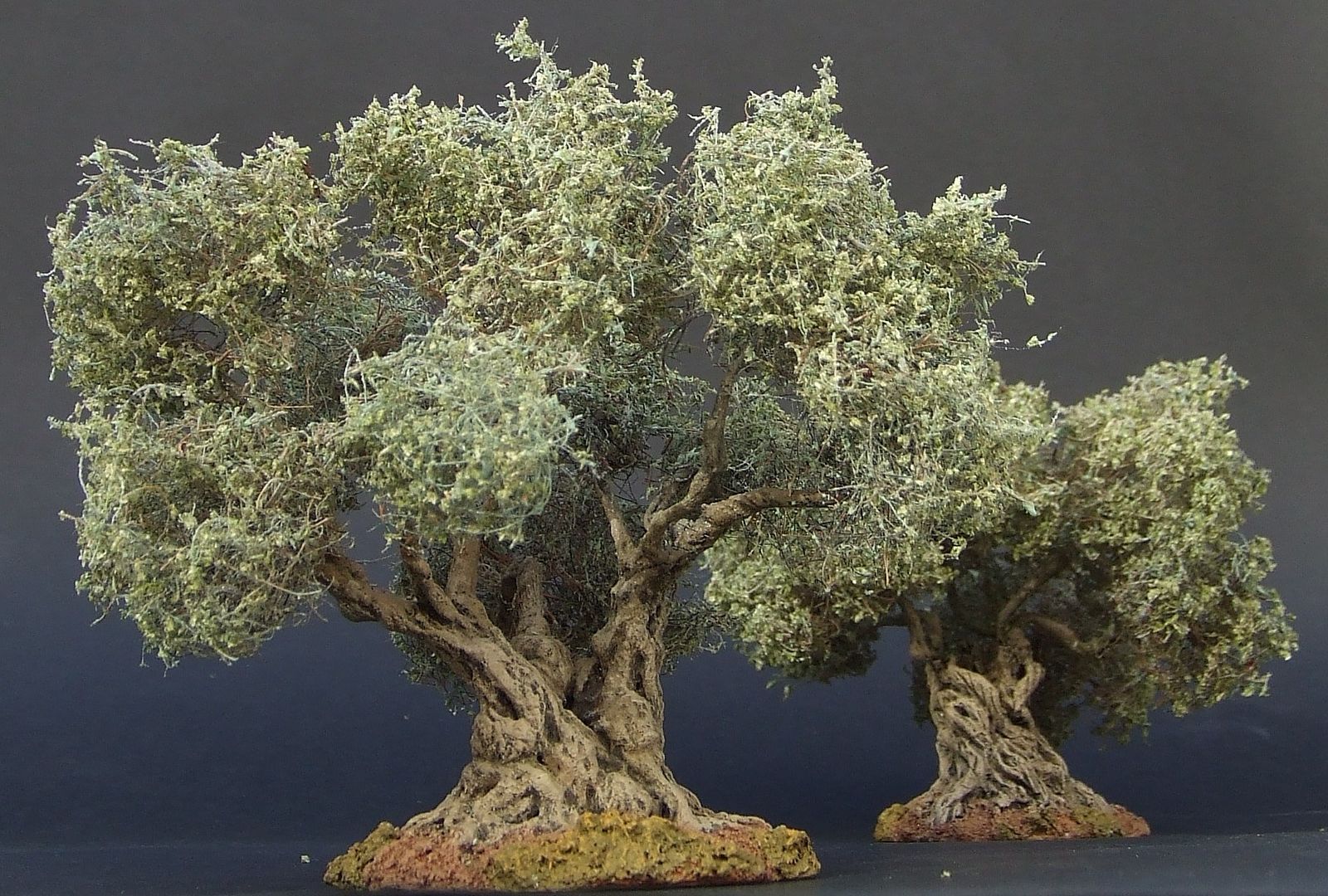










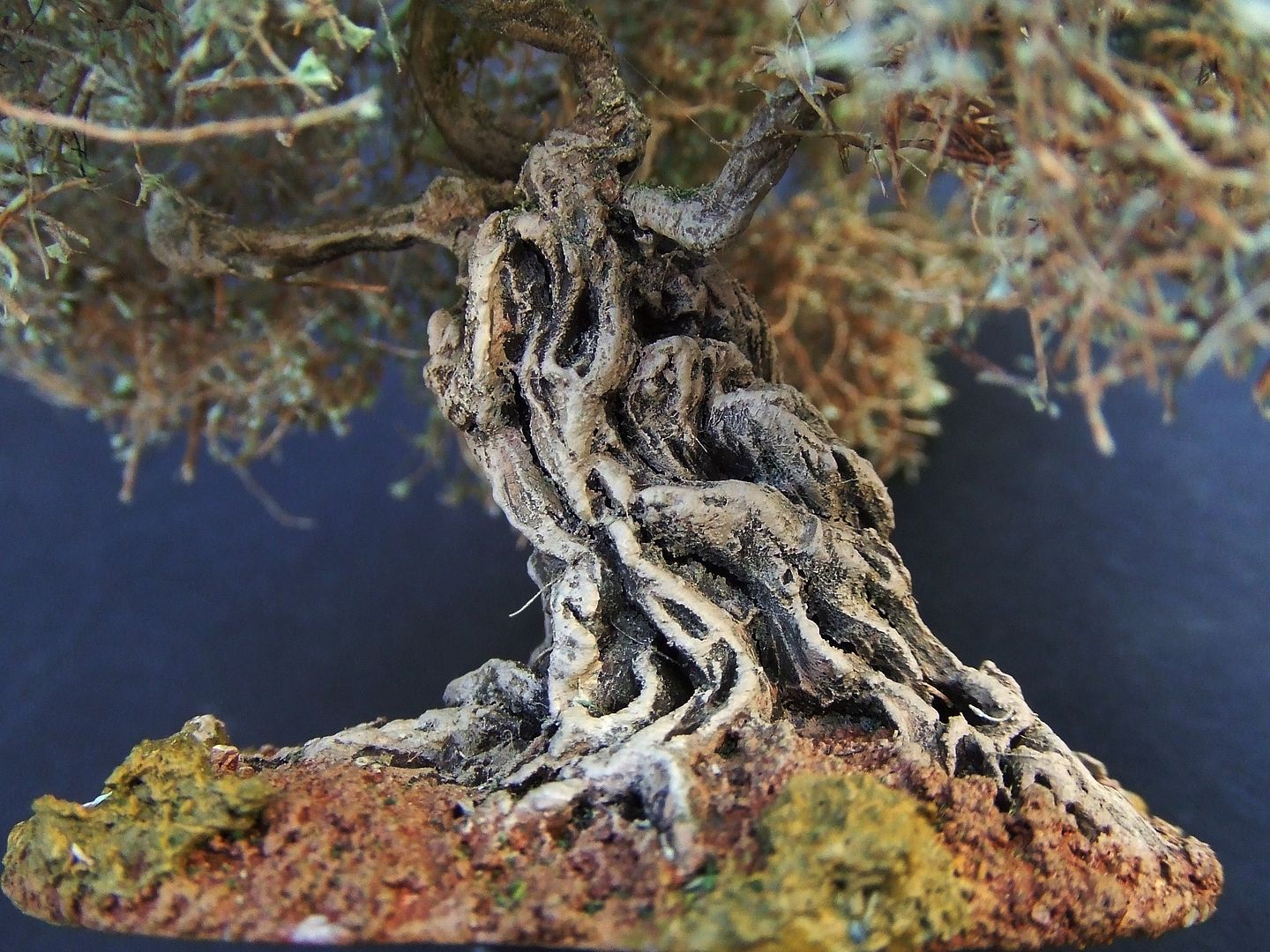
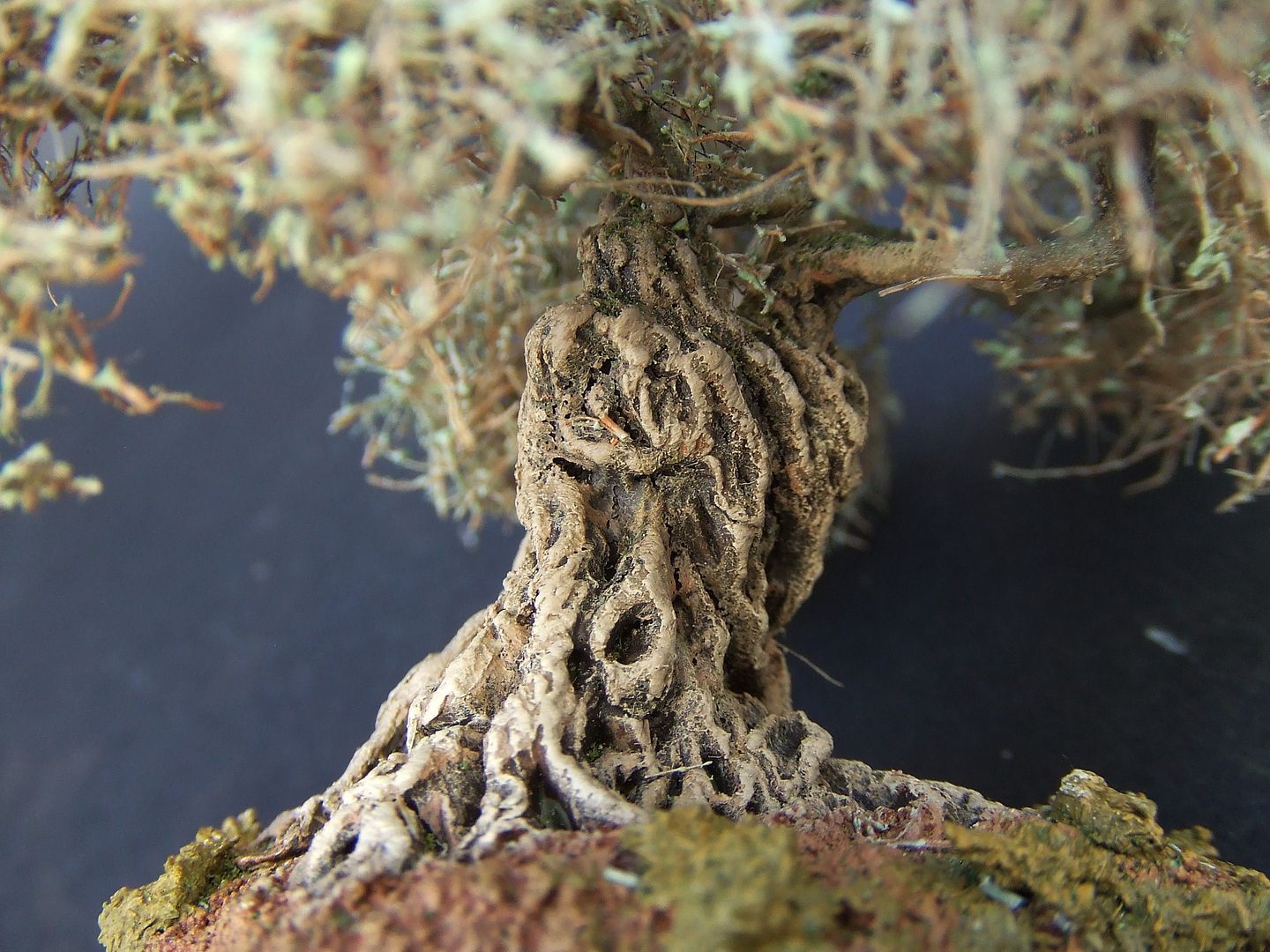
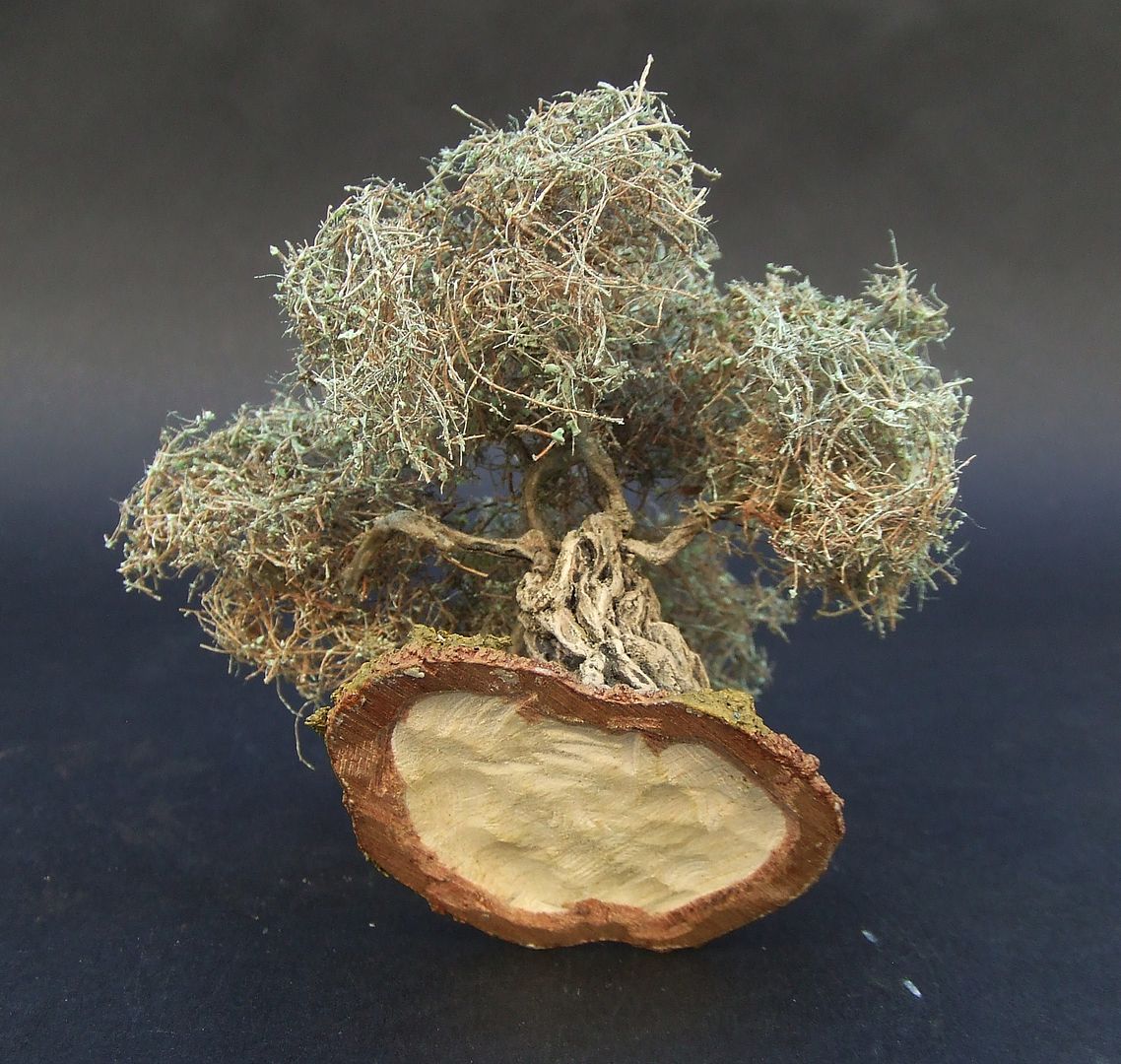

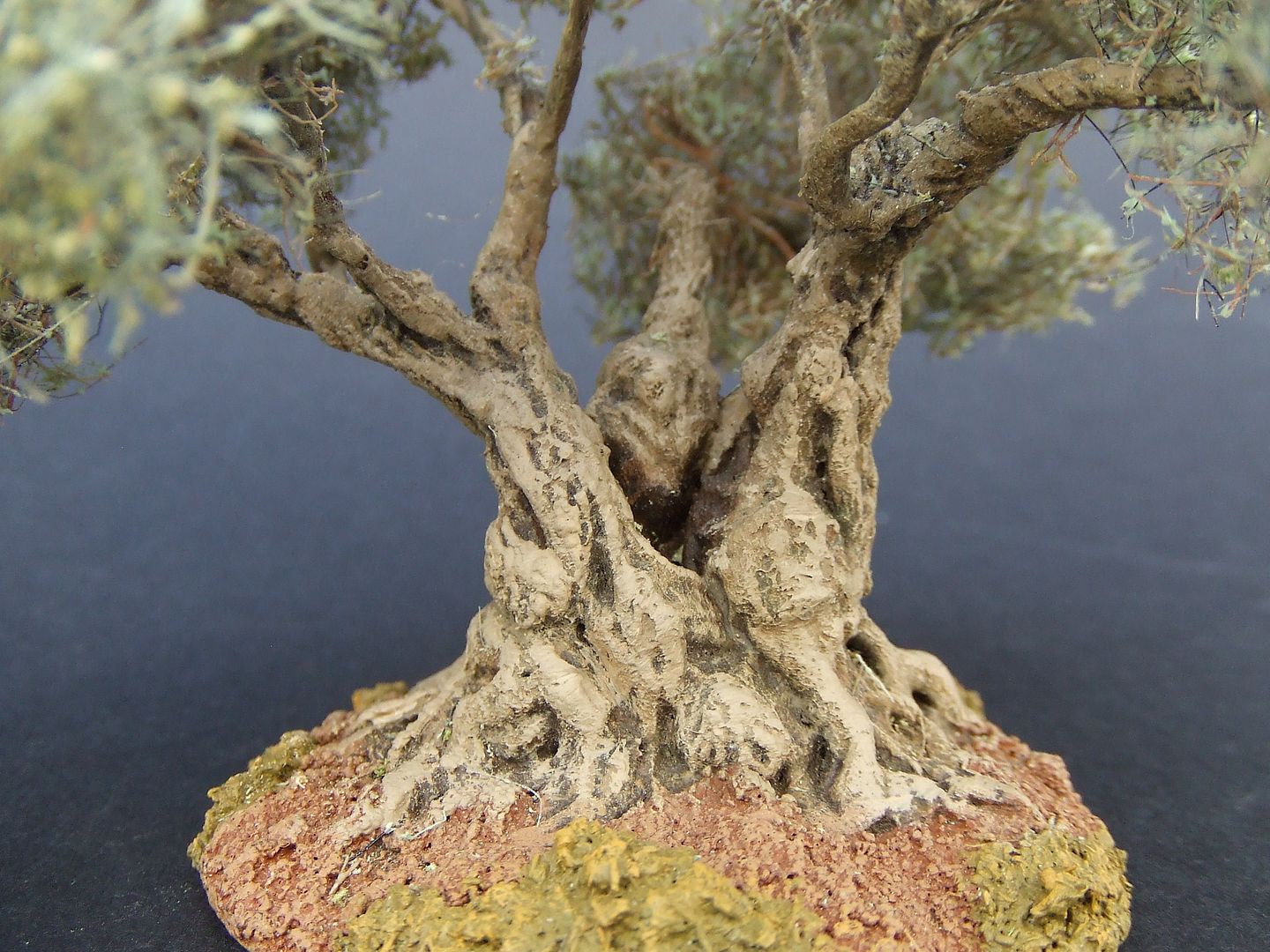
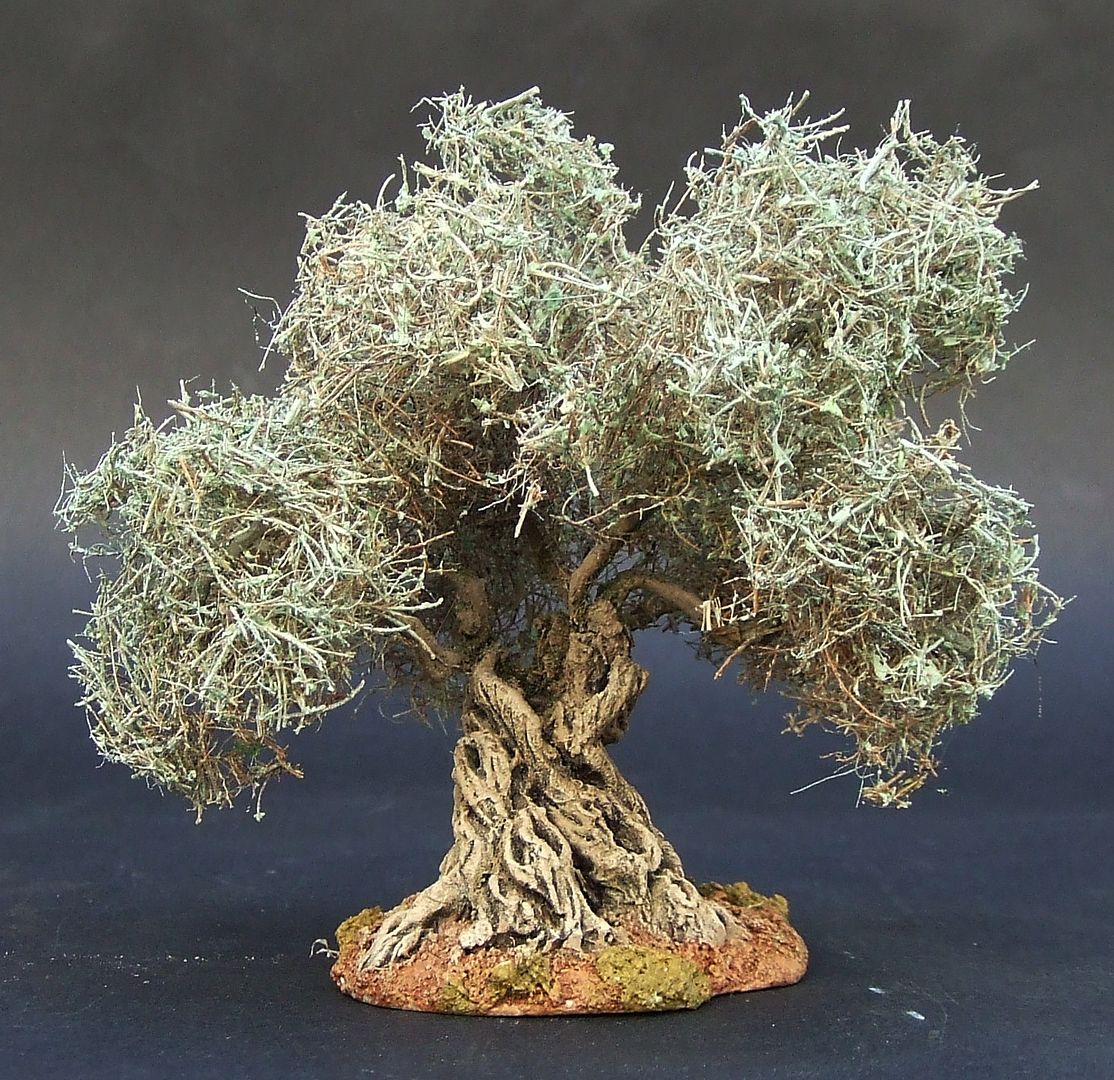
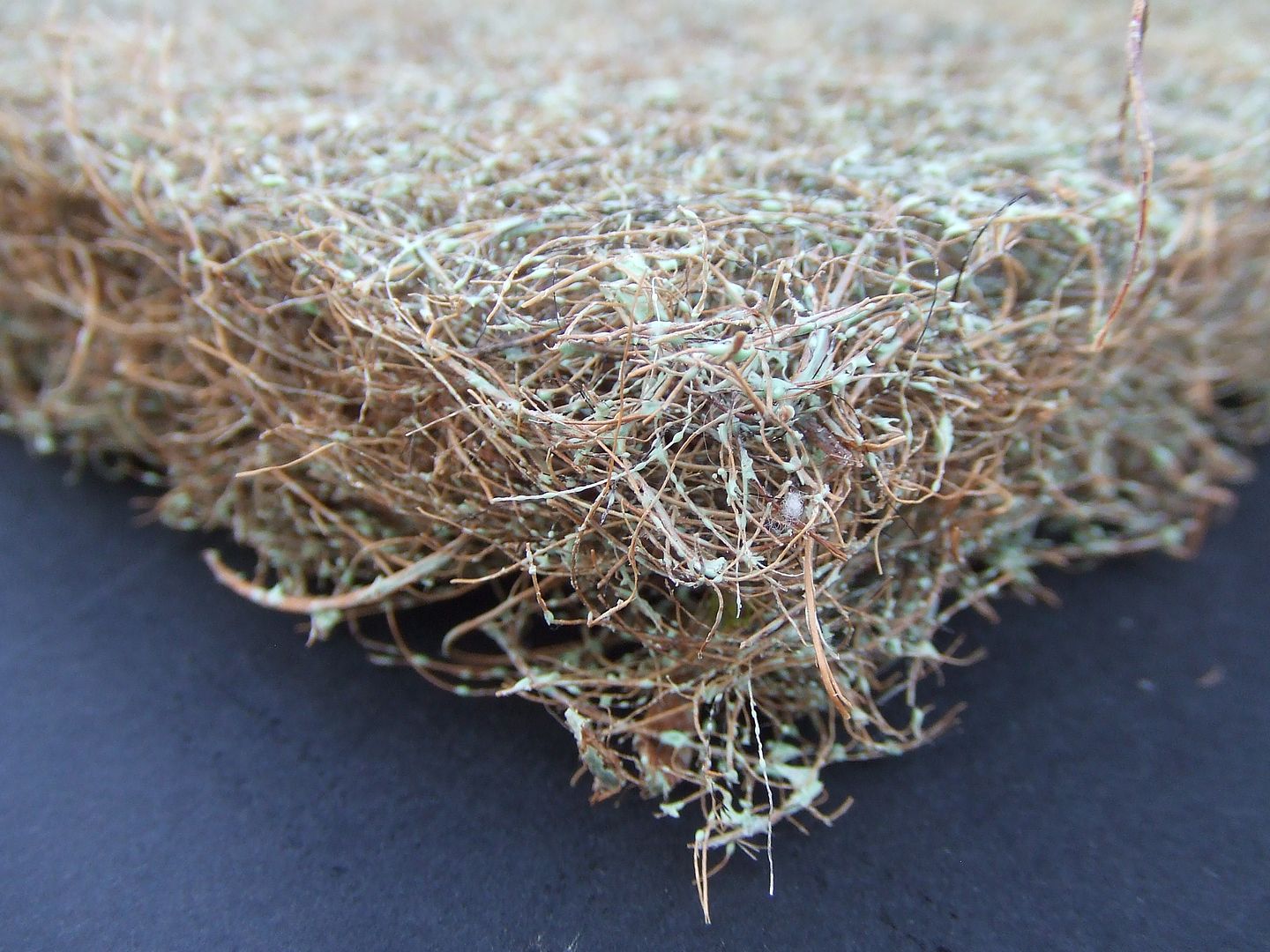
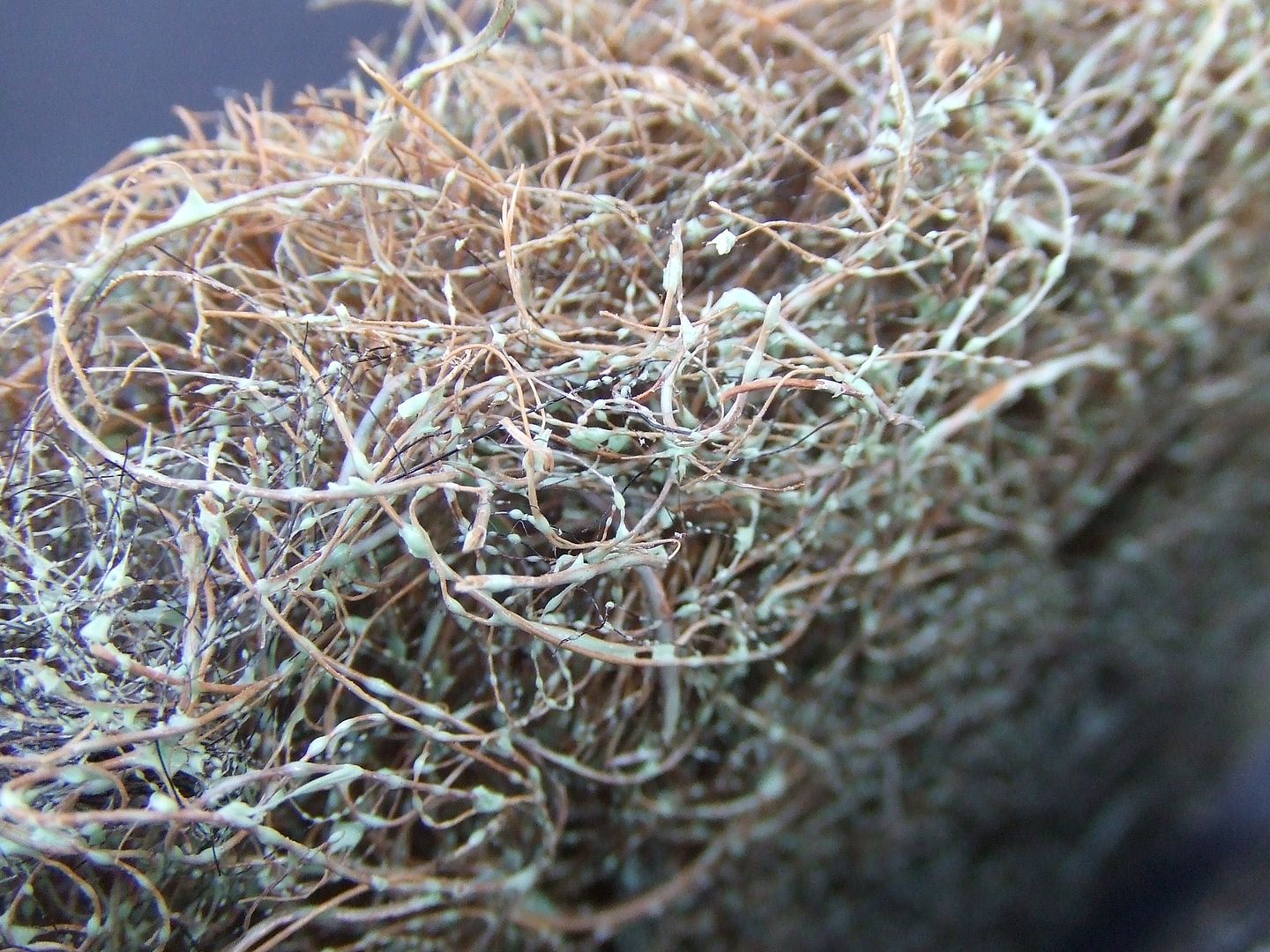

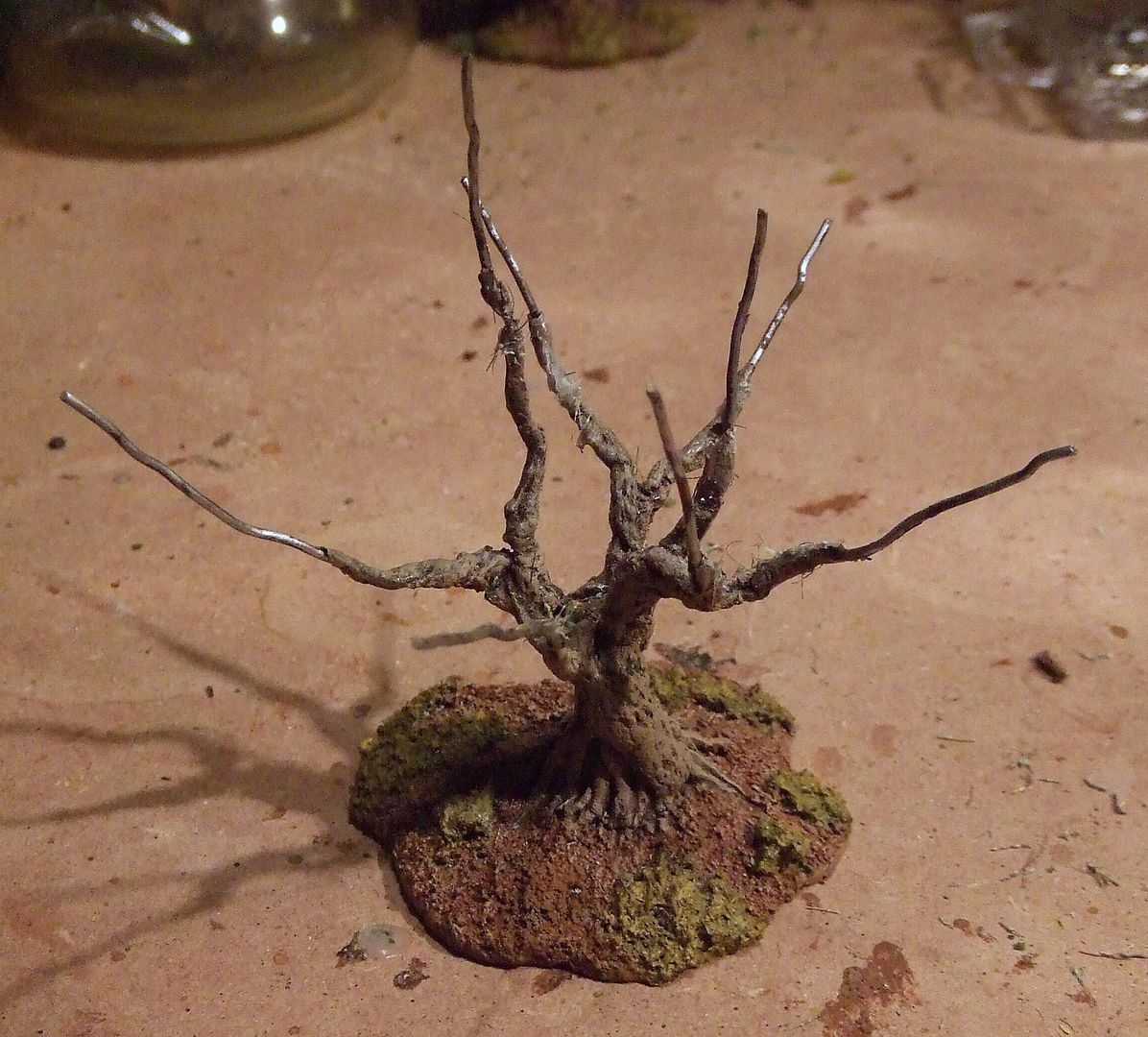
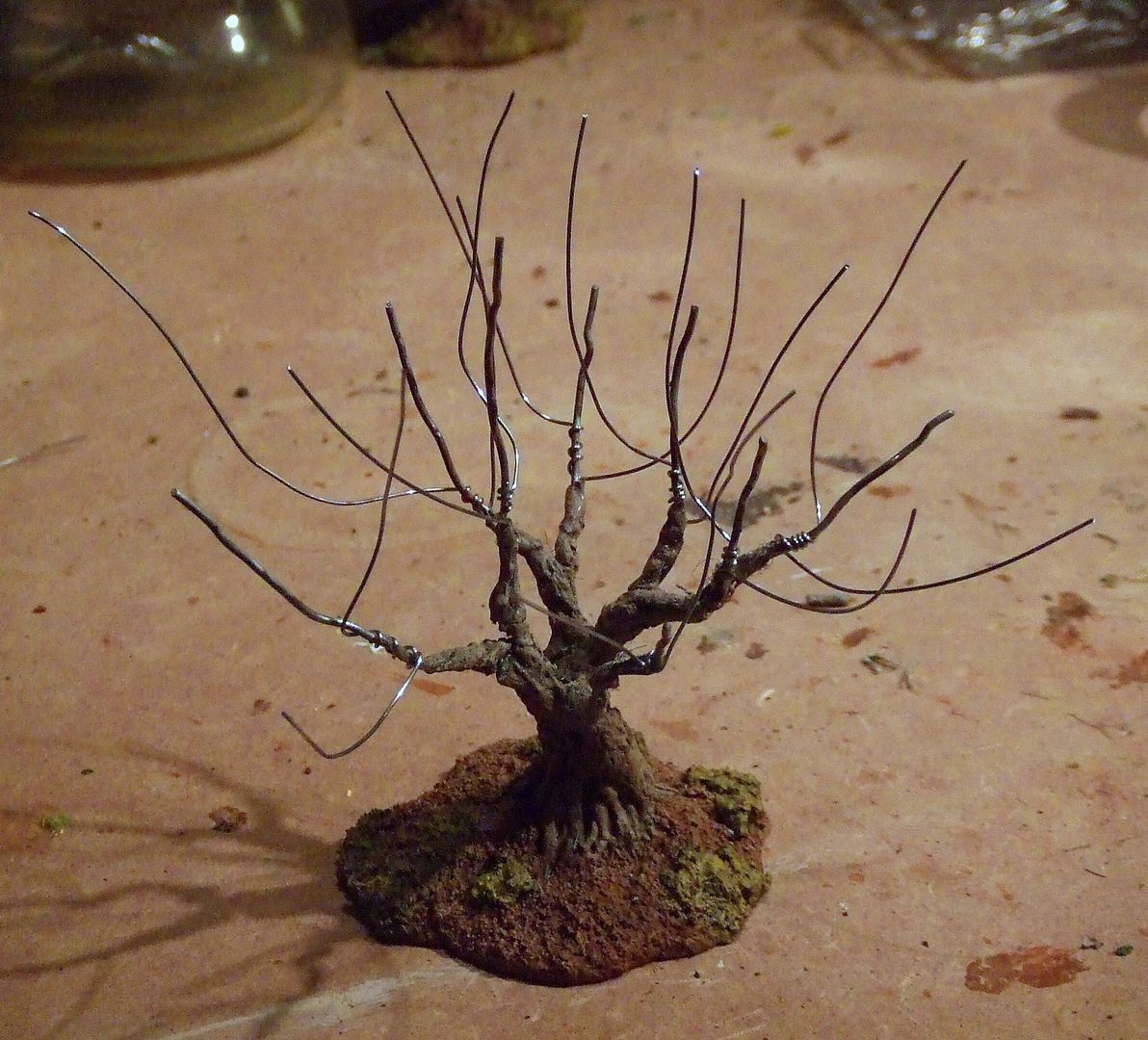
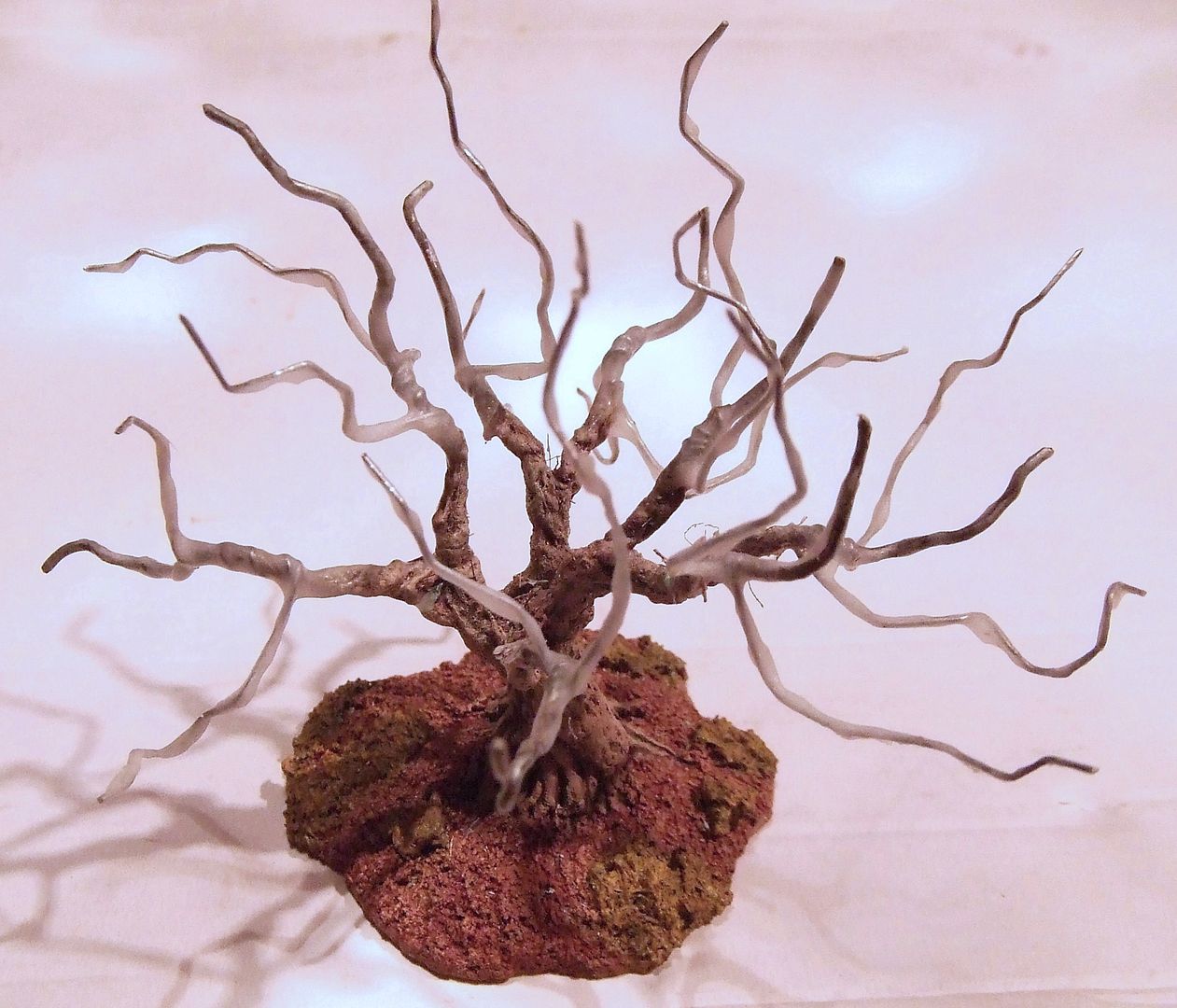
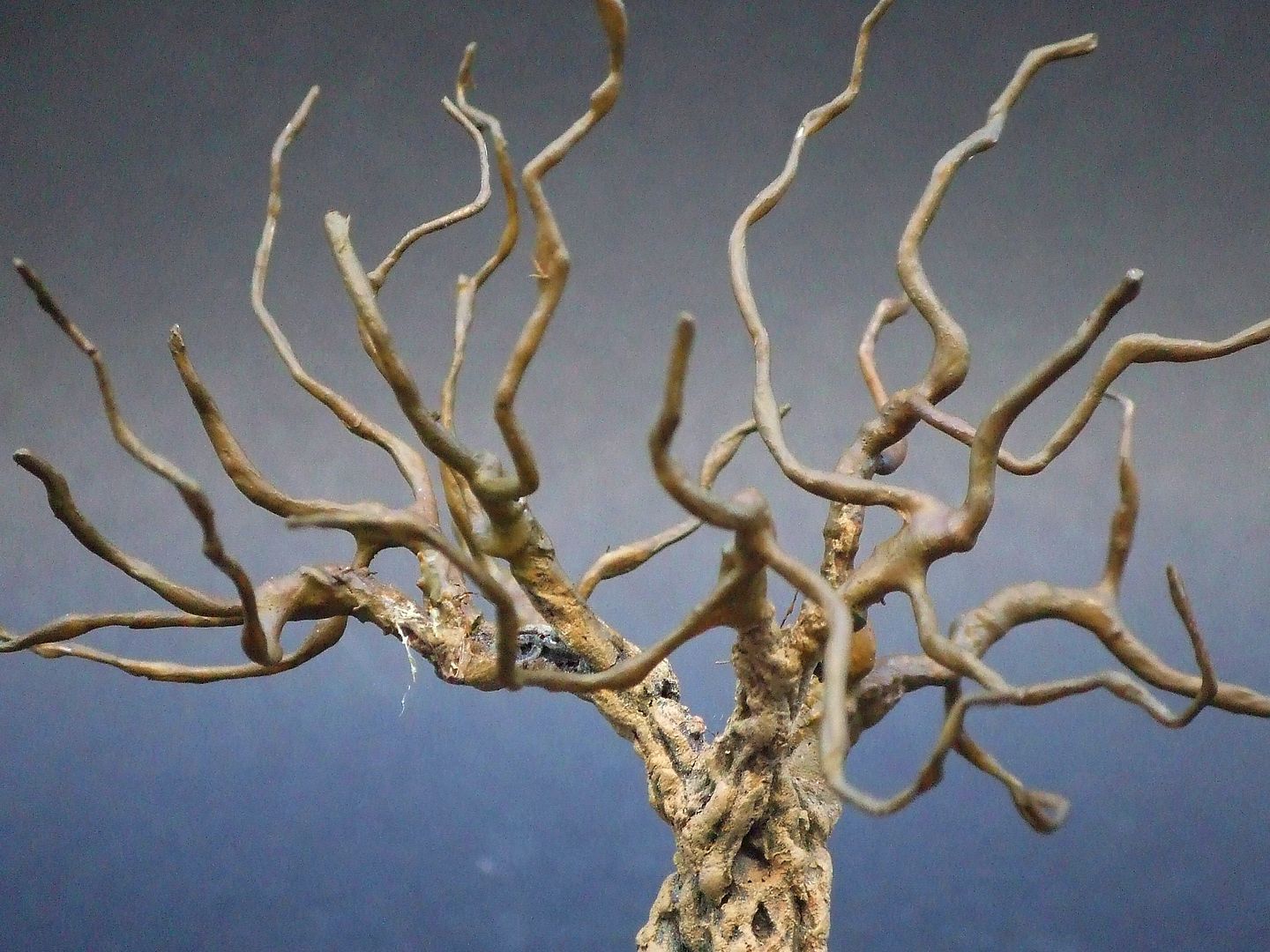
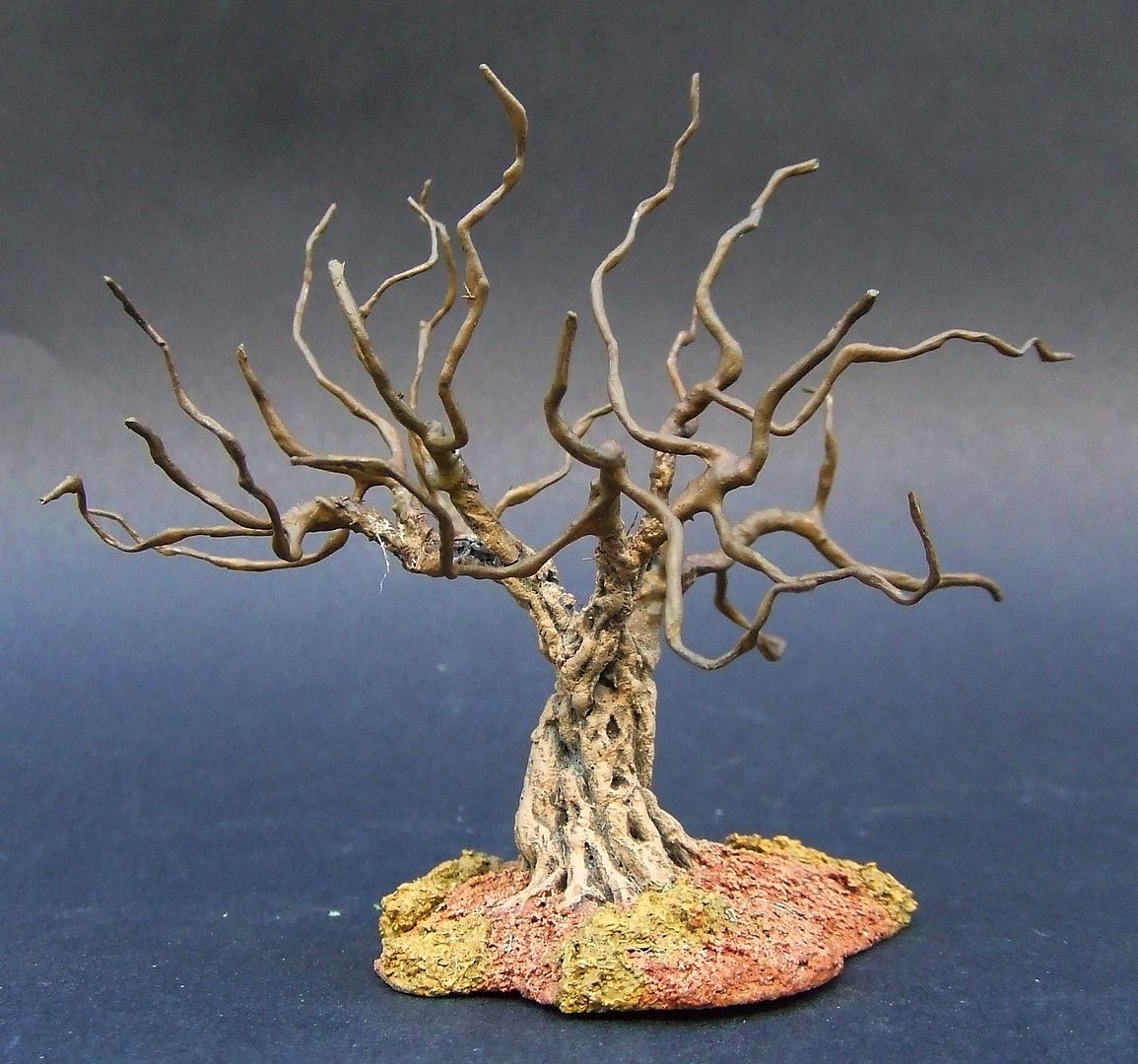
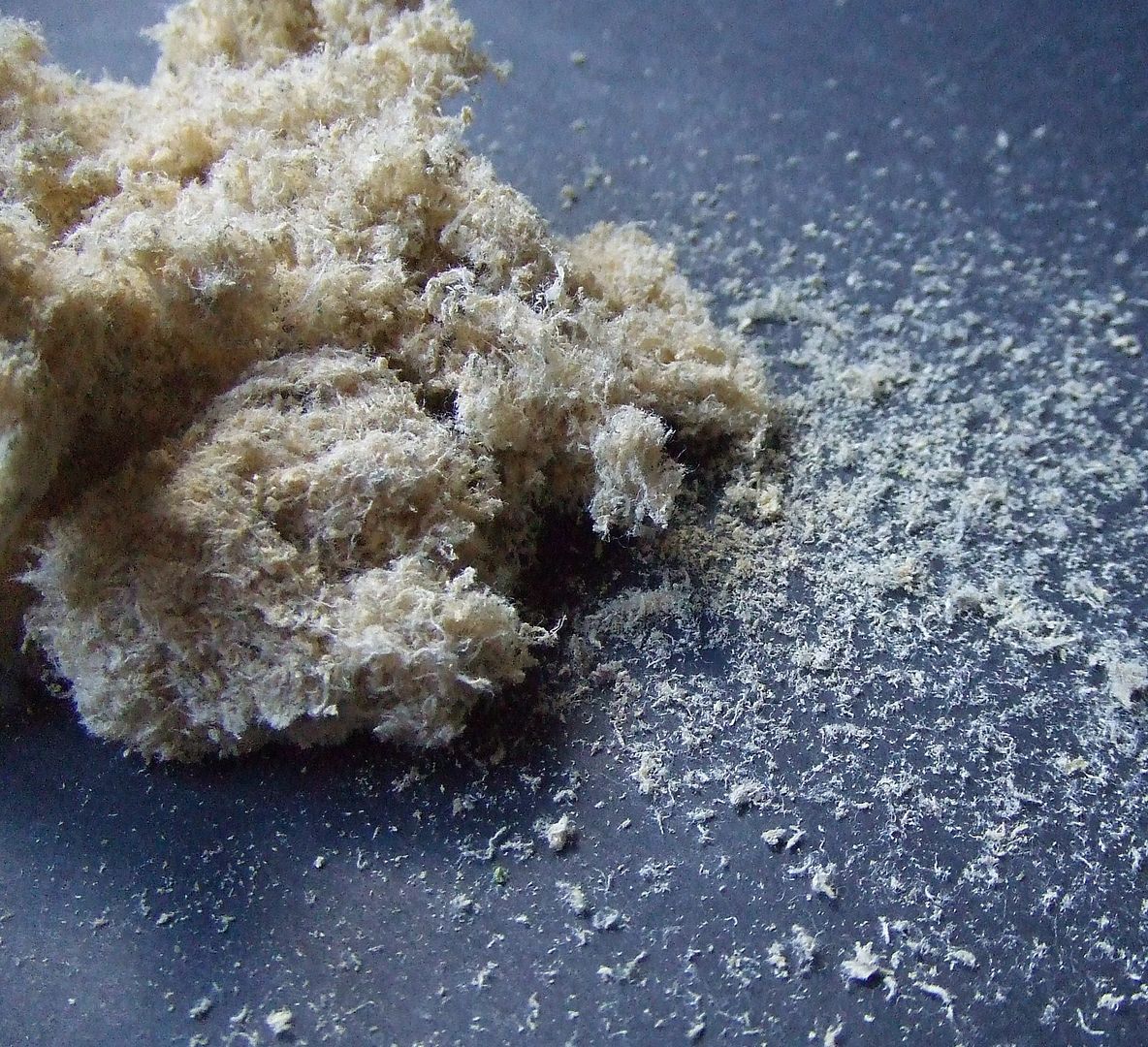
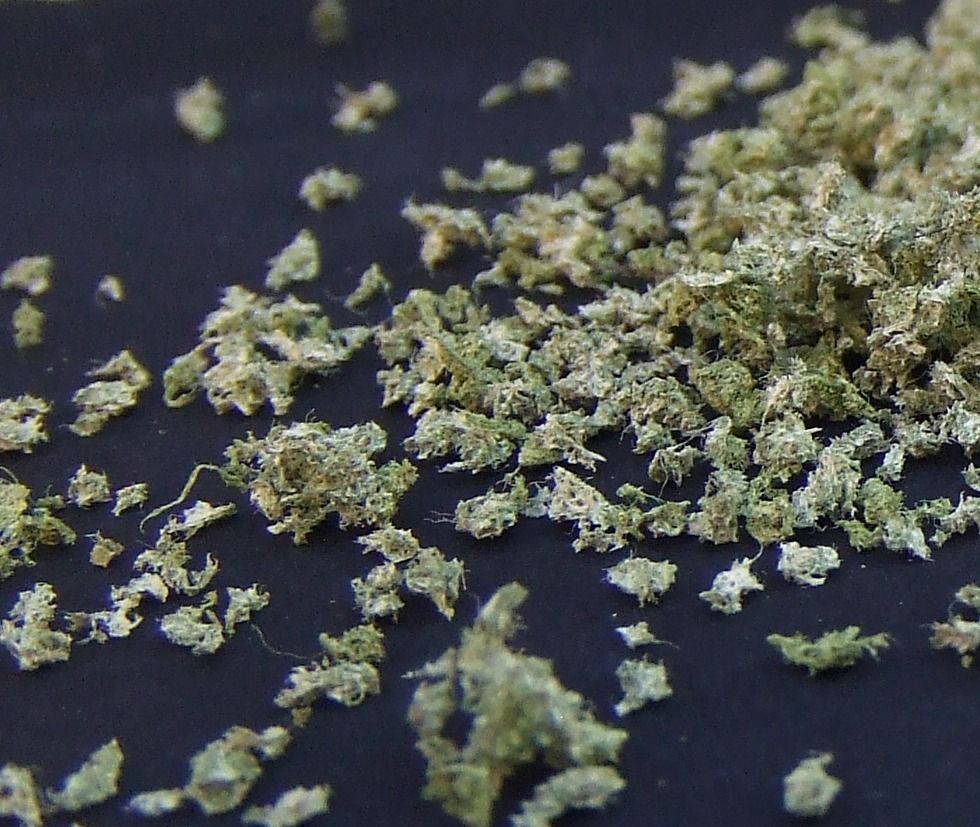
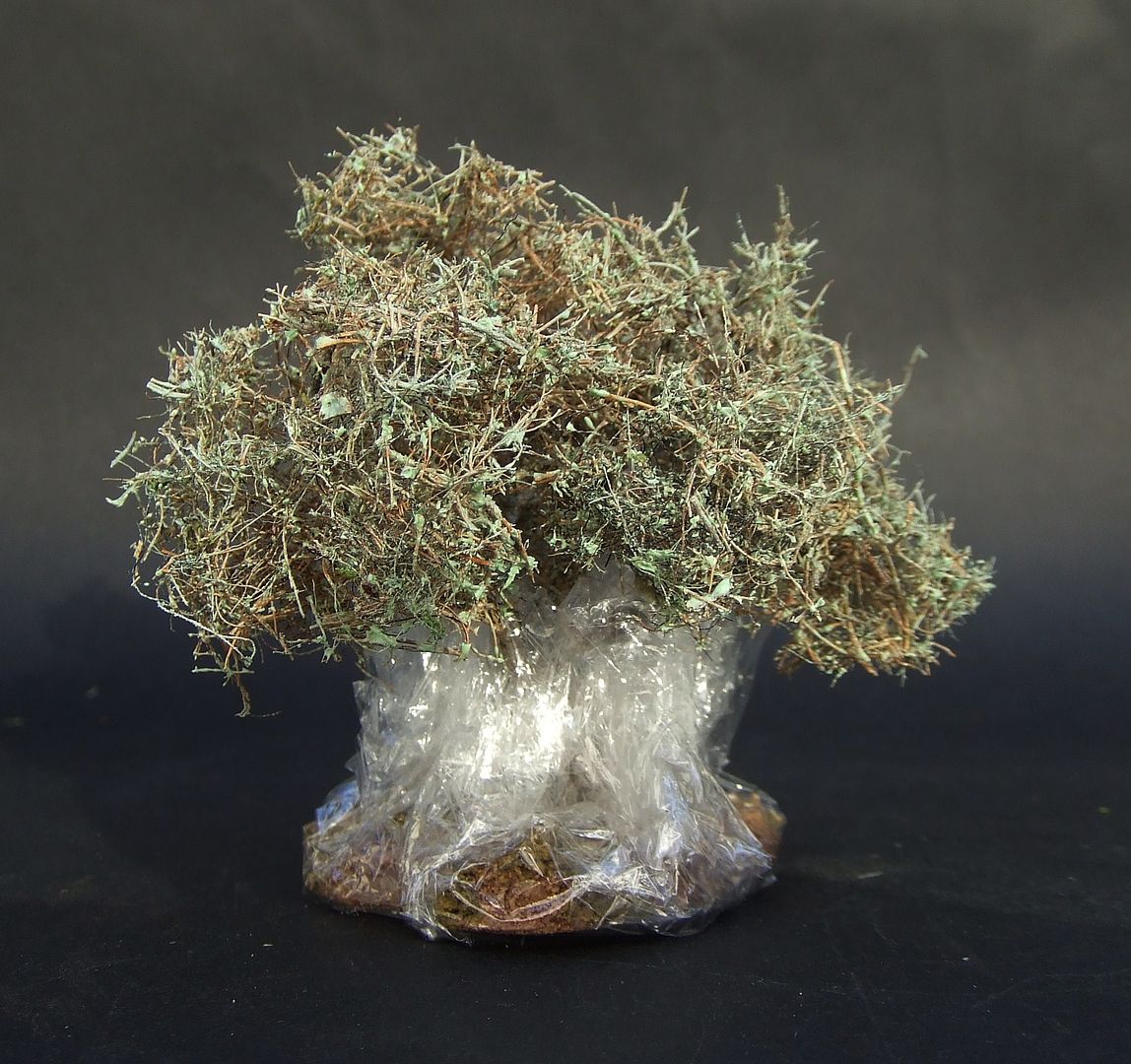
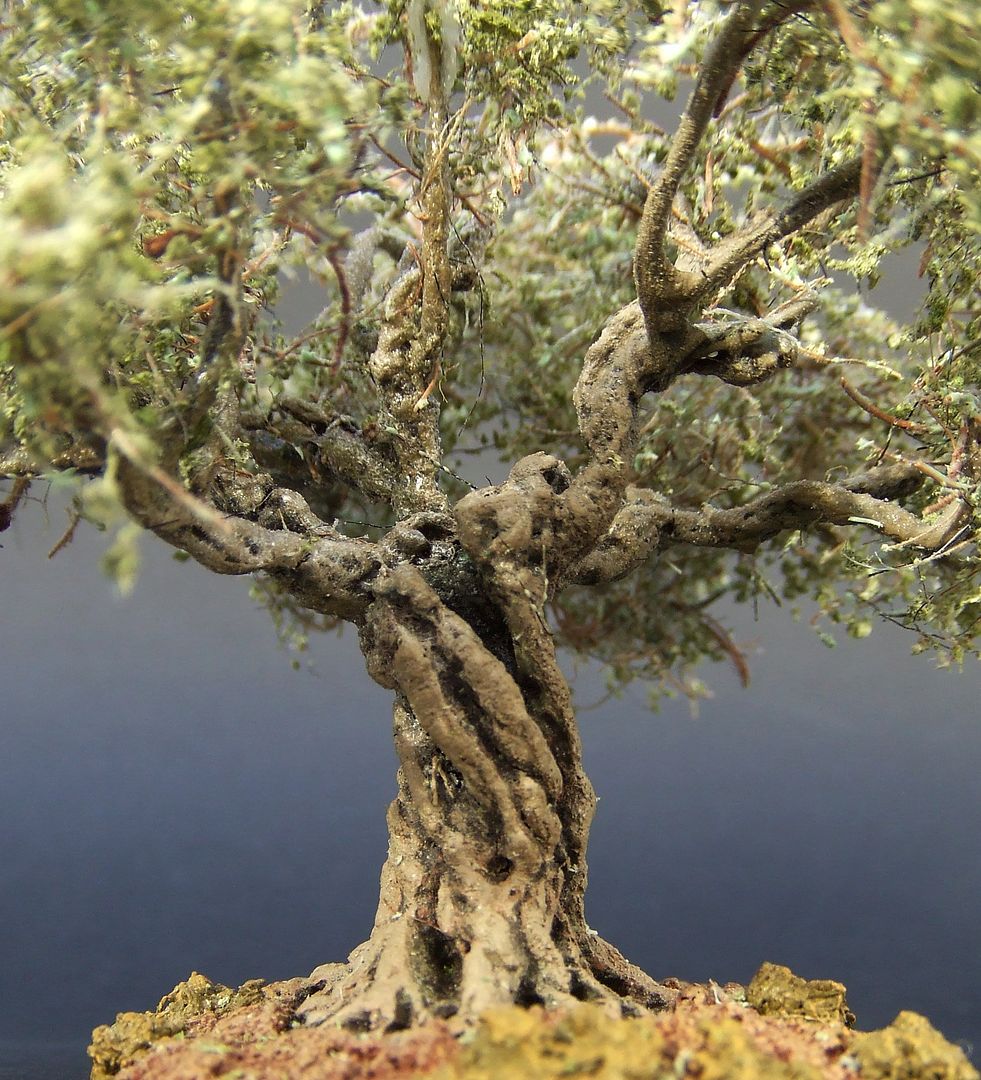
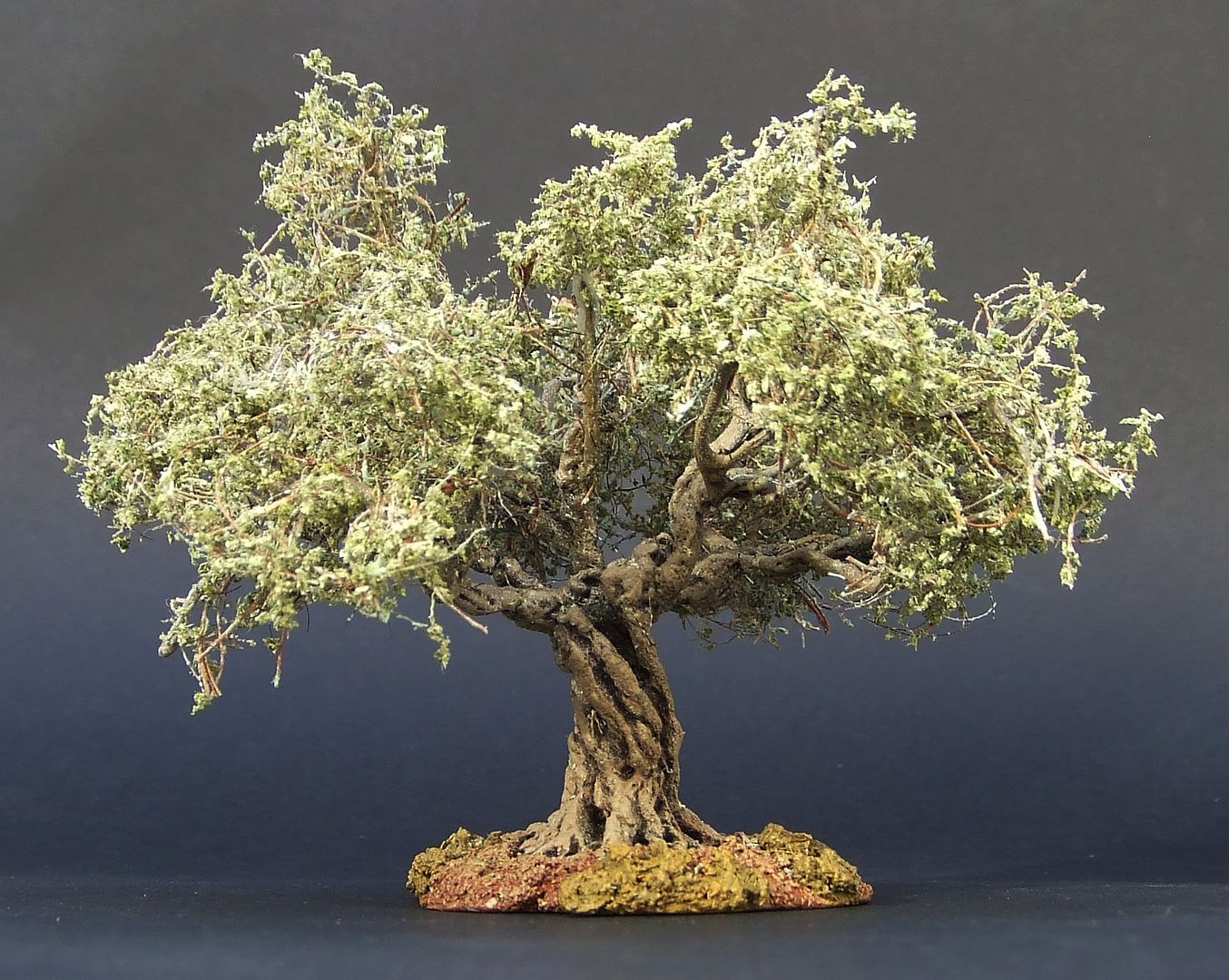
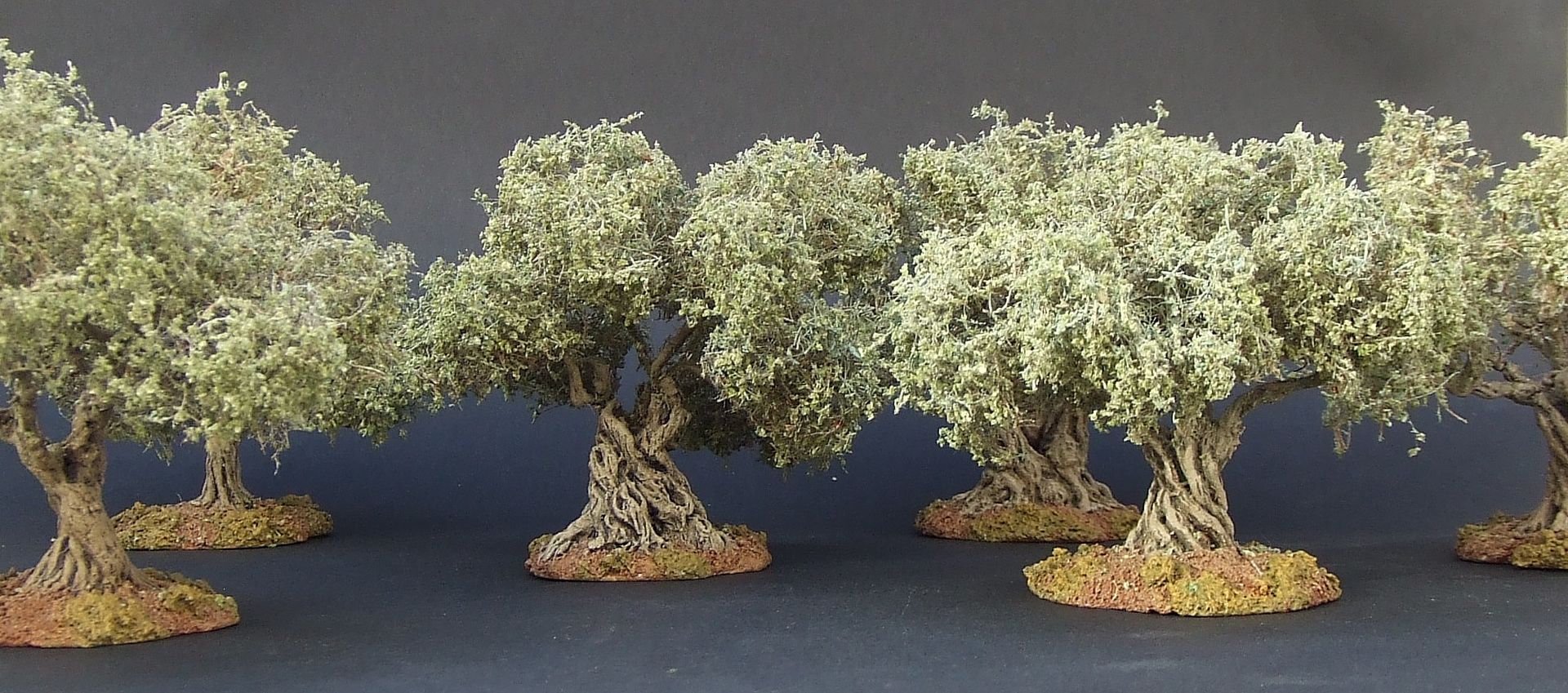

 Supporting Business
Supporting Business
 Supporting Member (Gold)
Supporting Member (Gold) 


